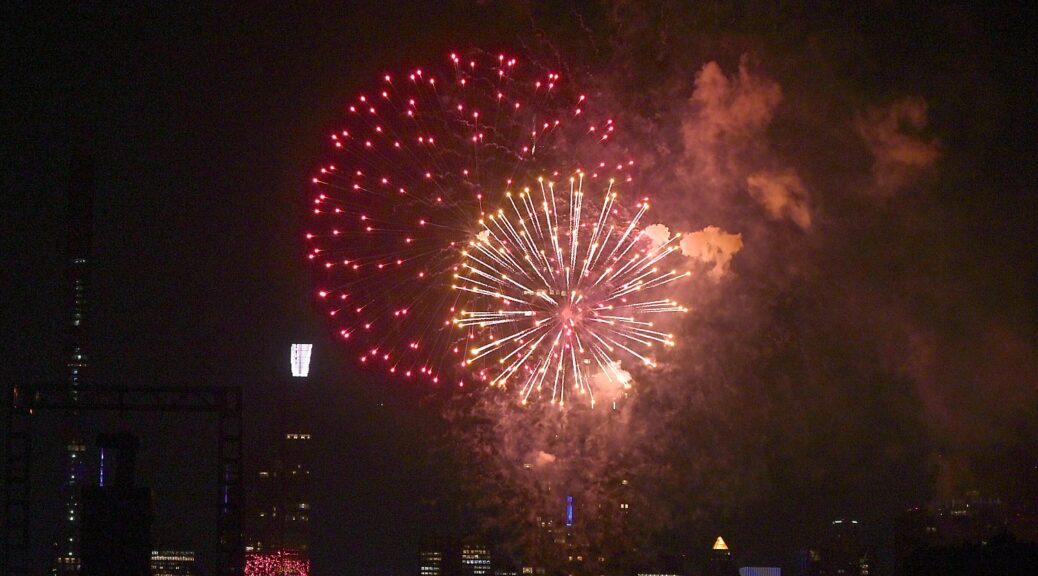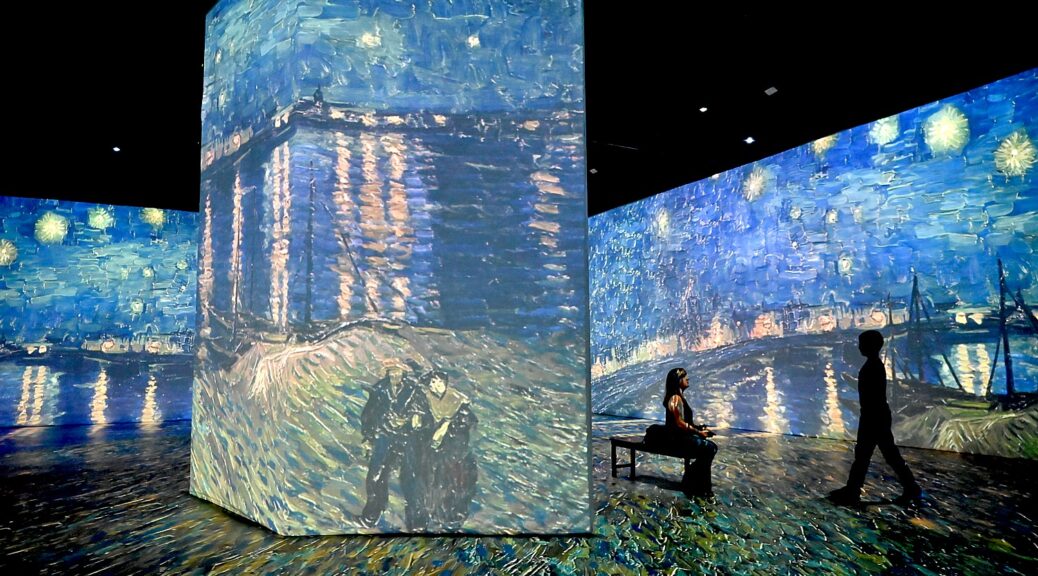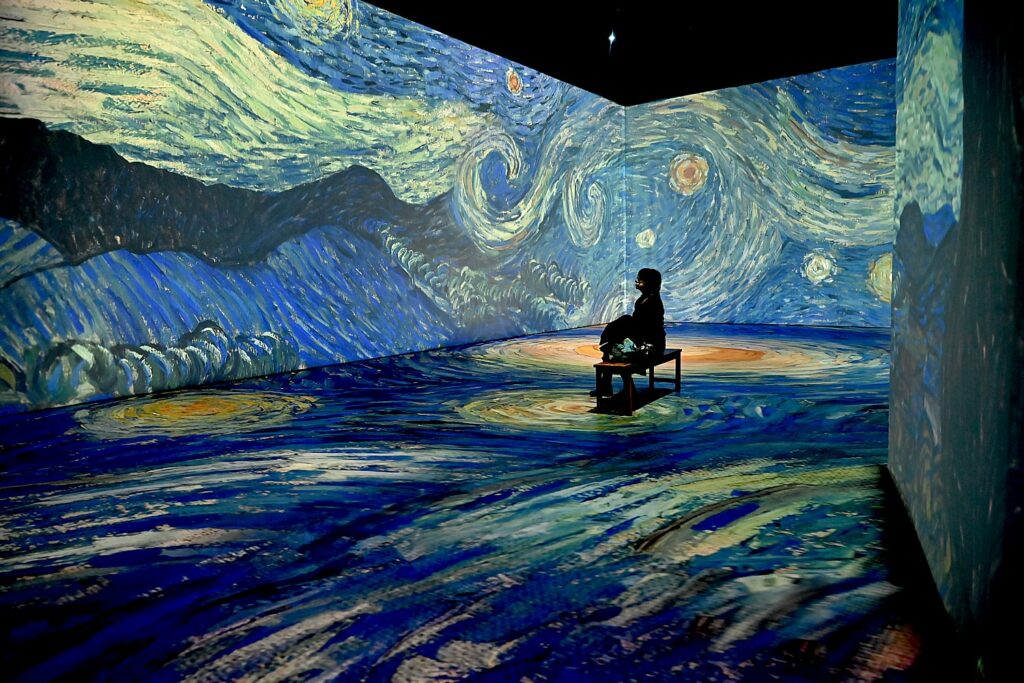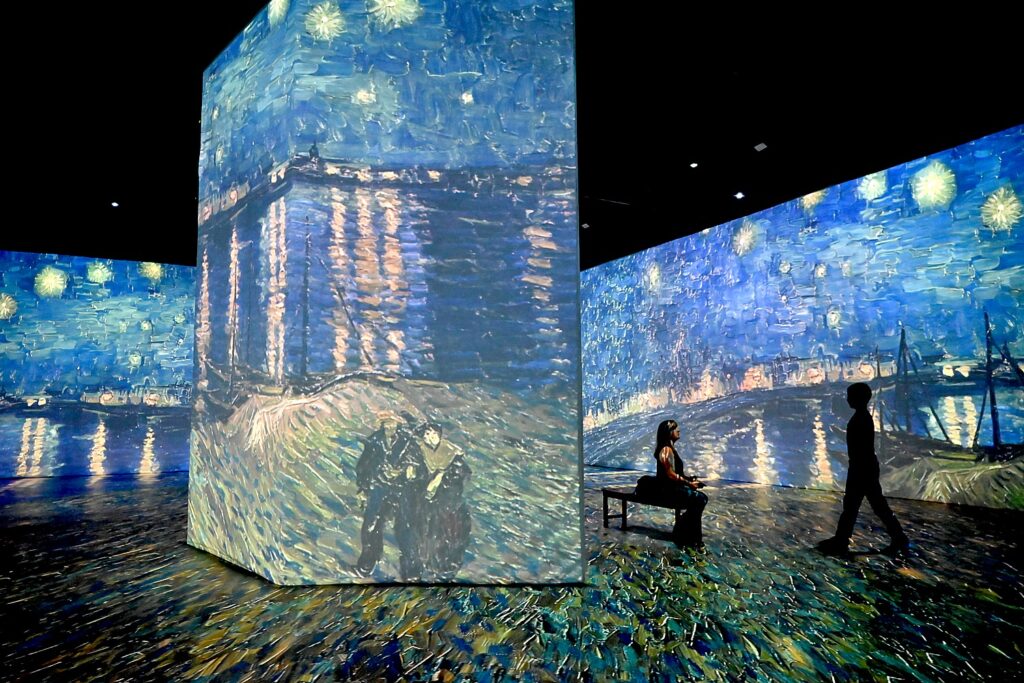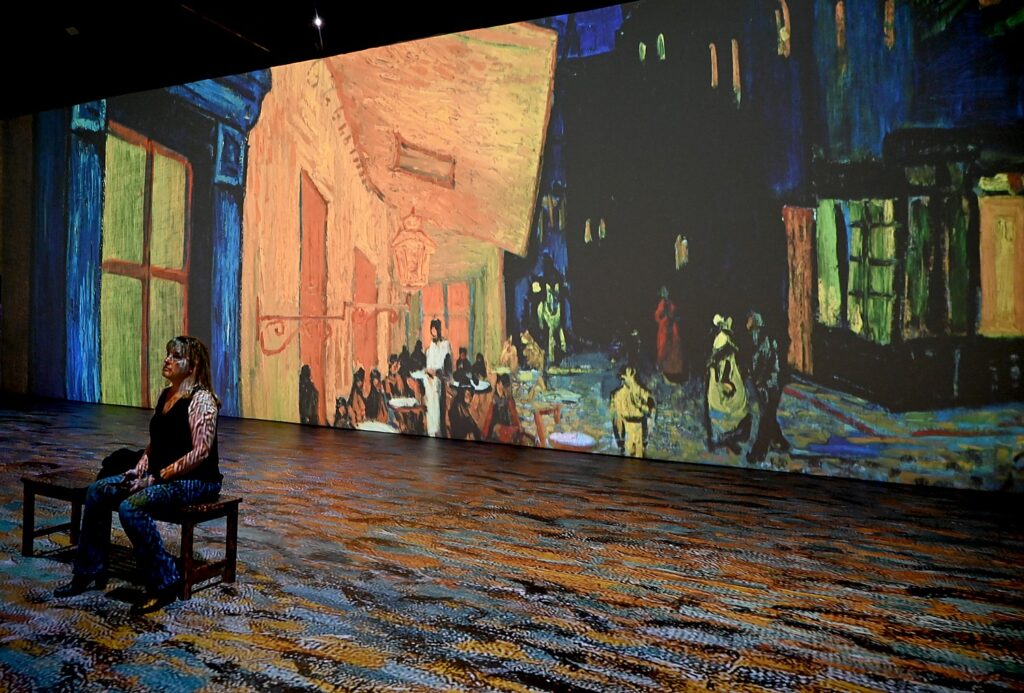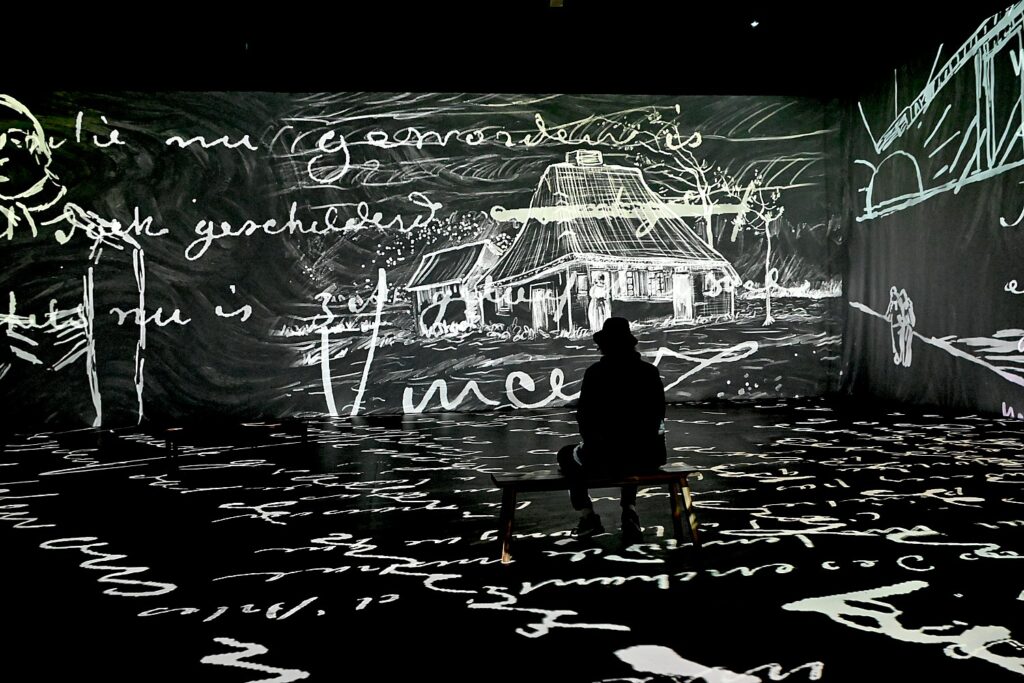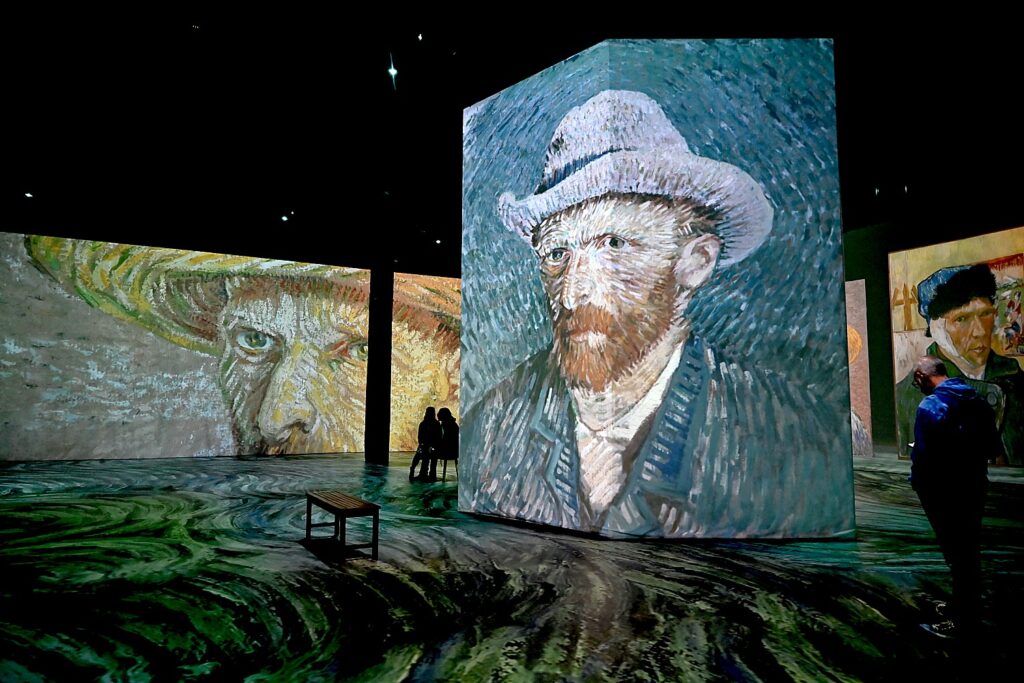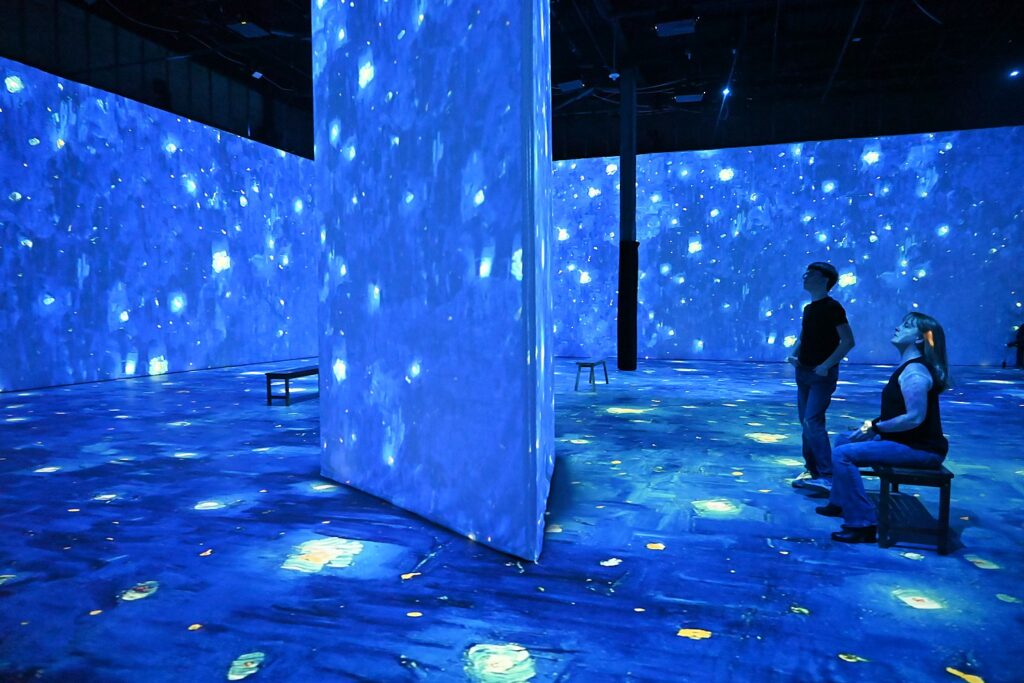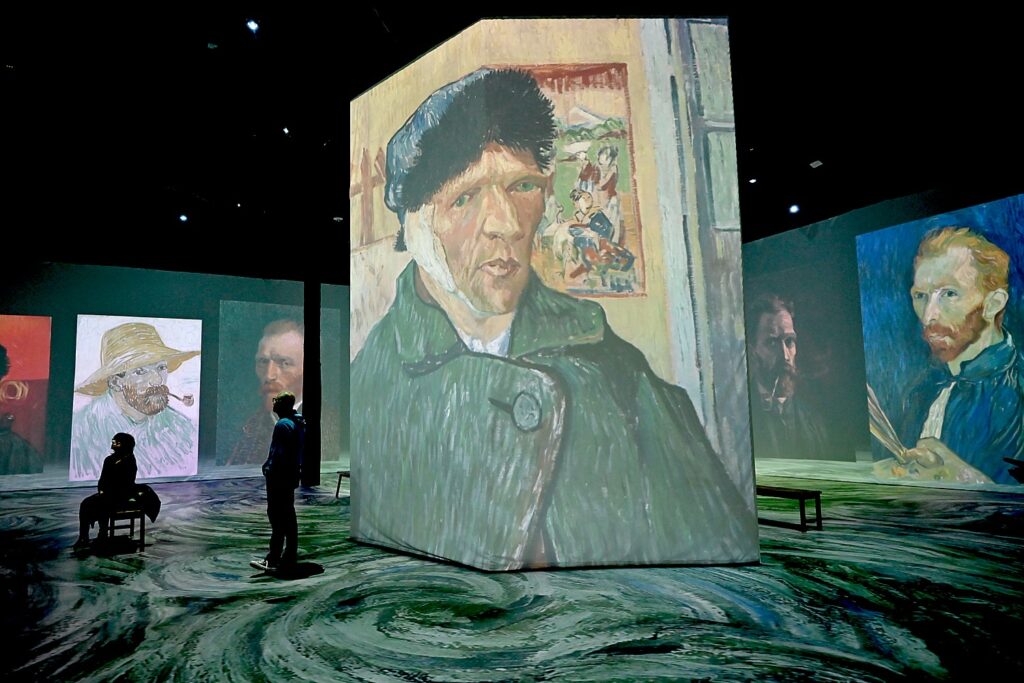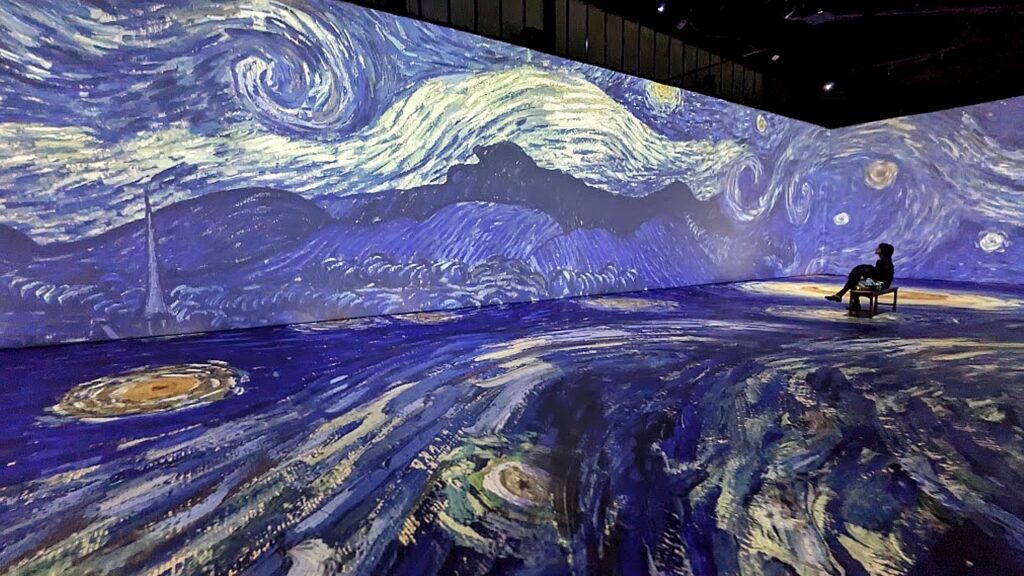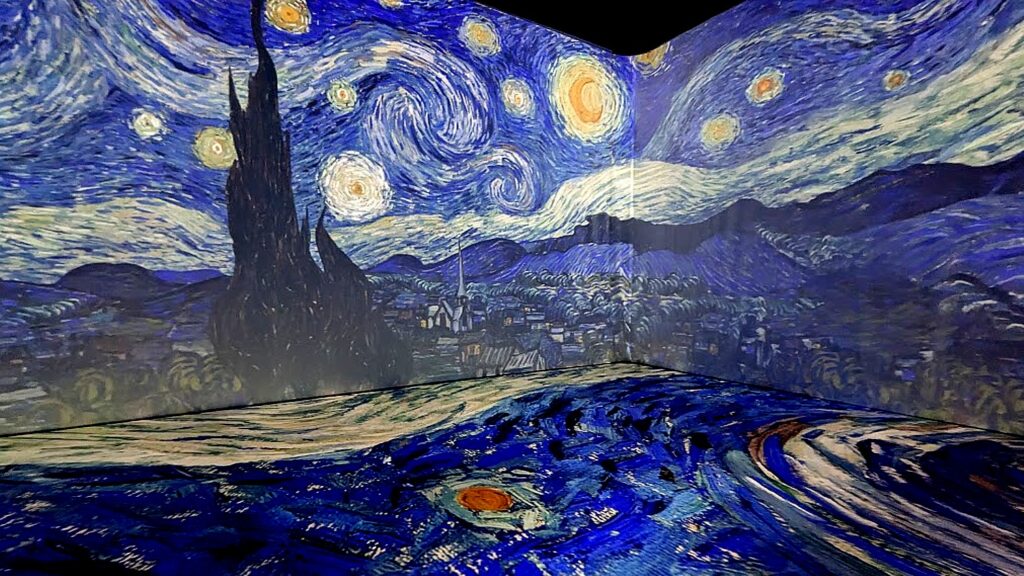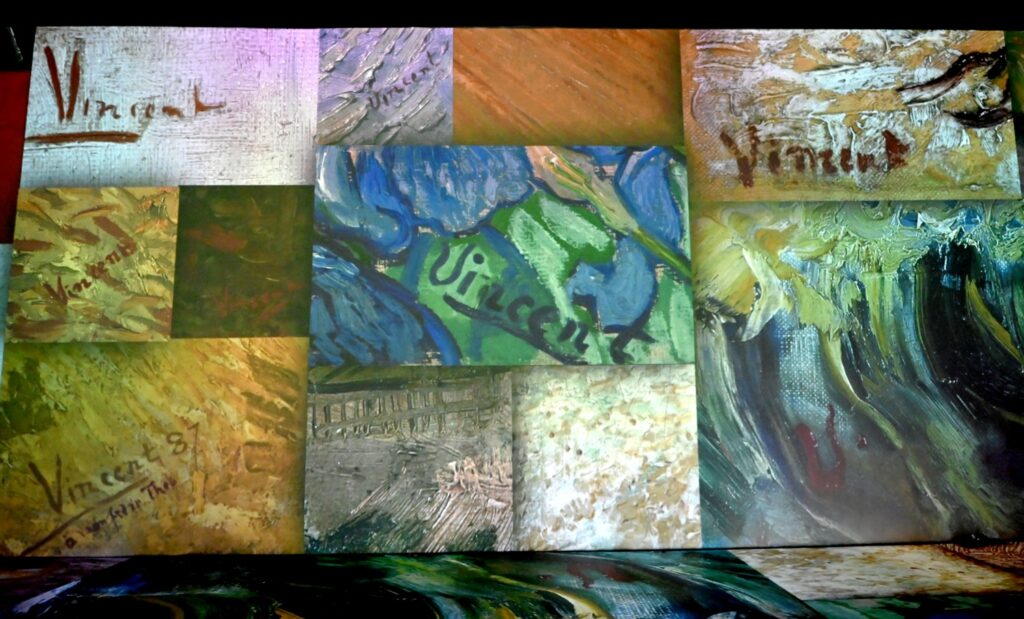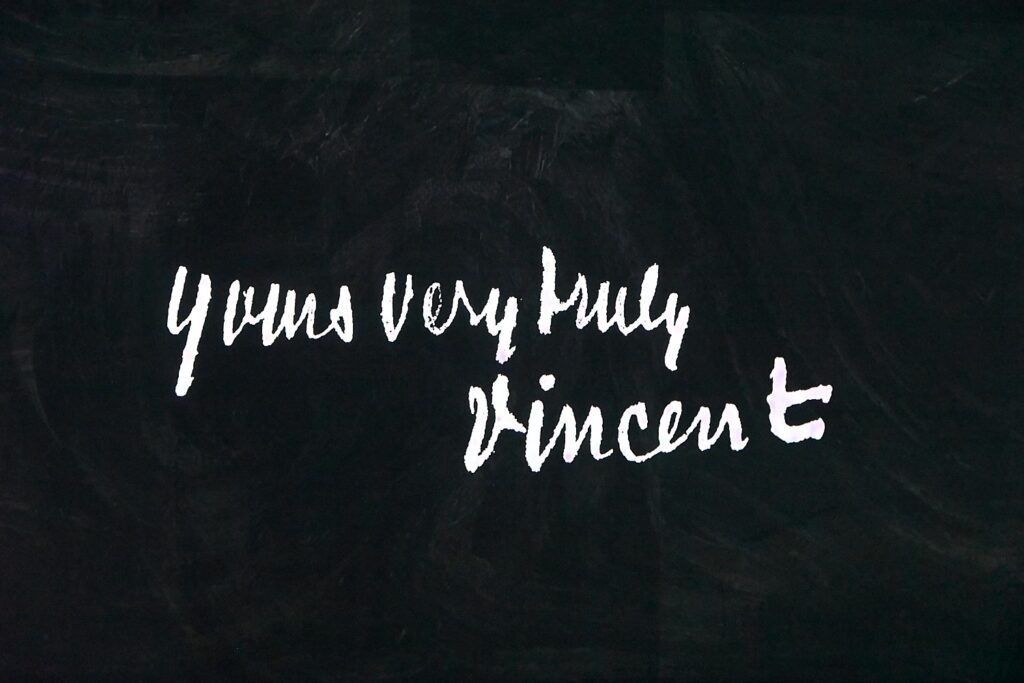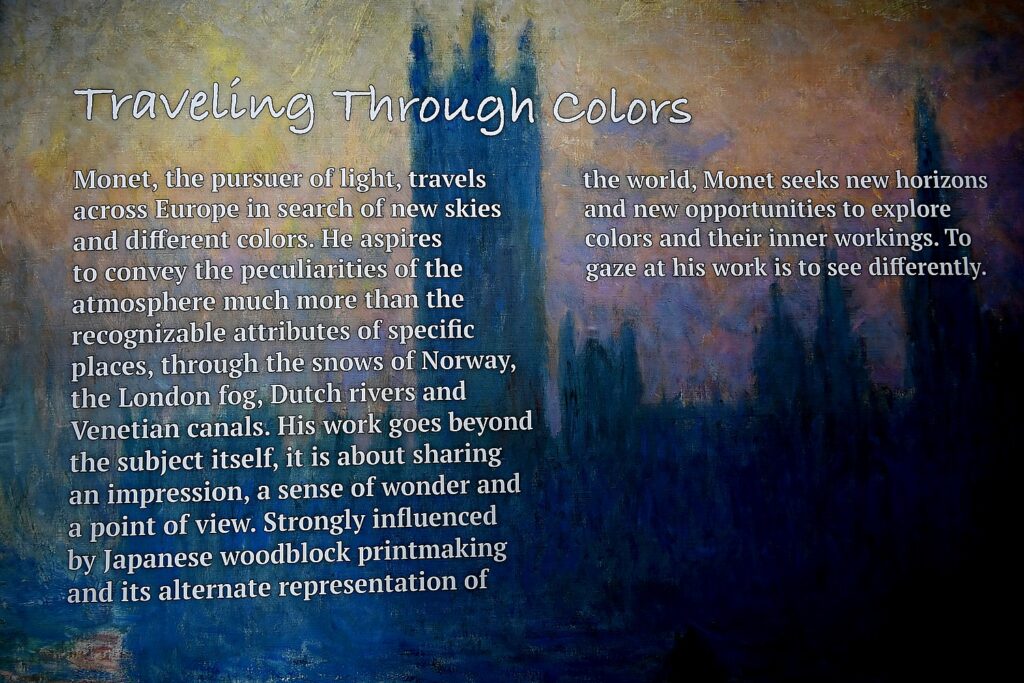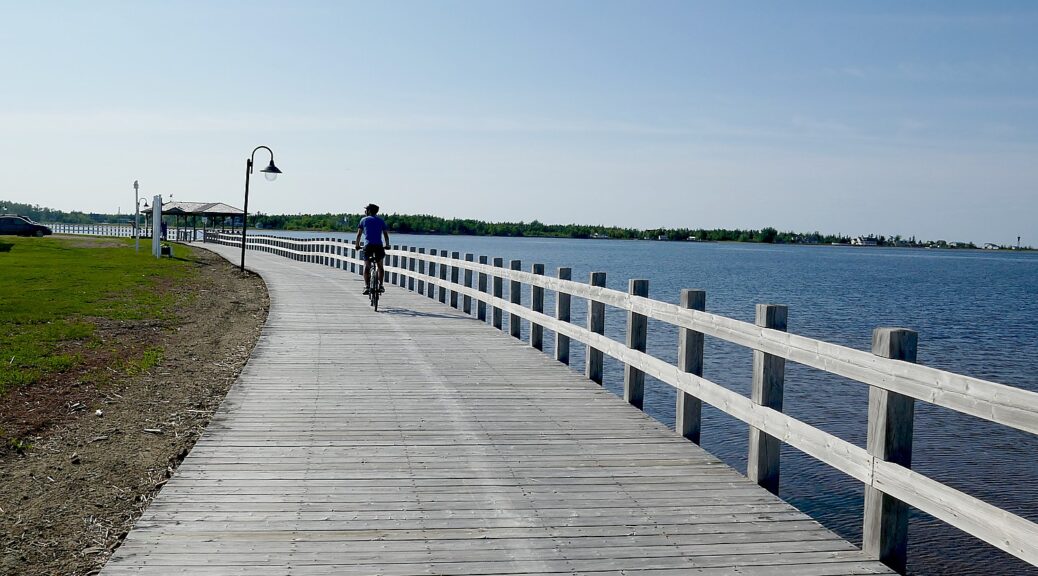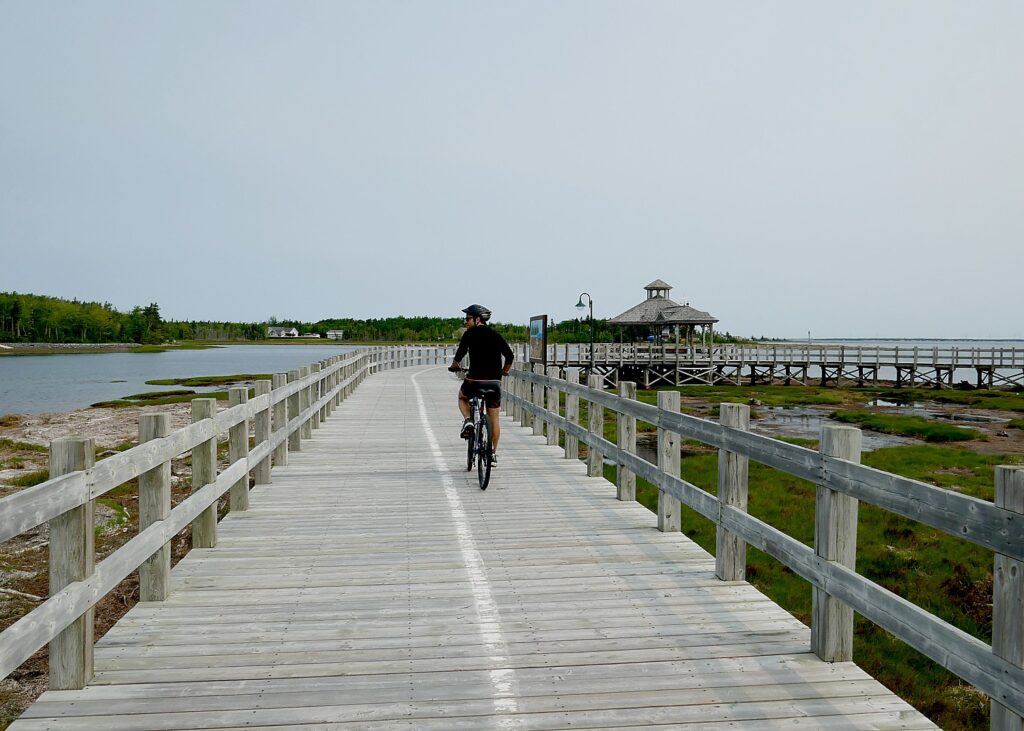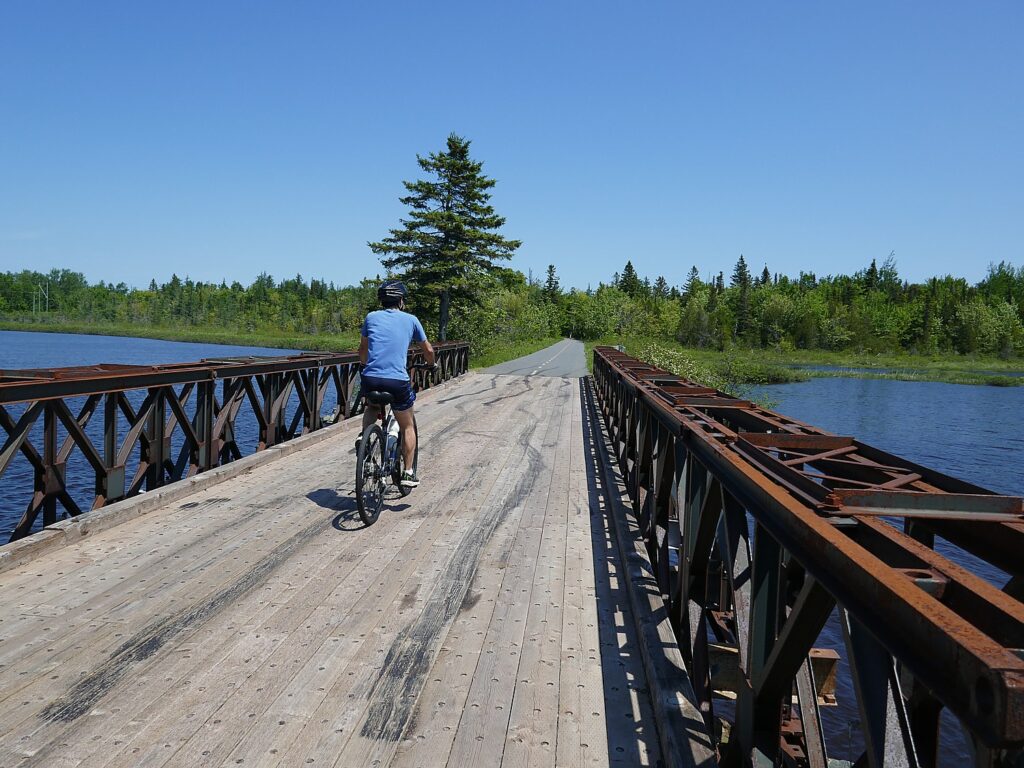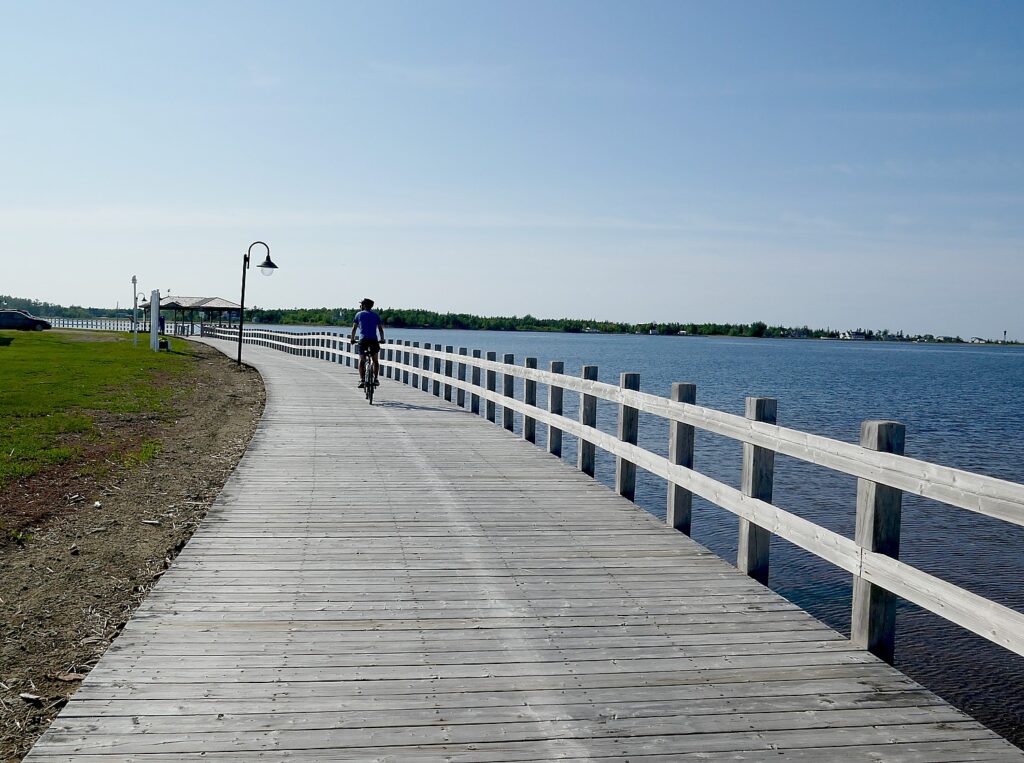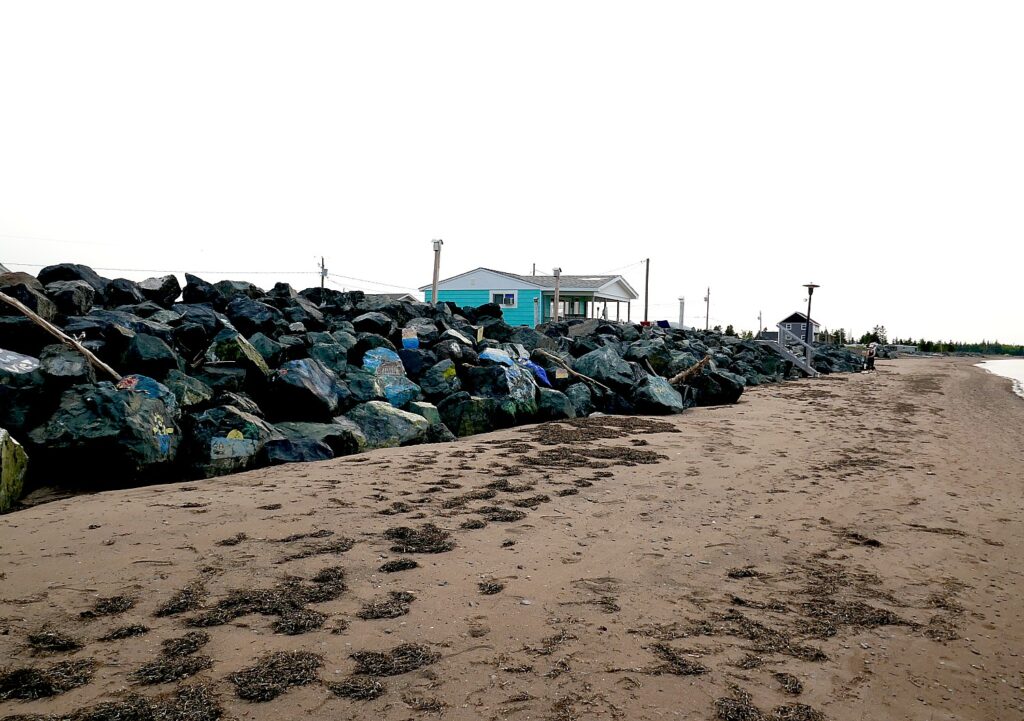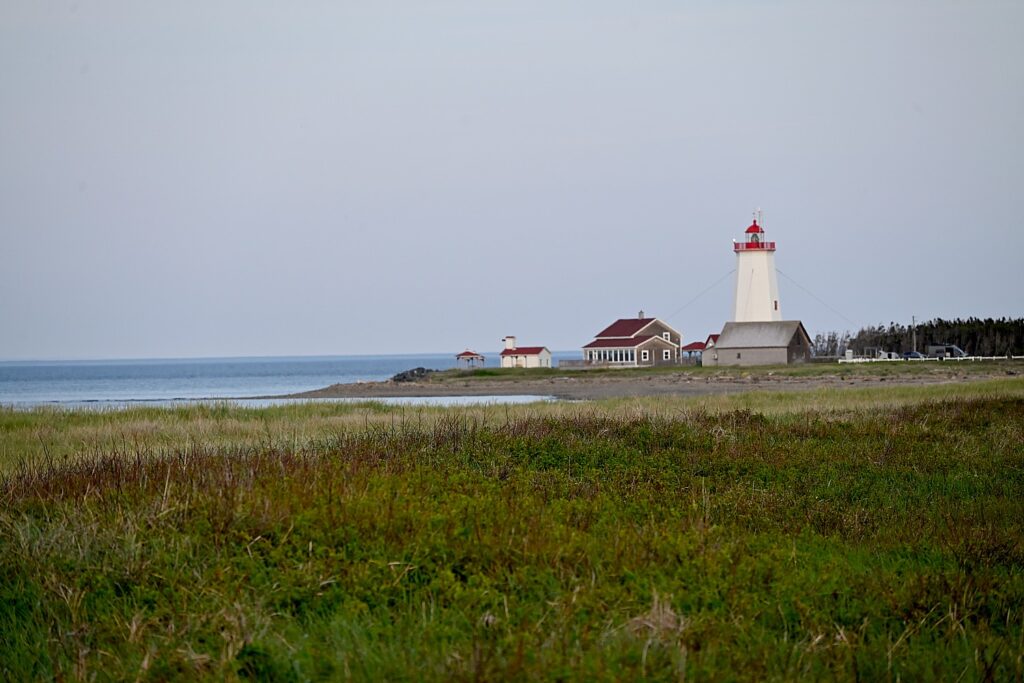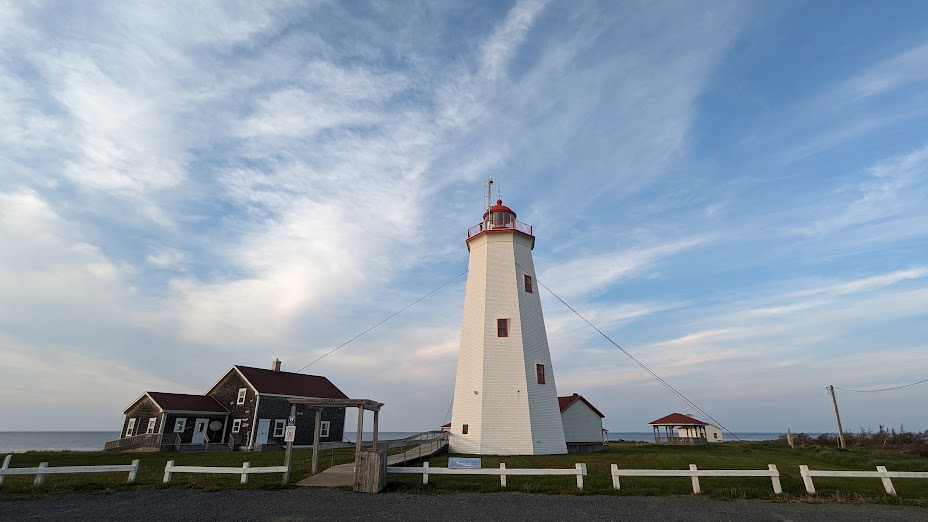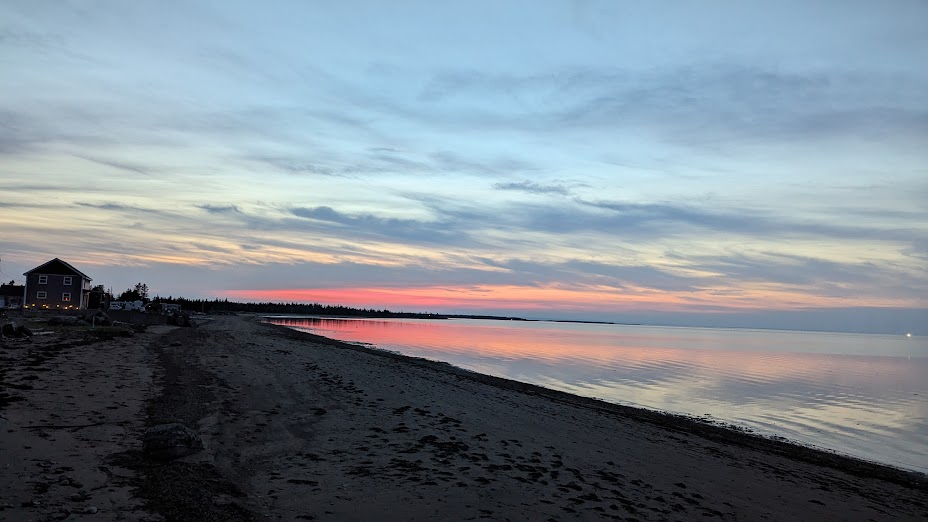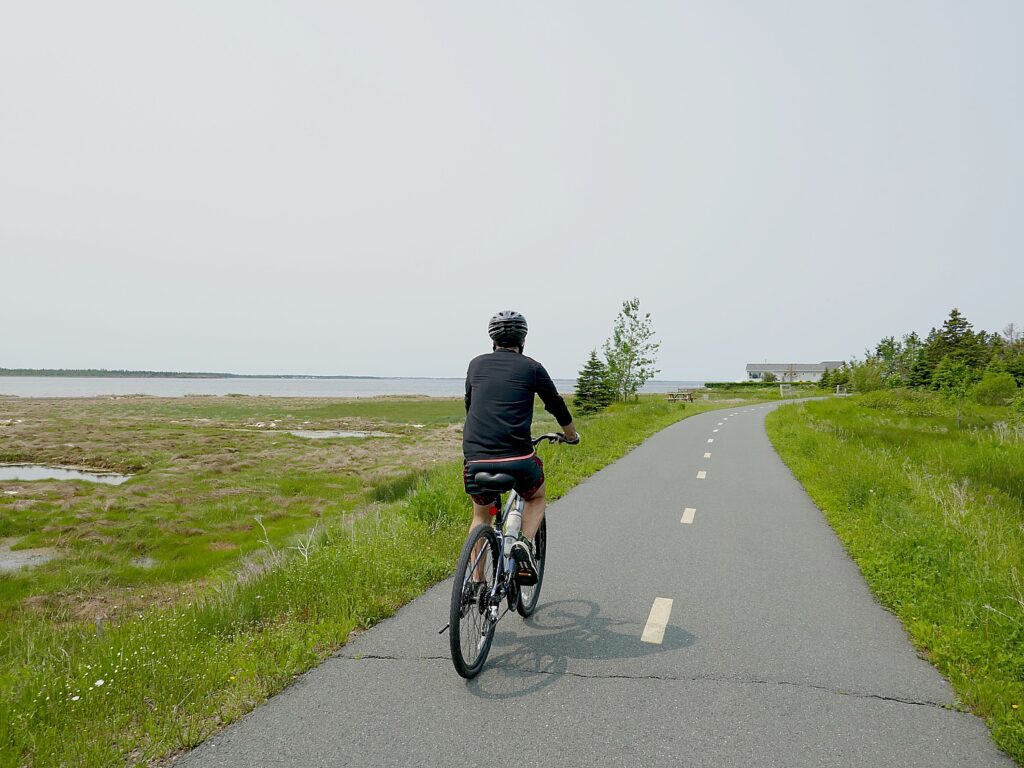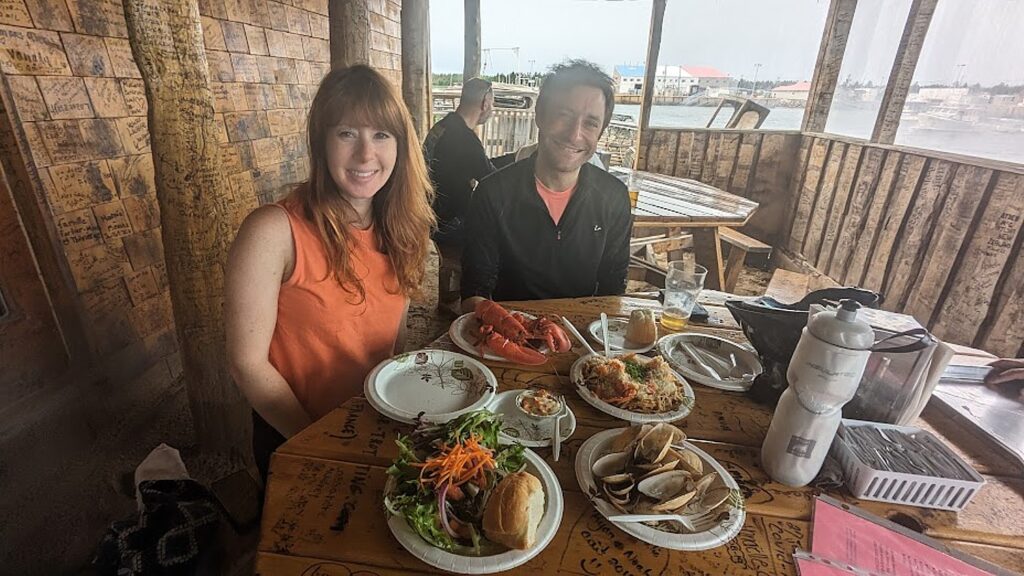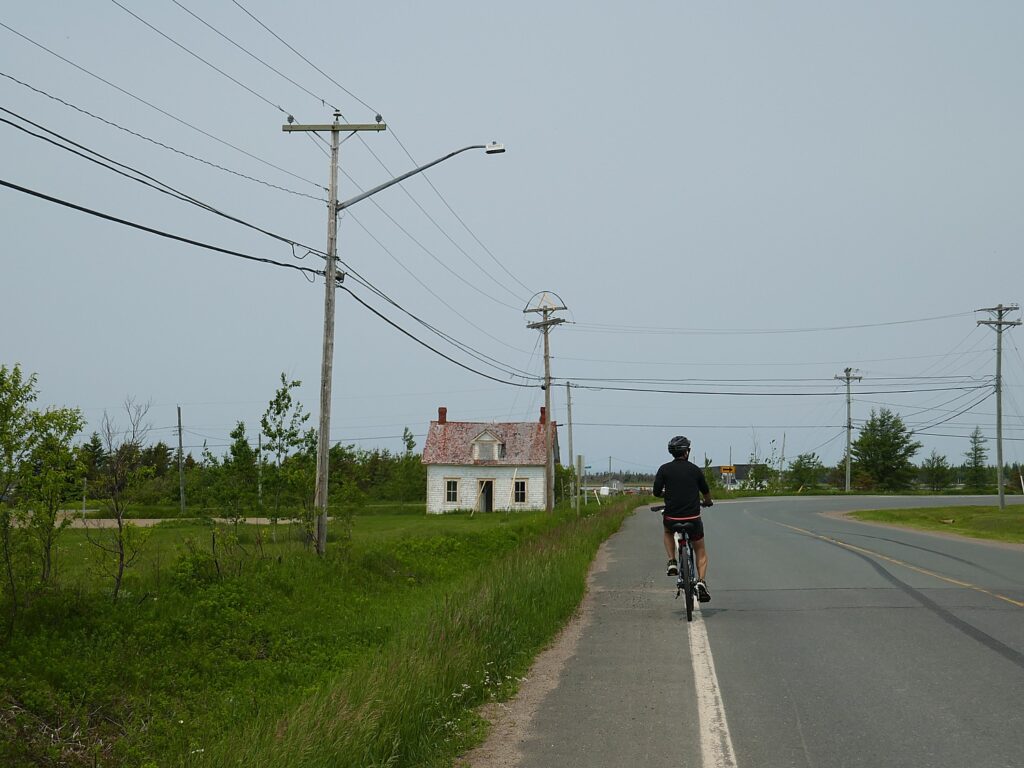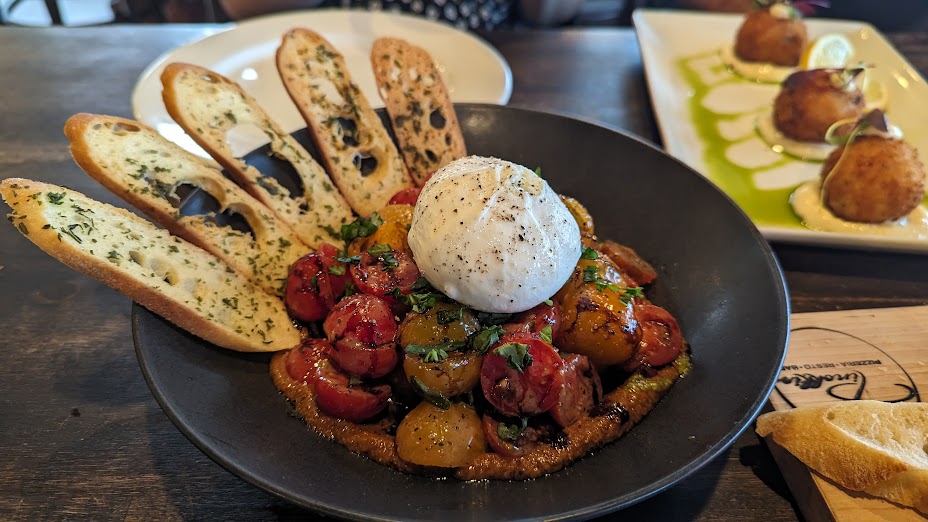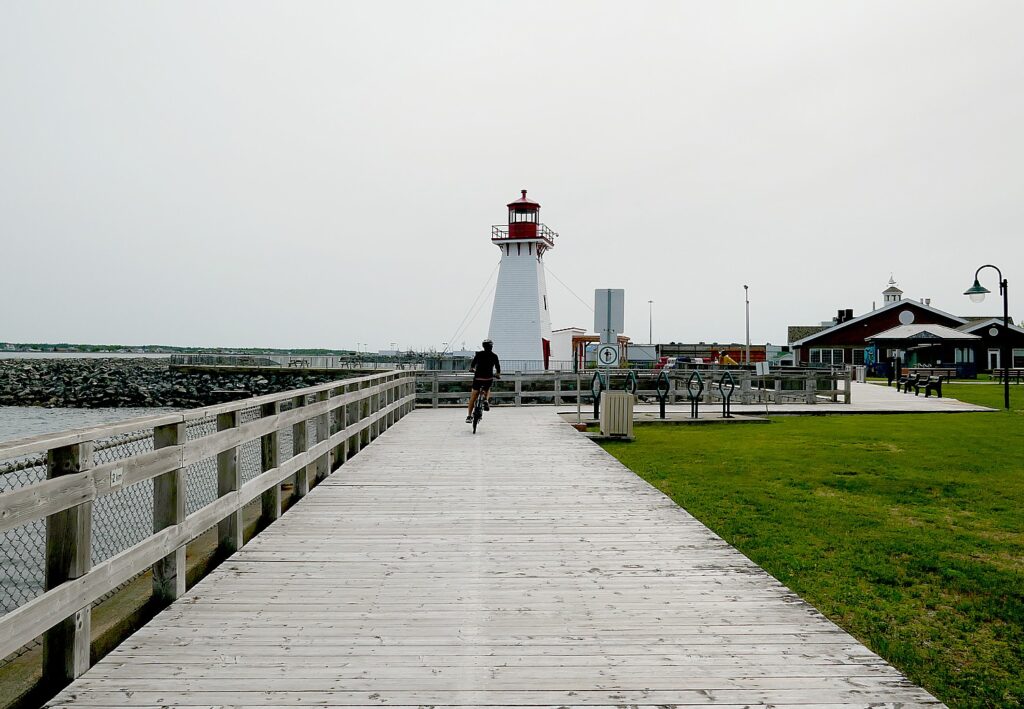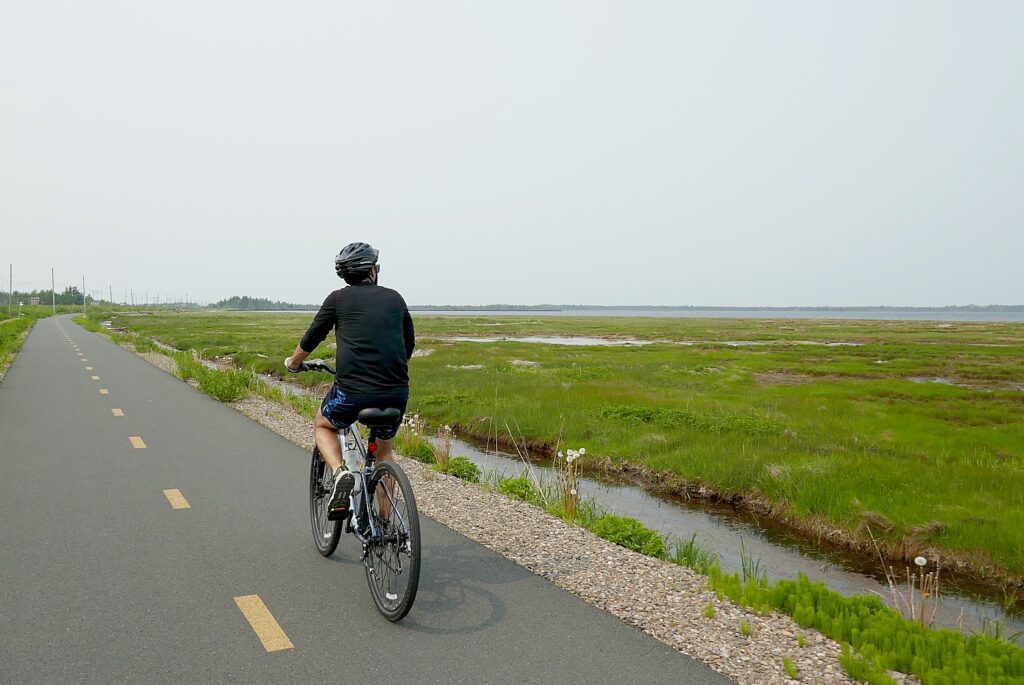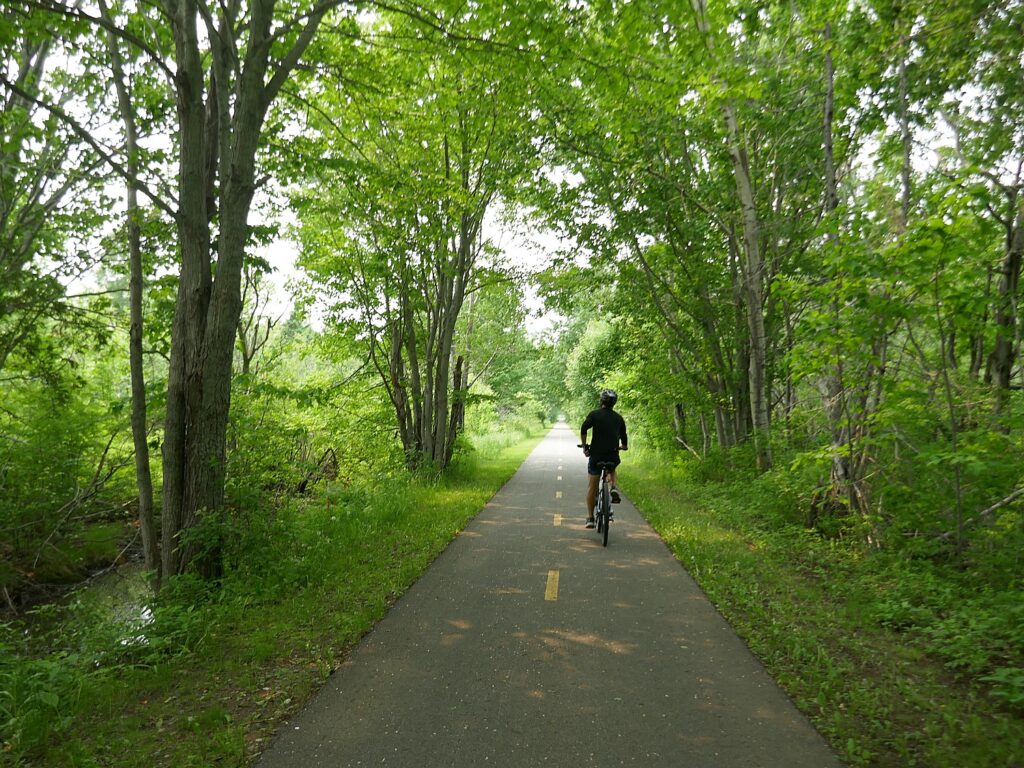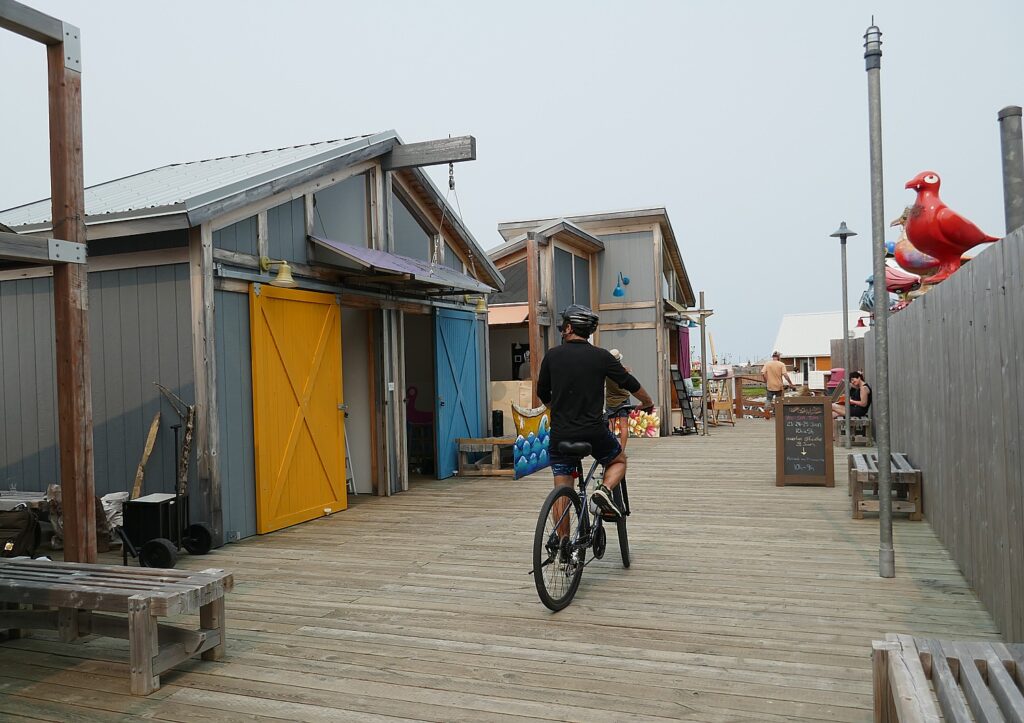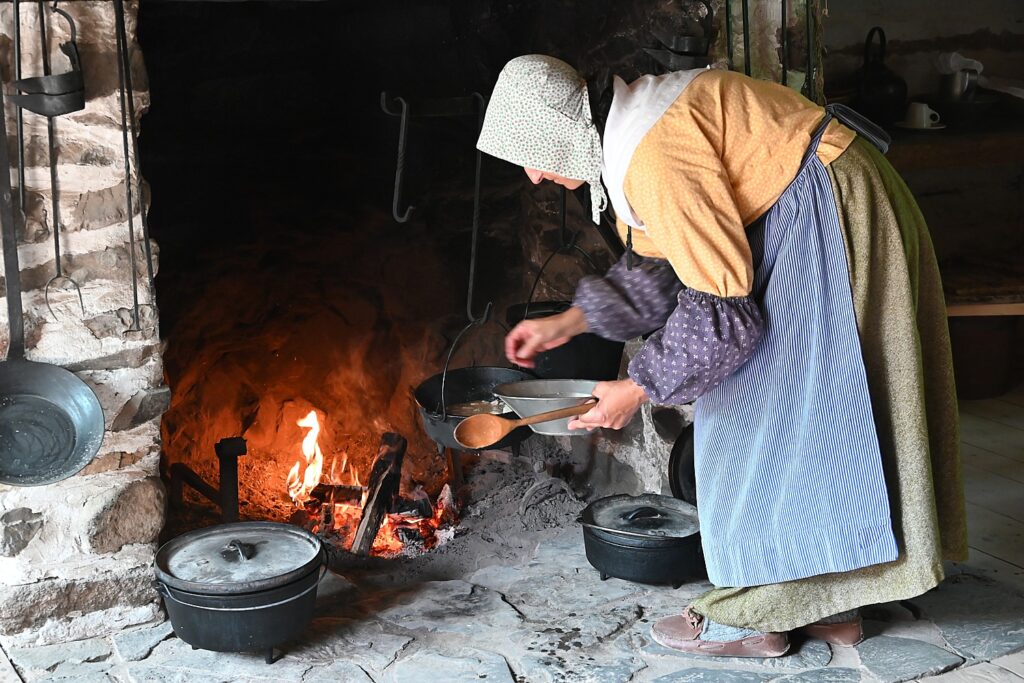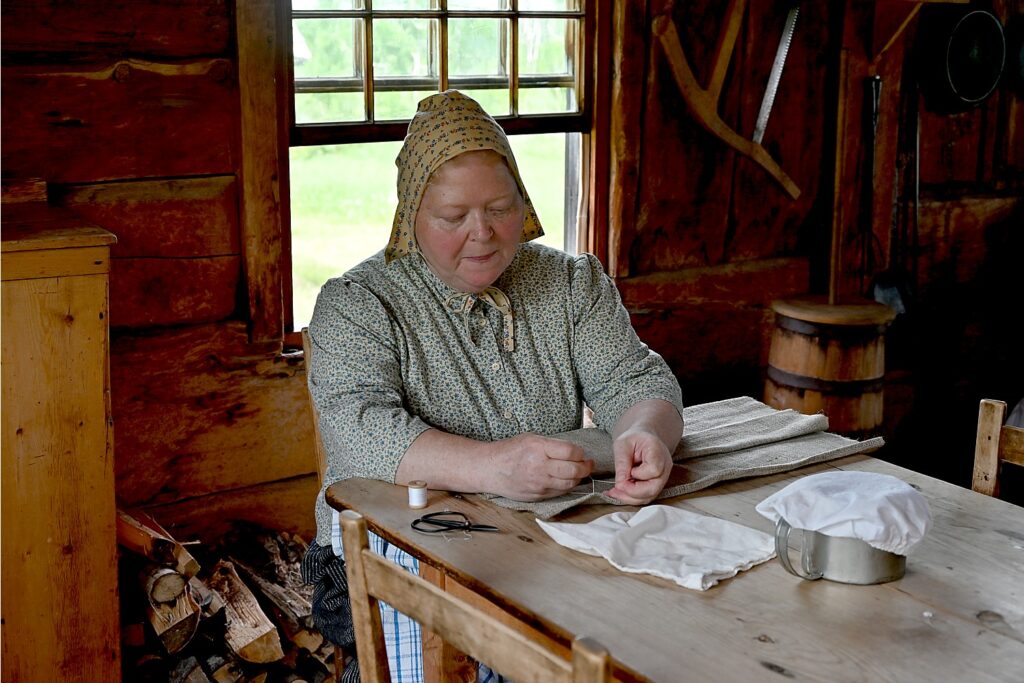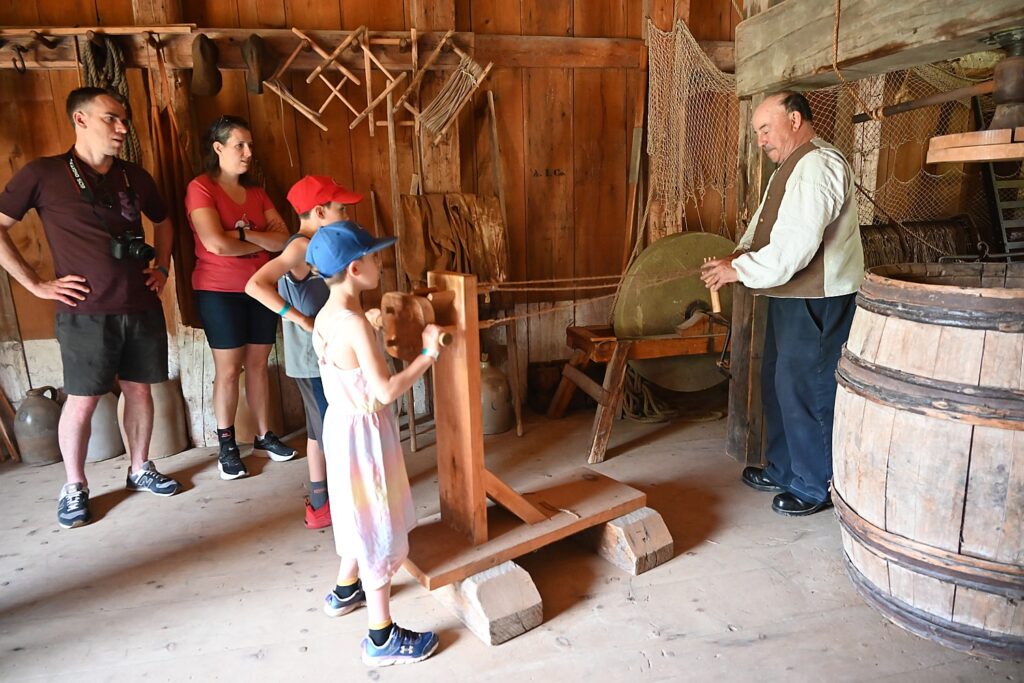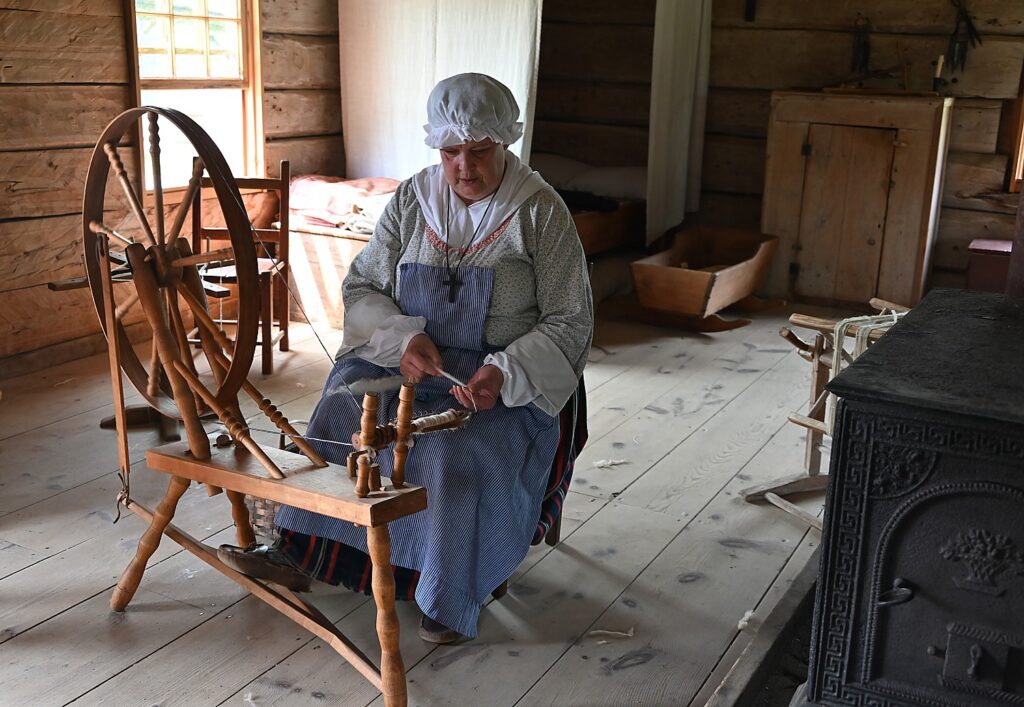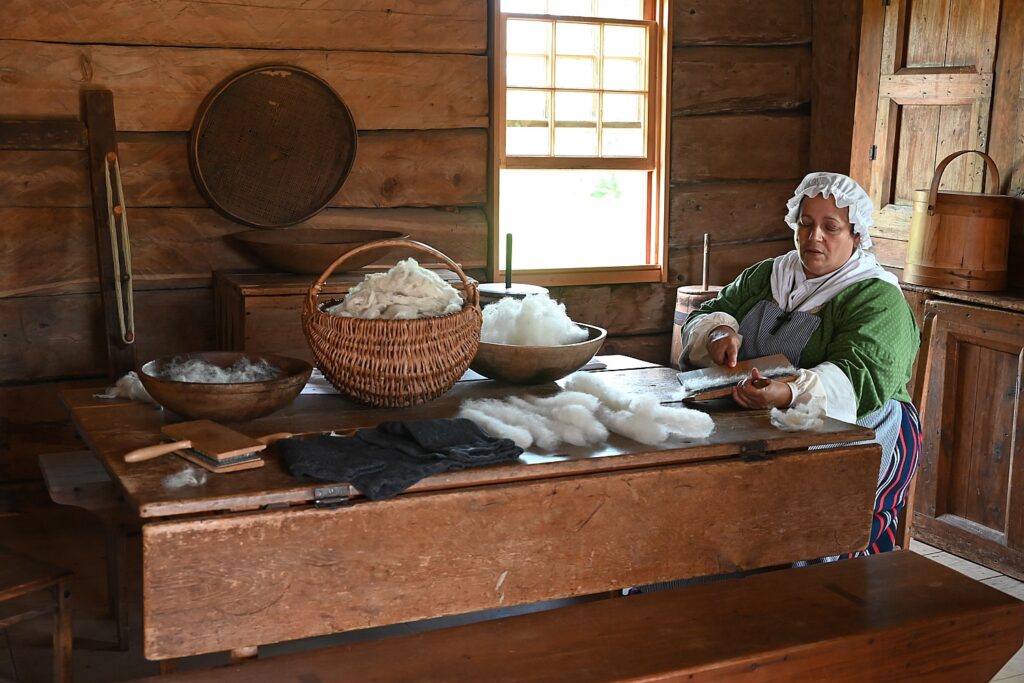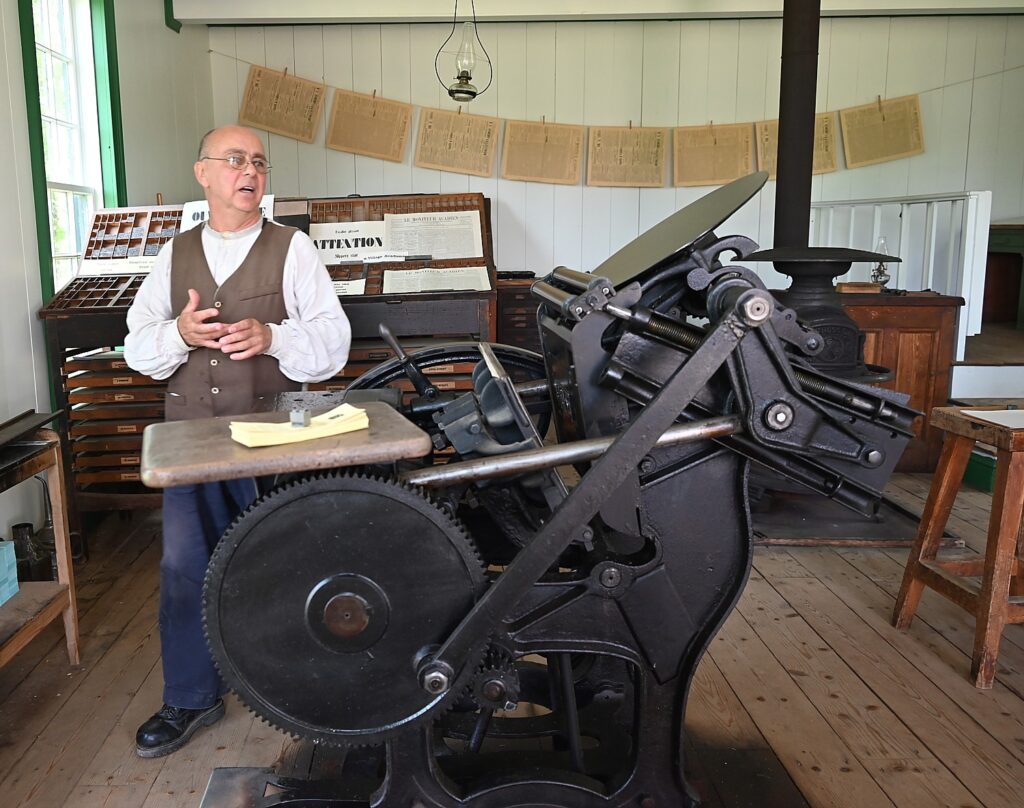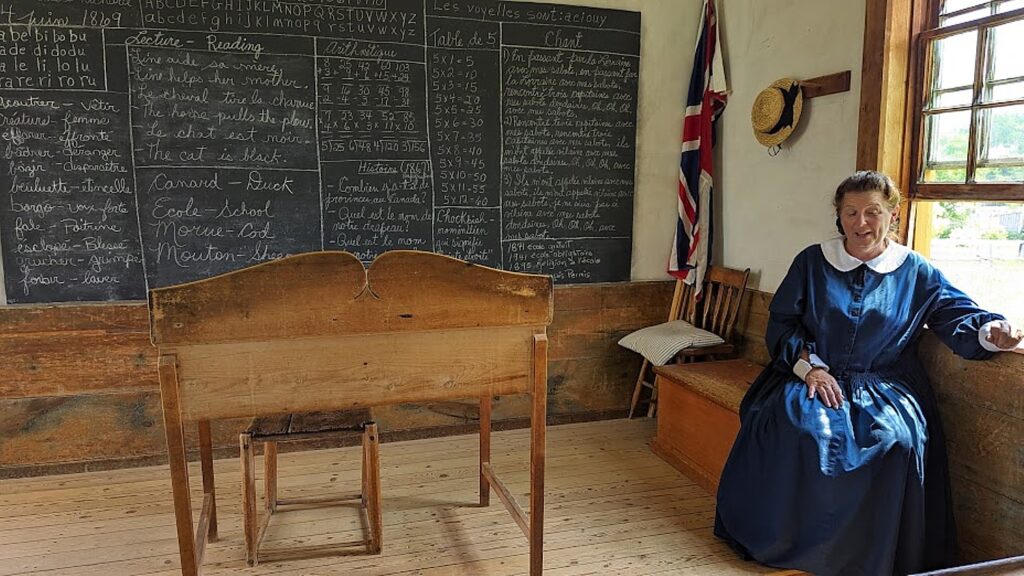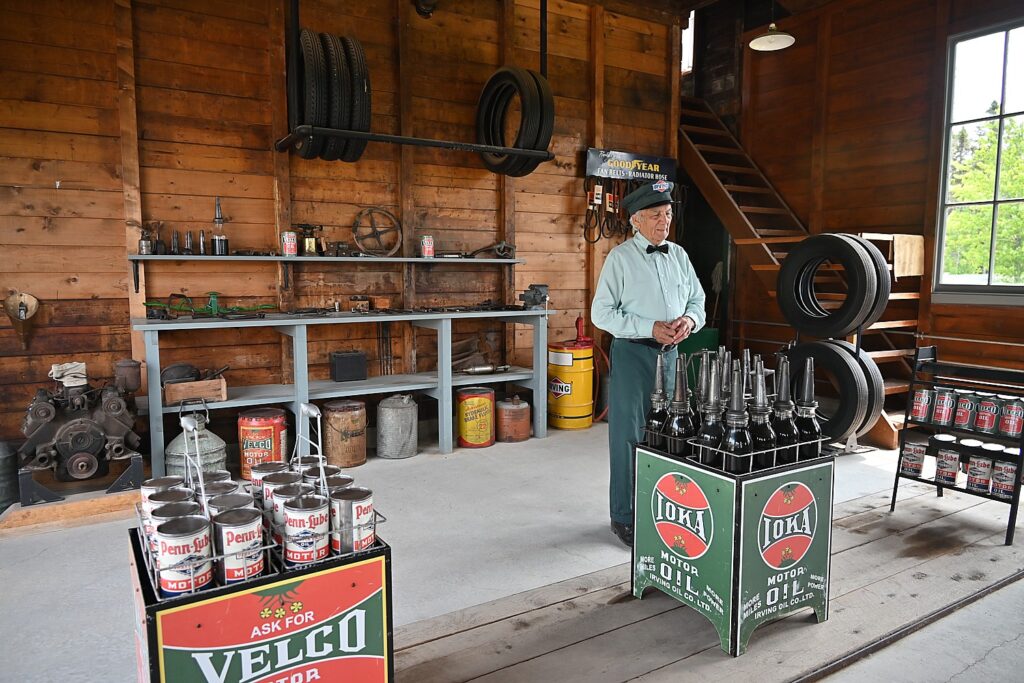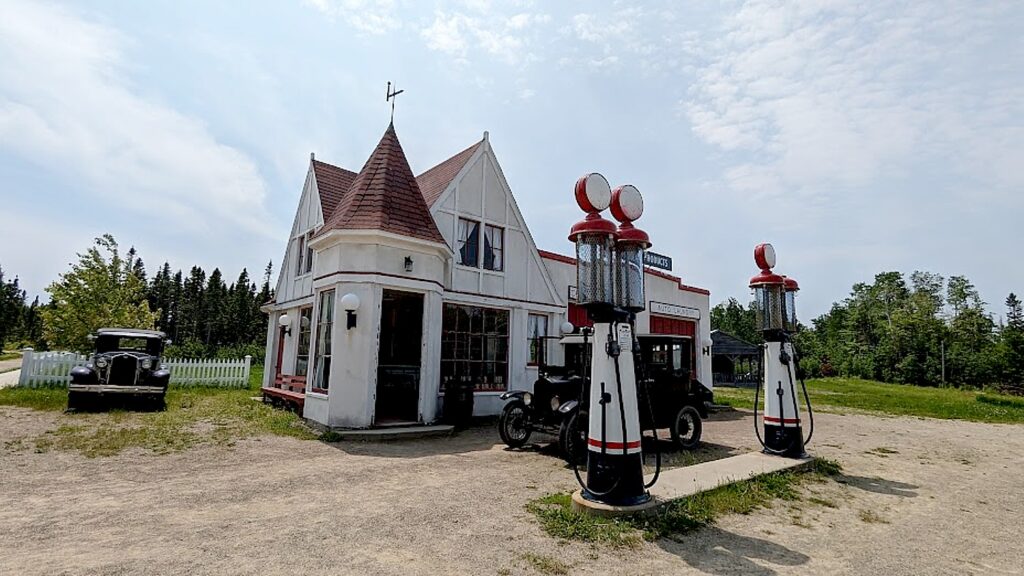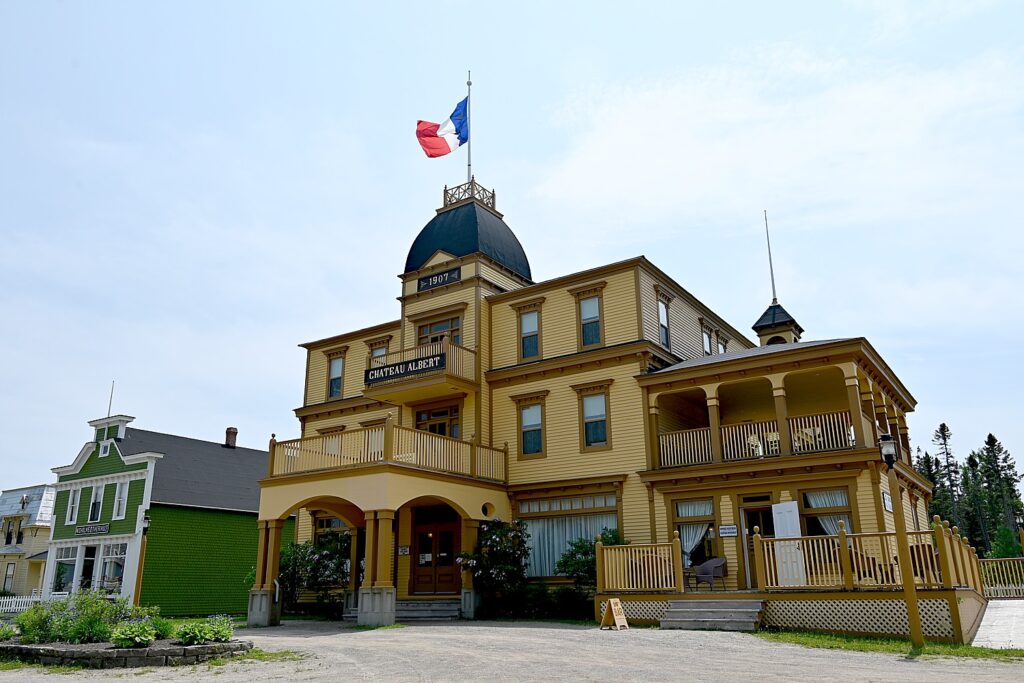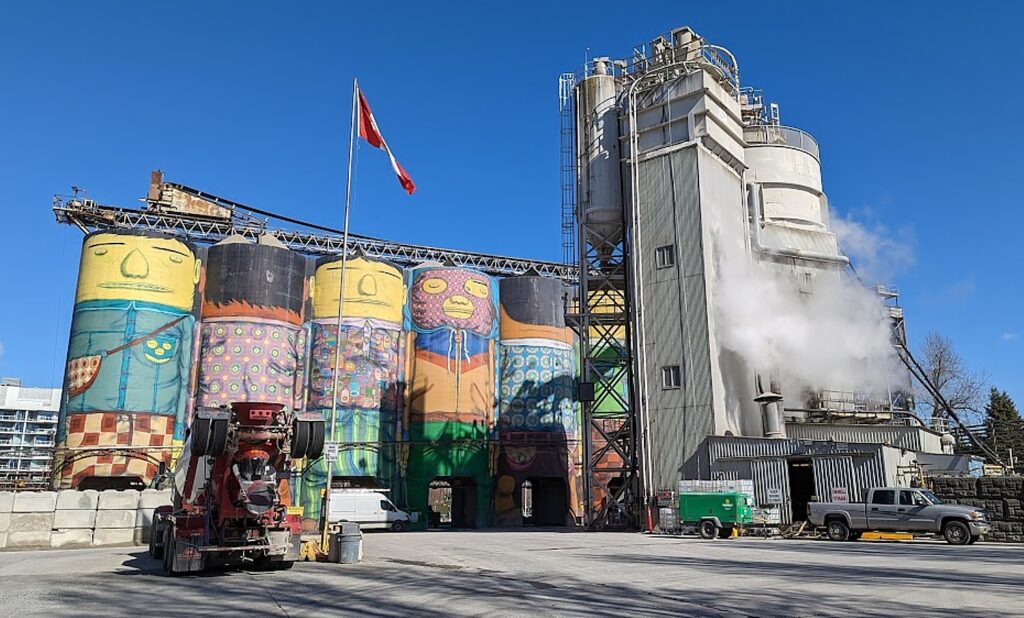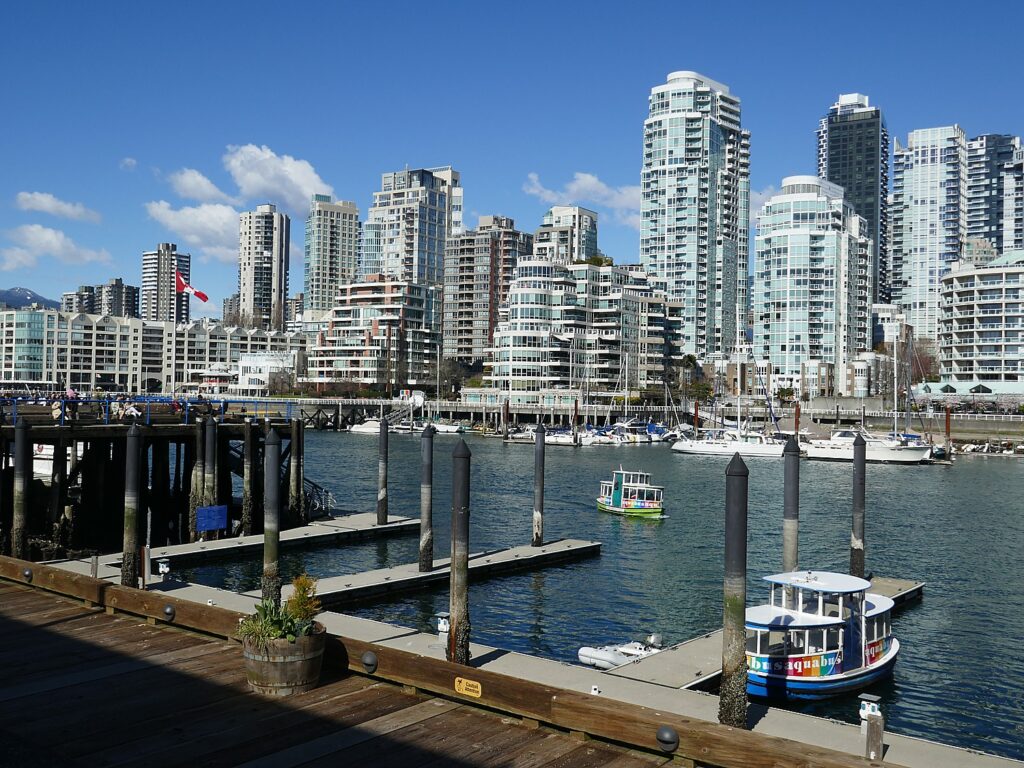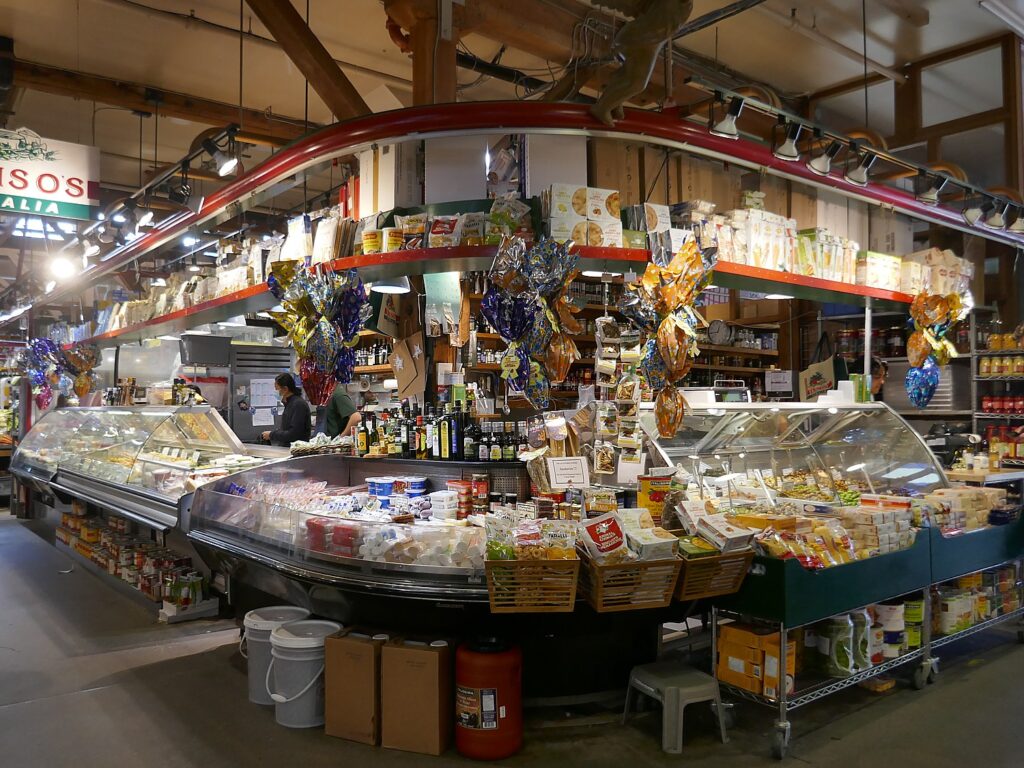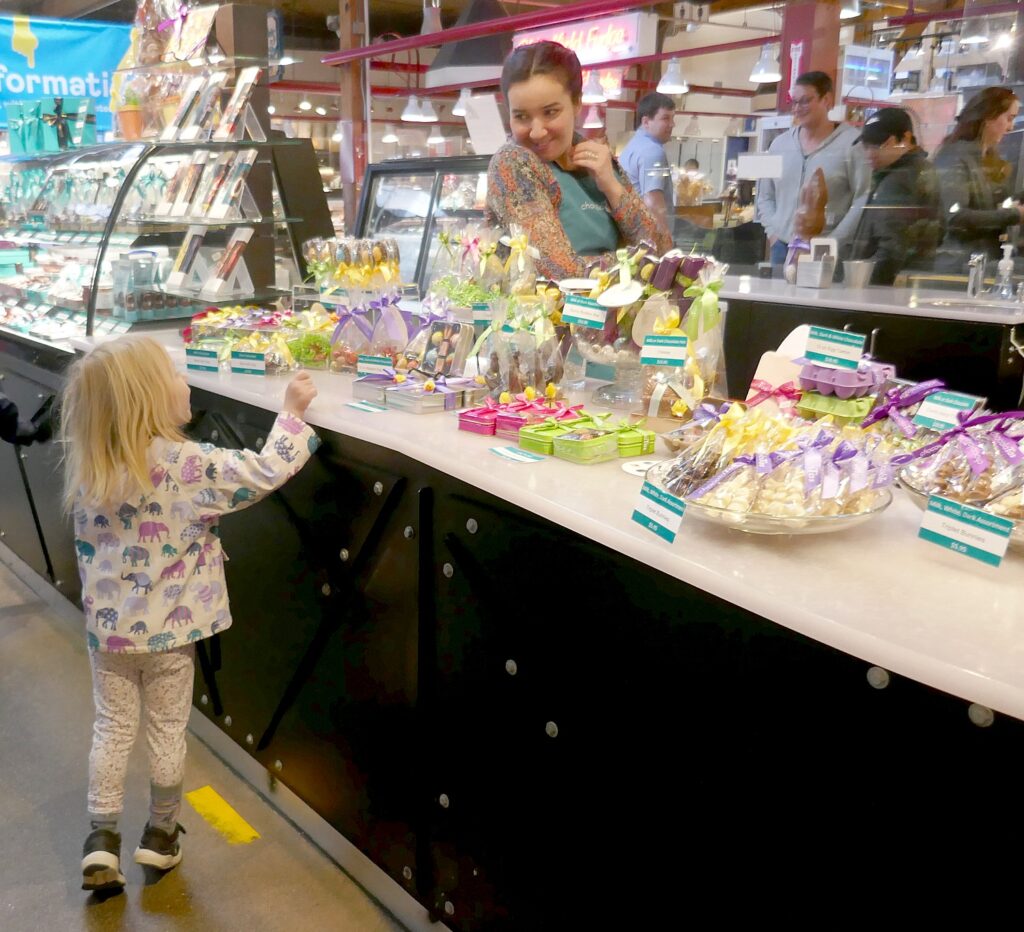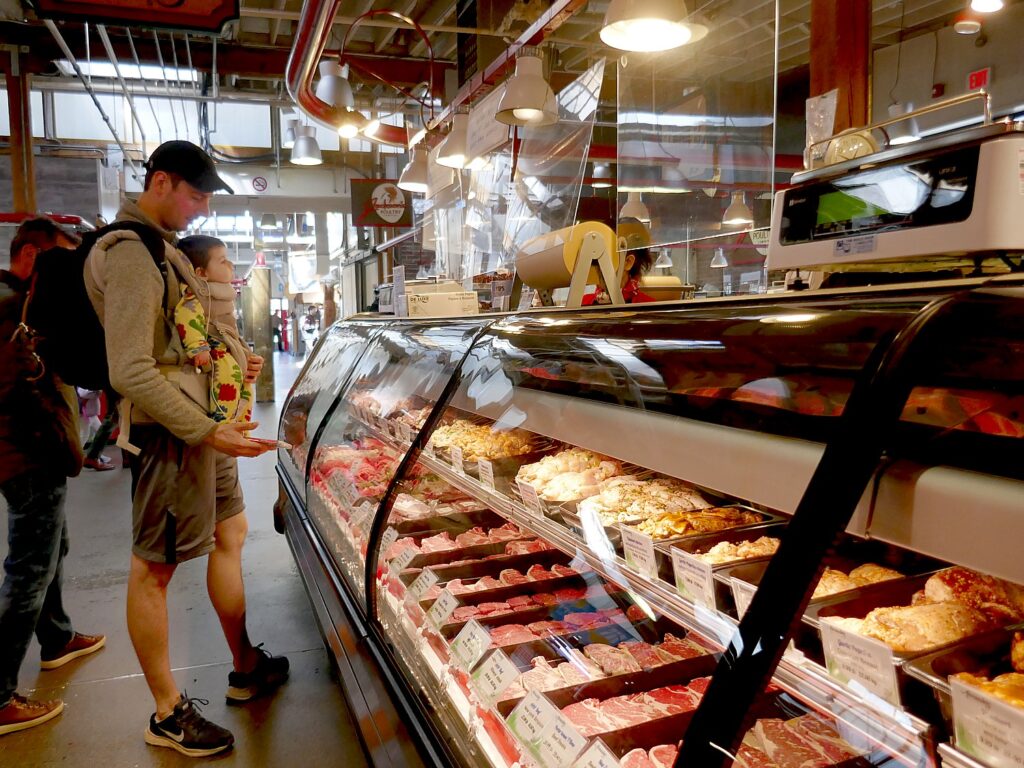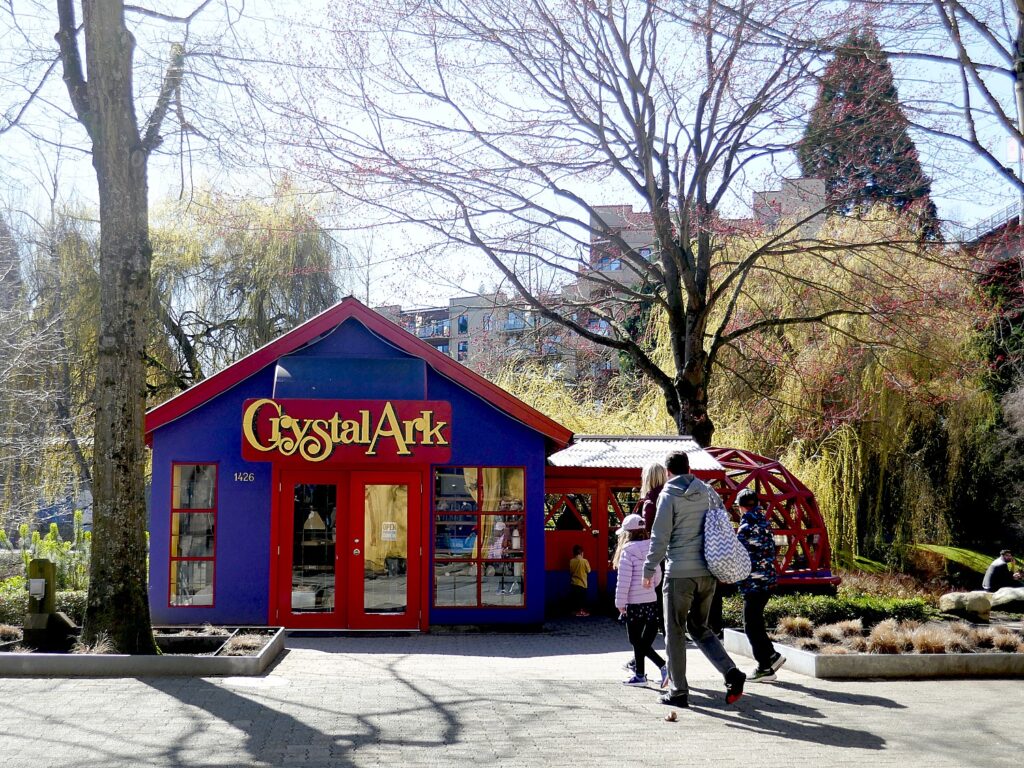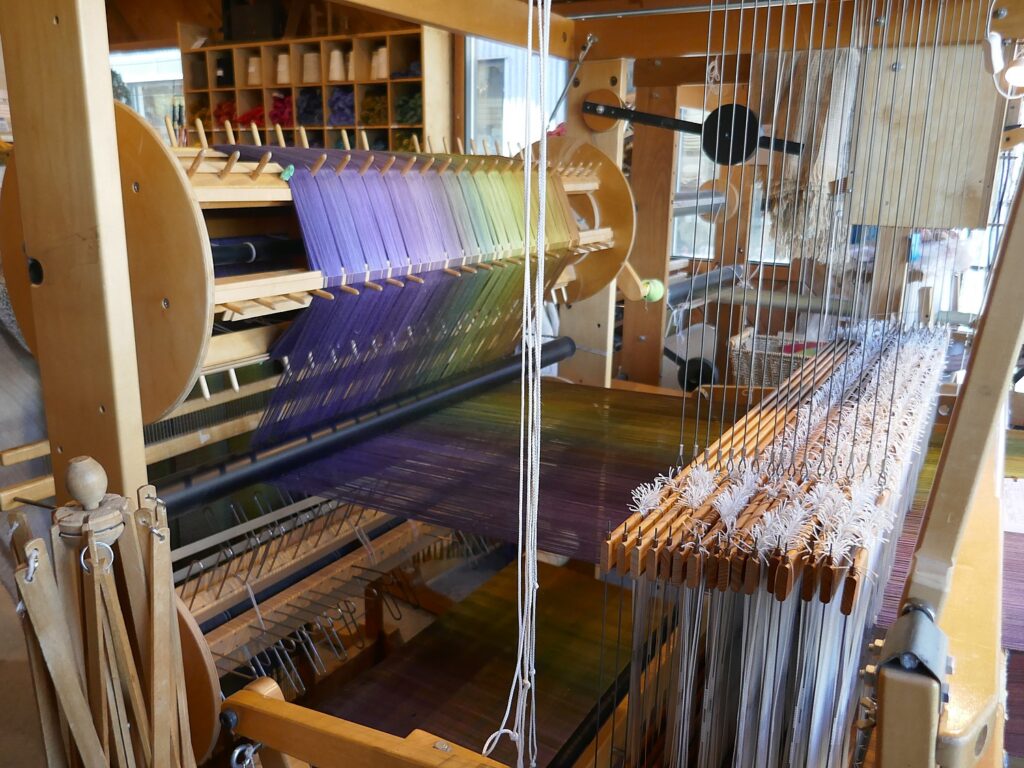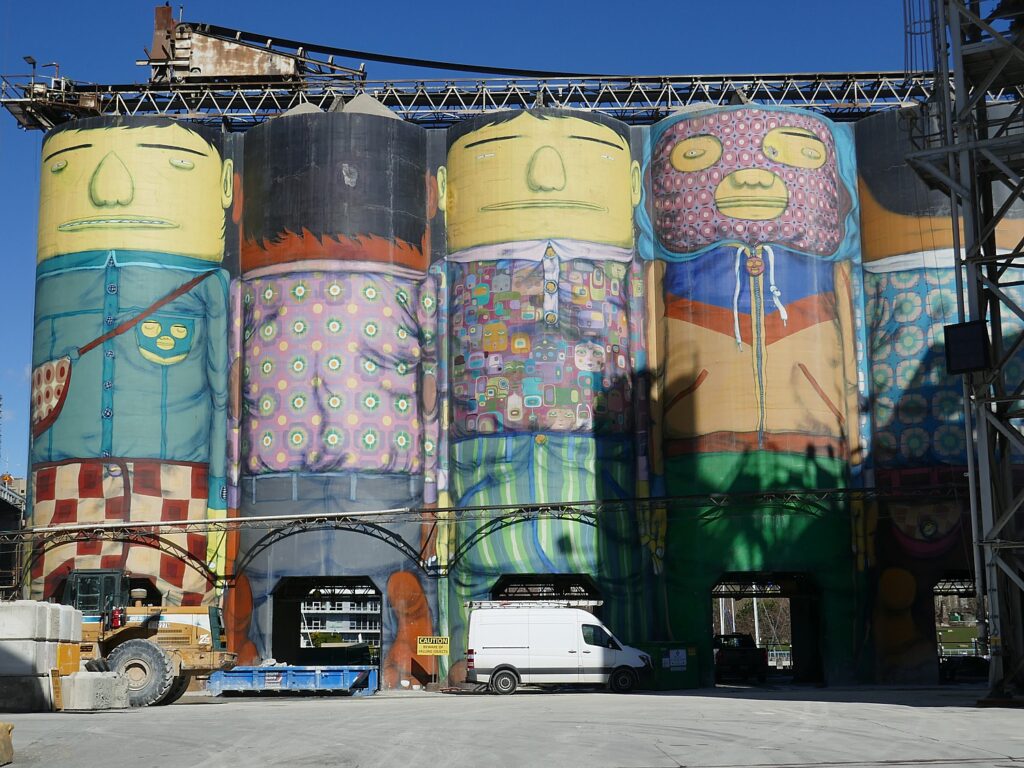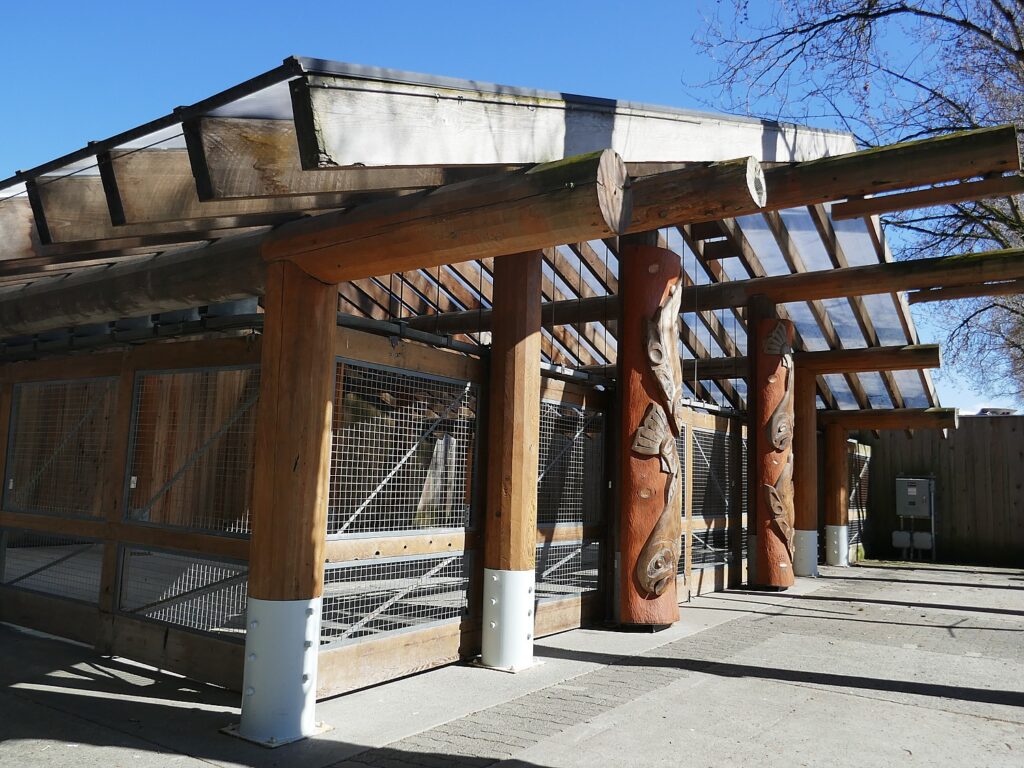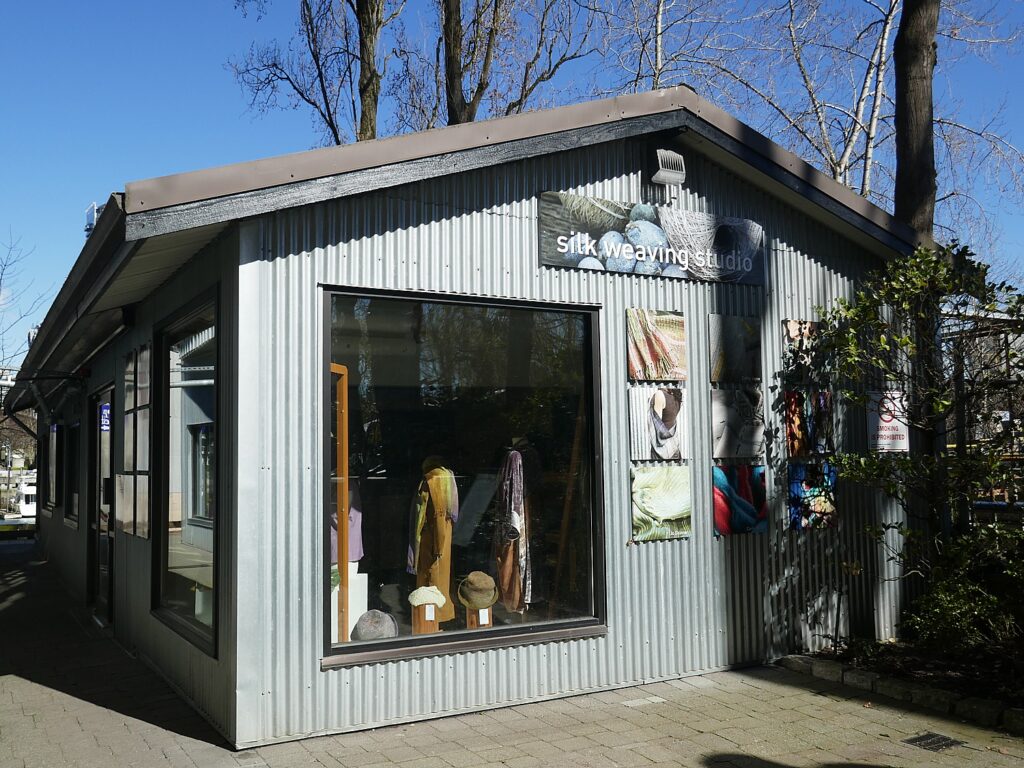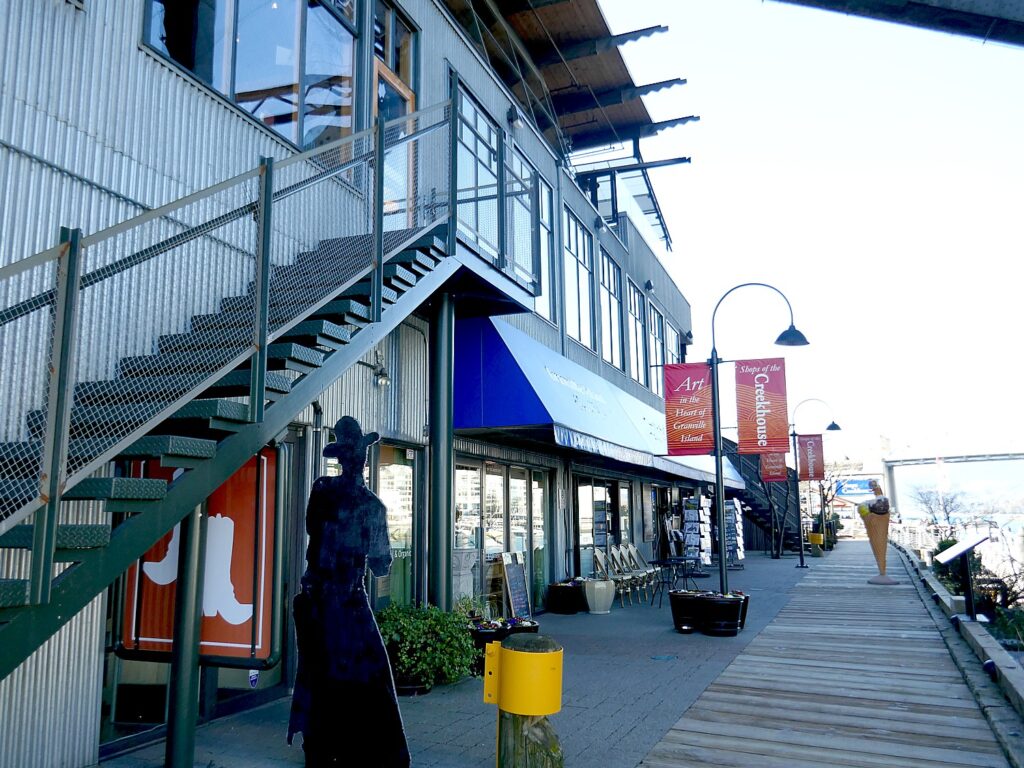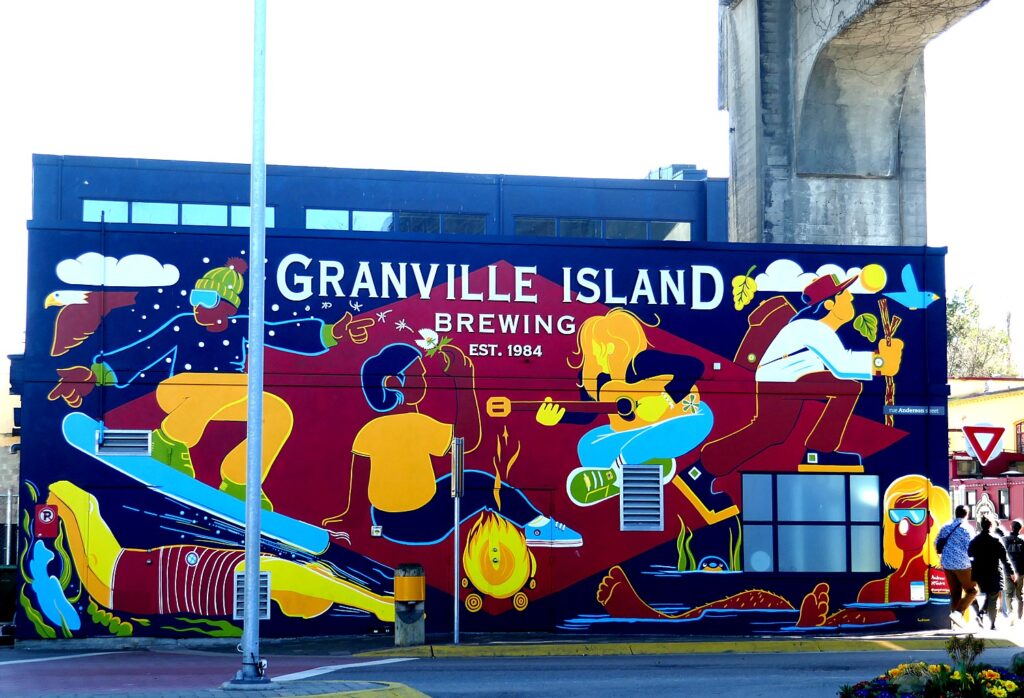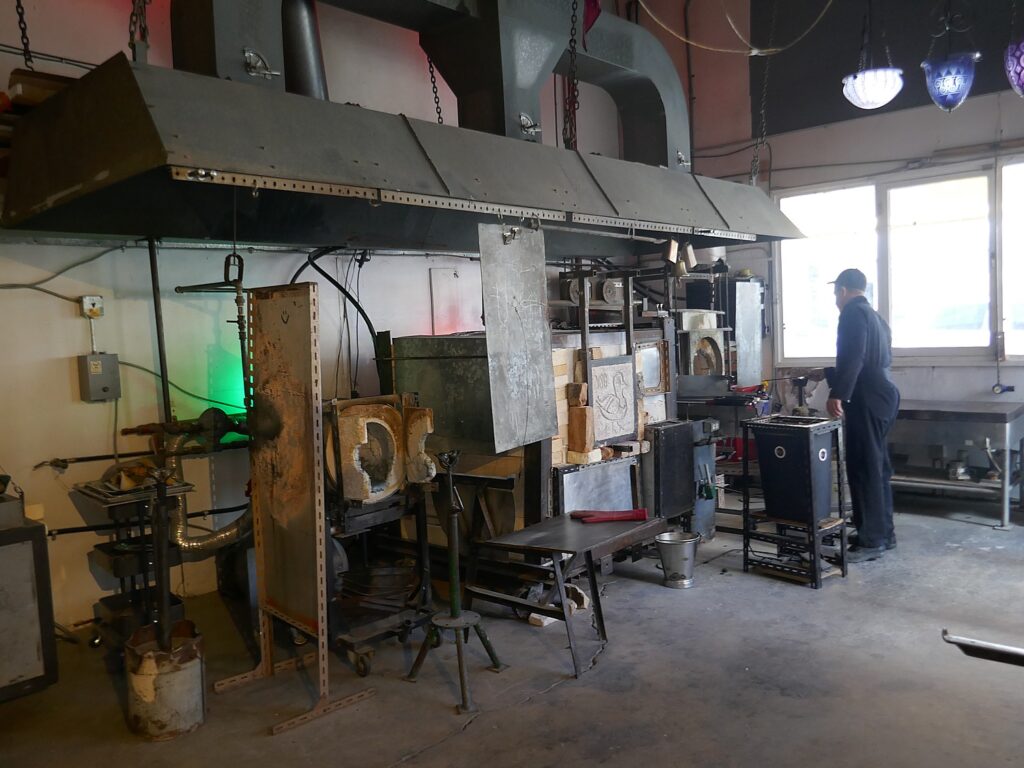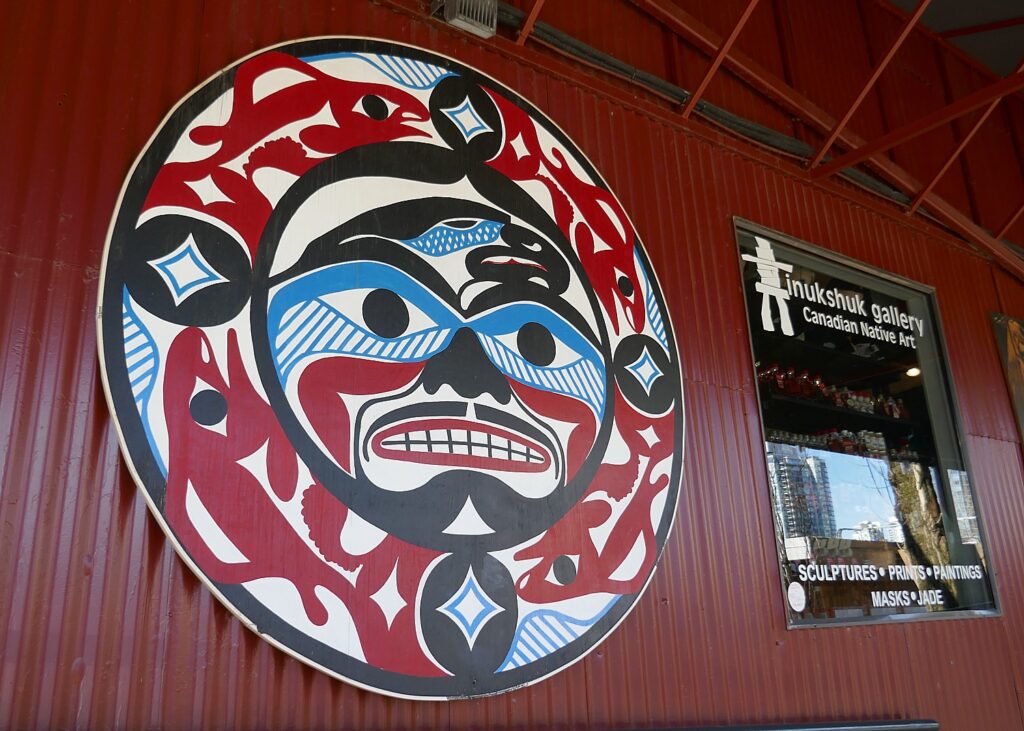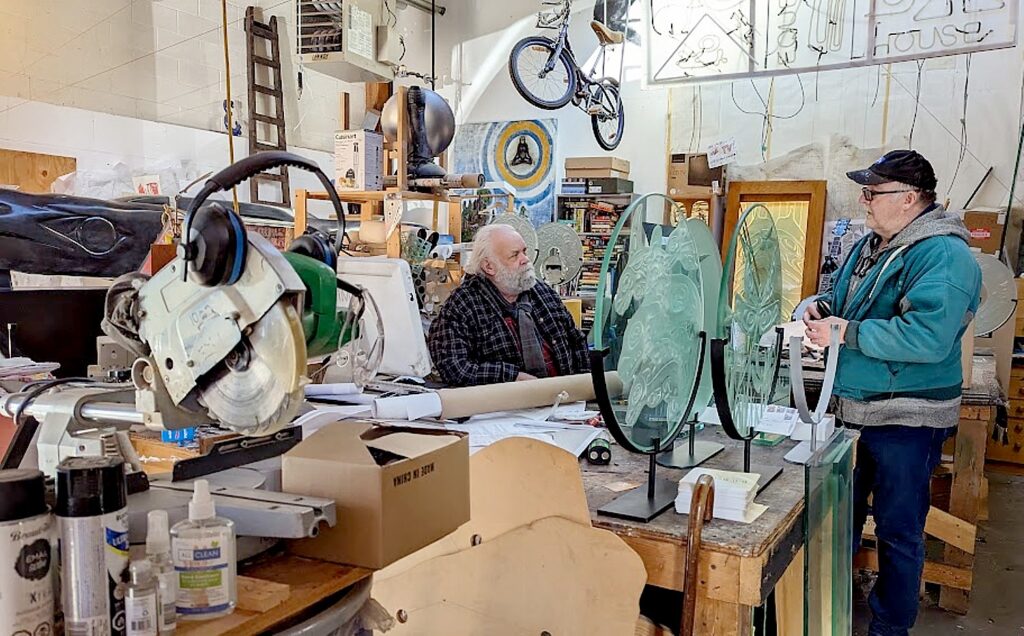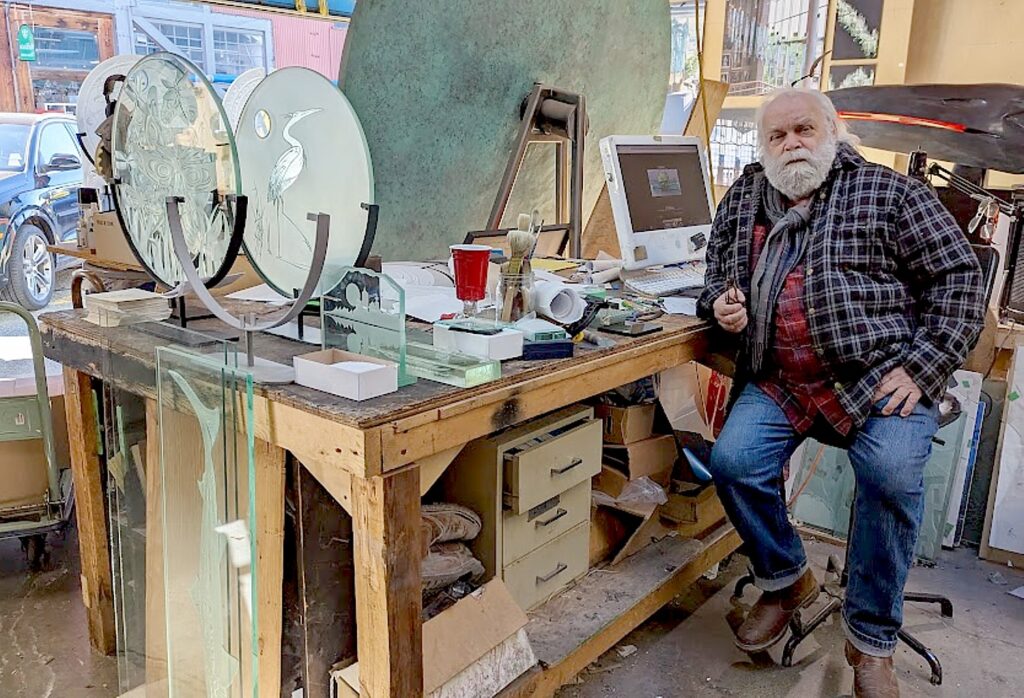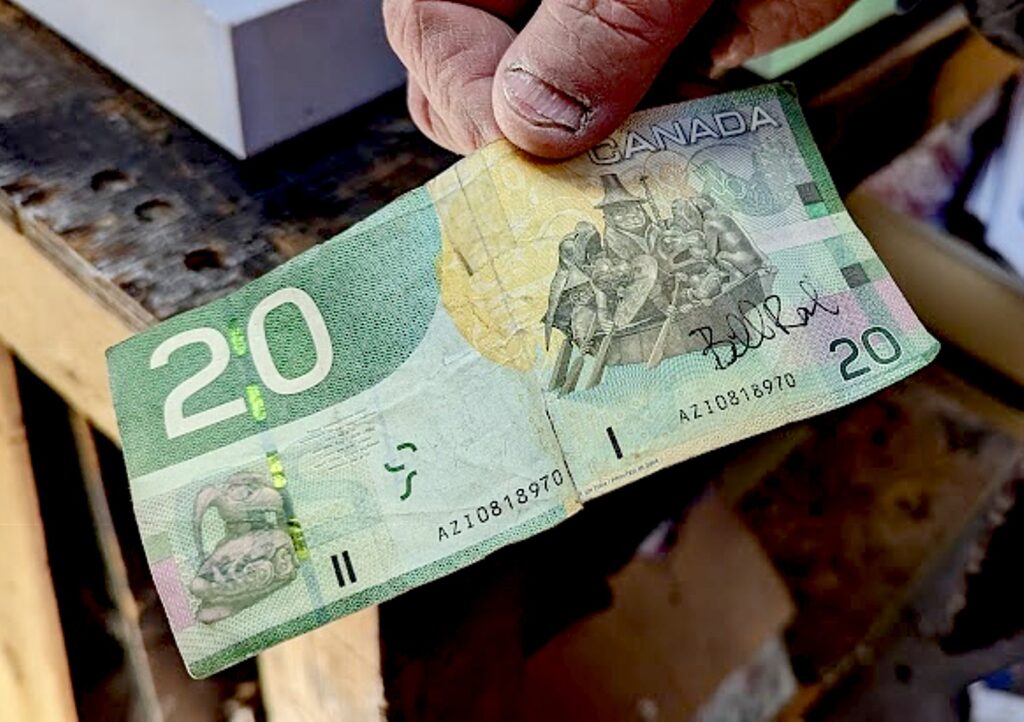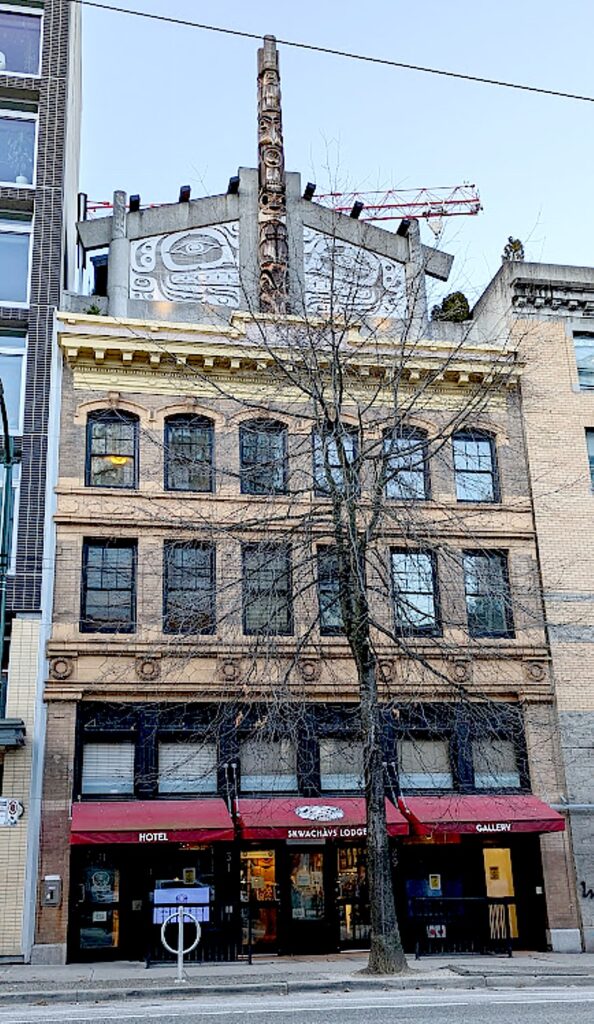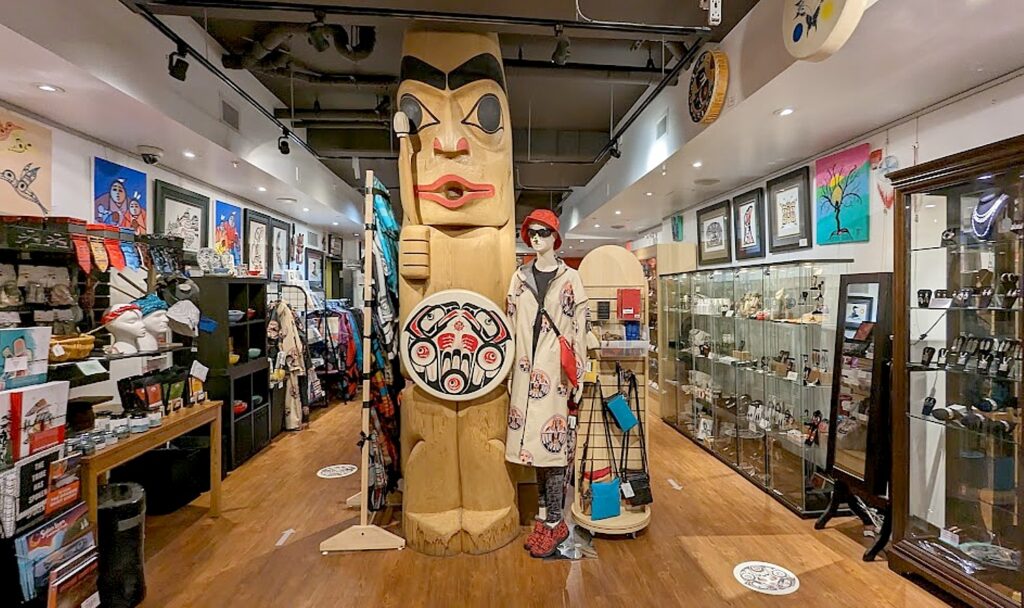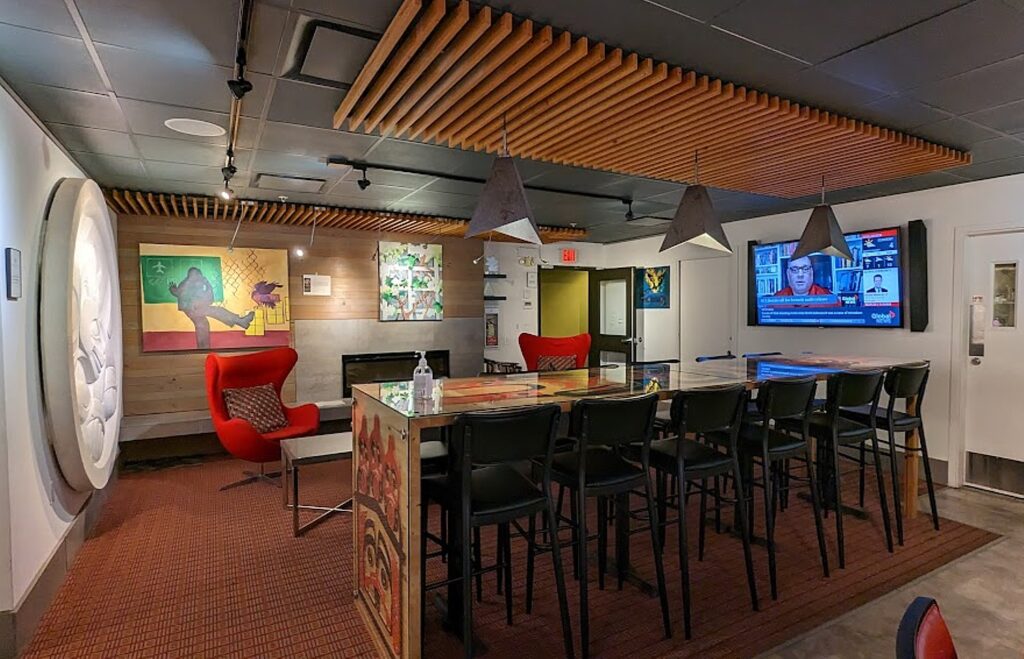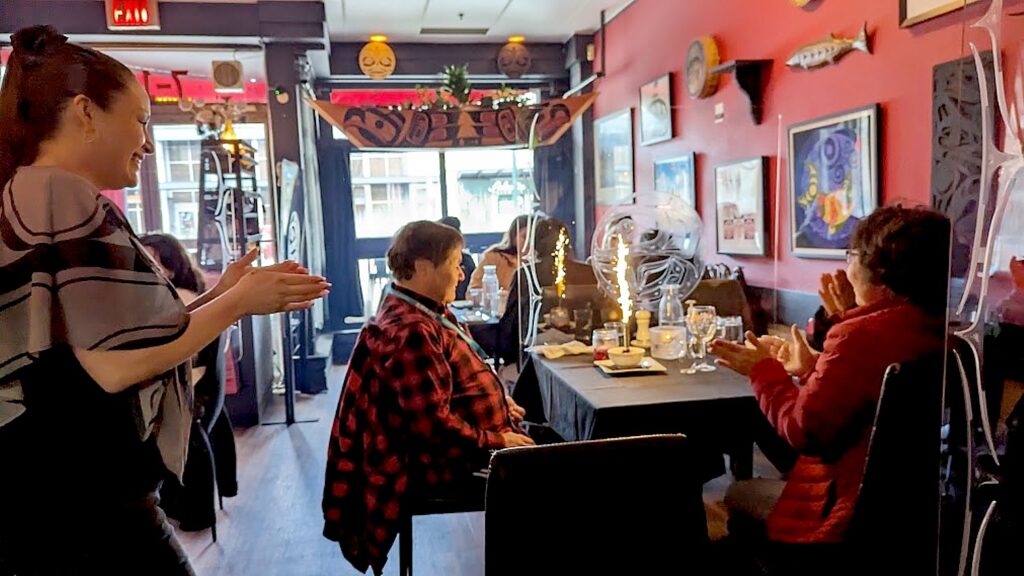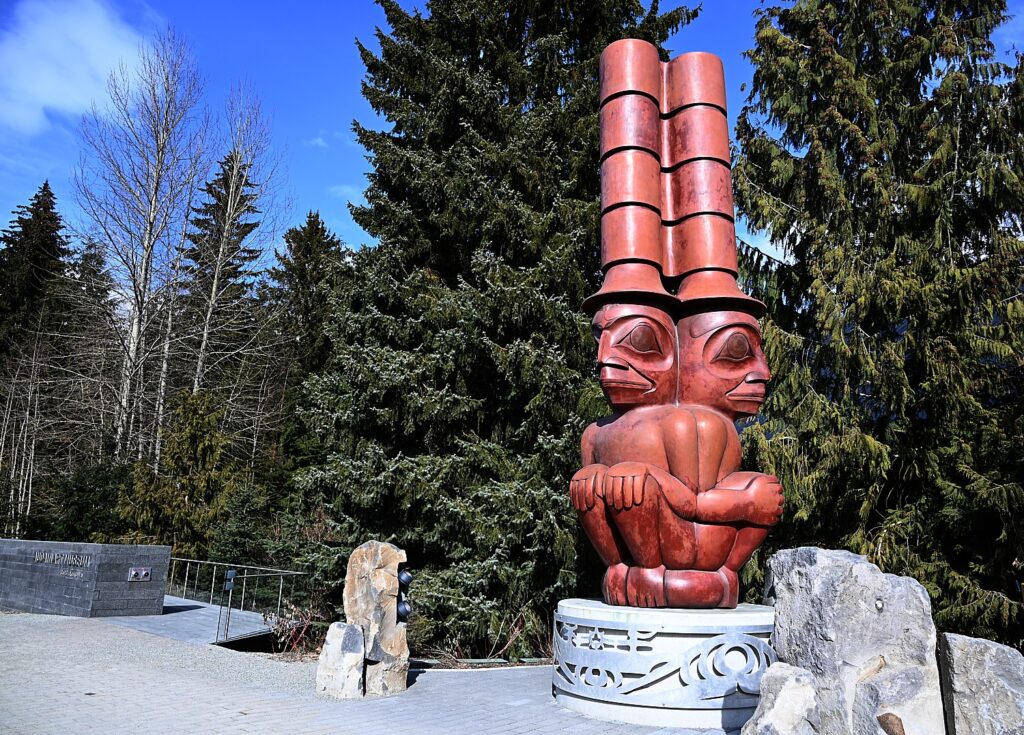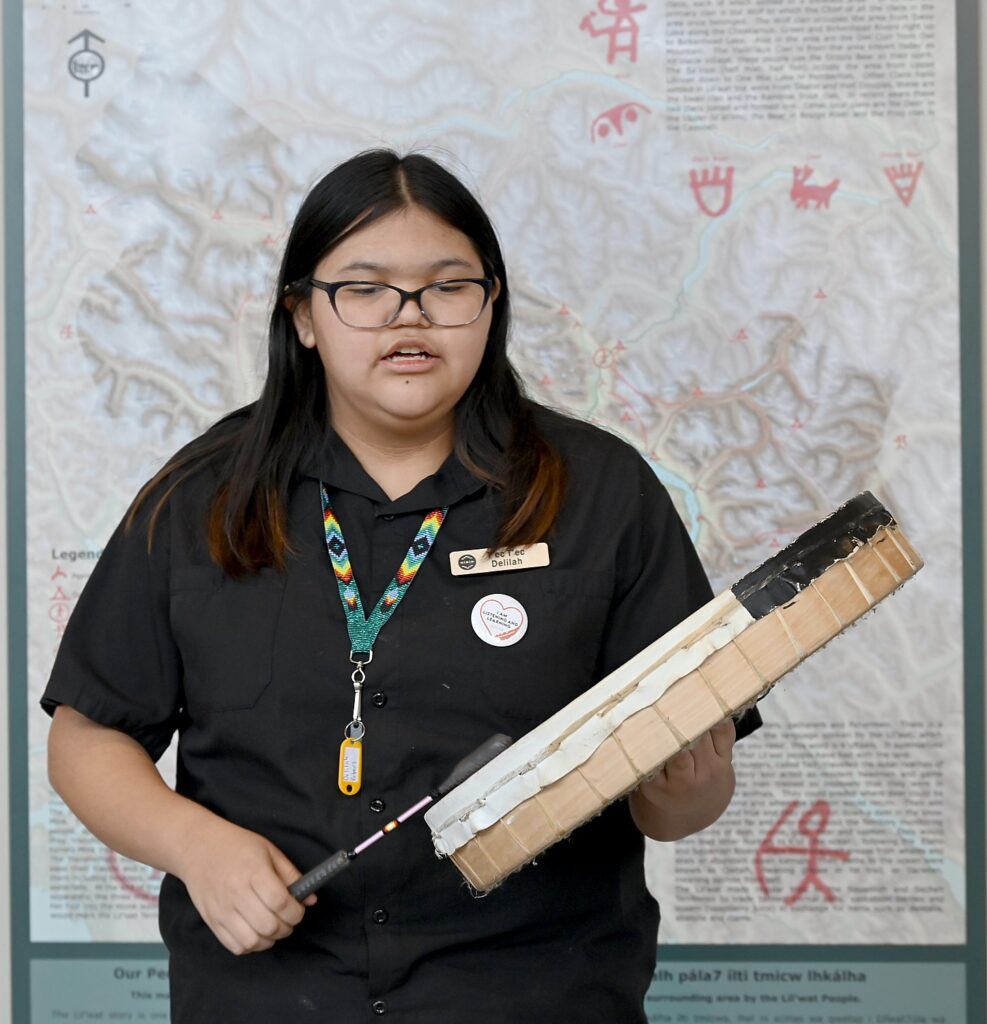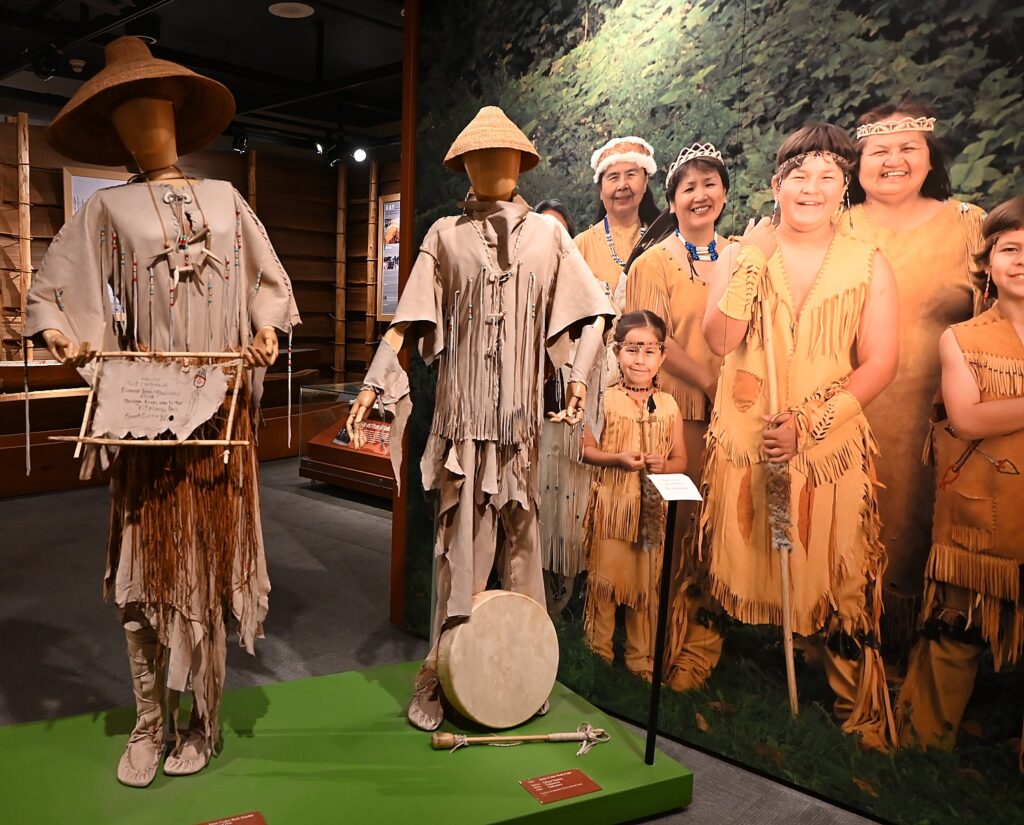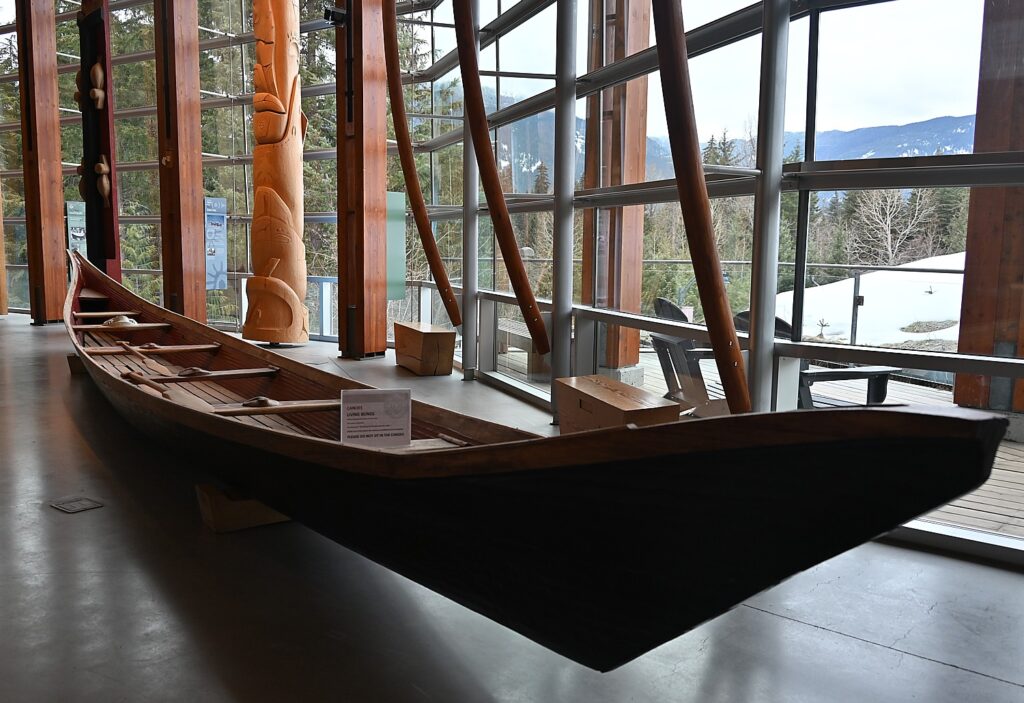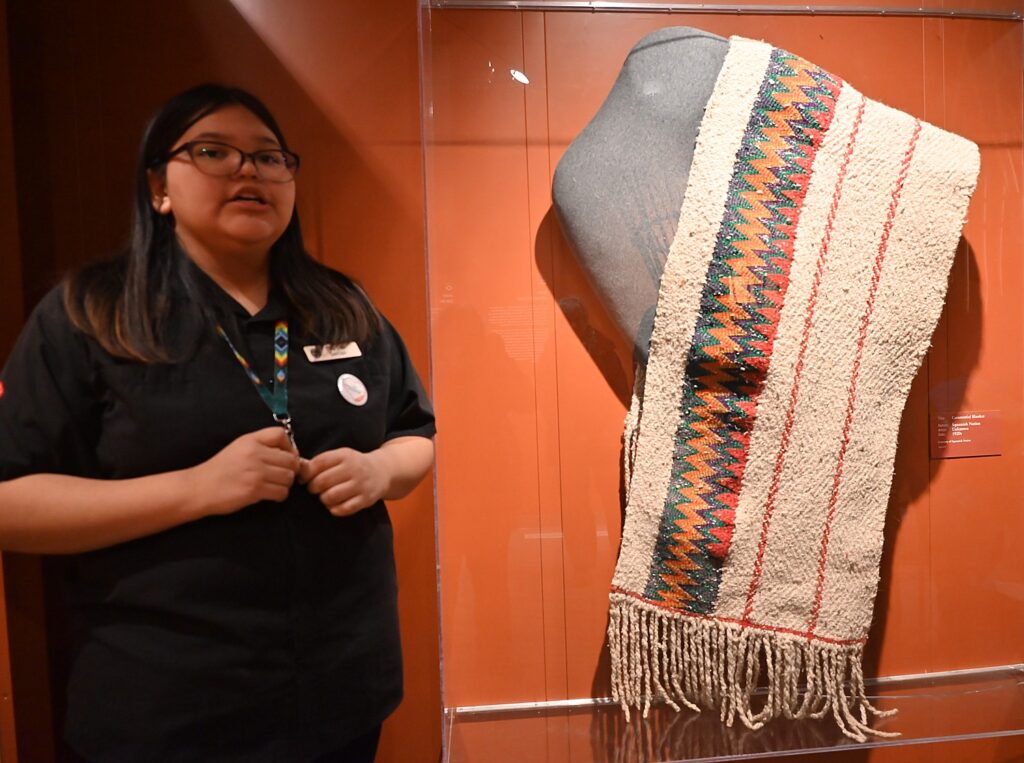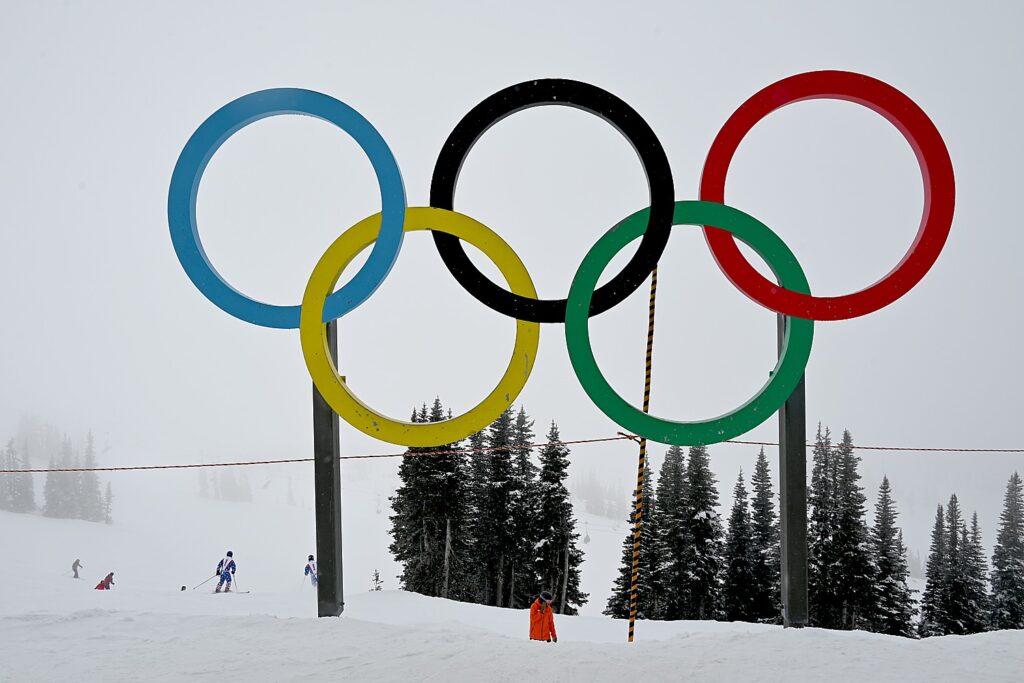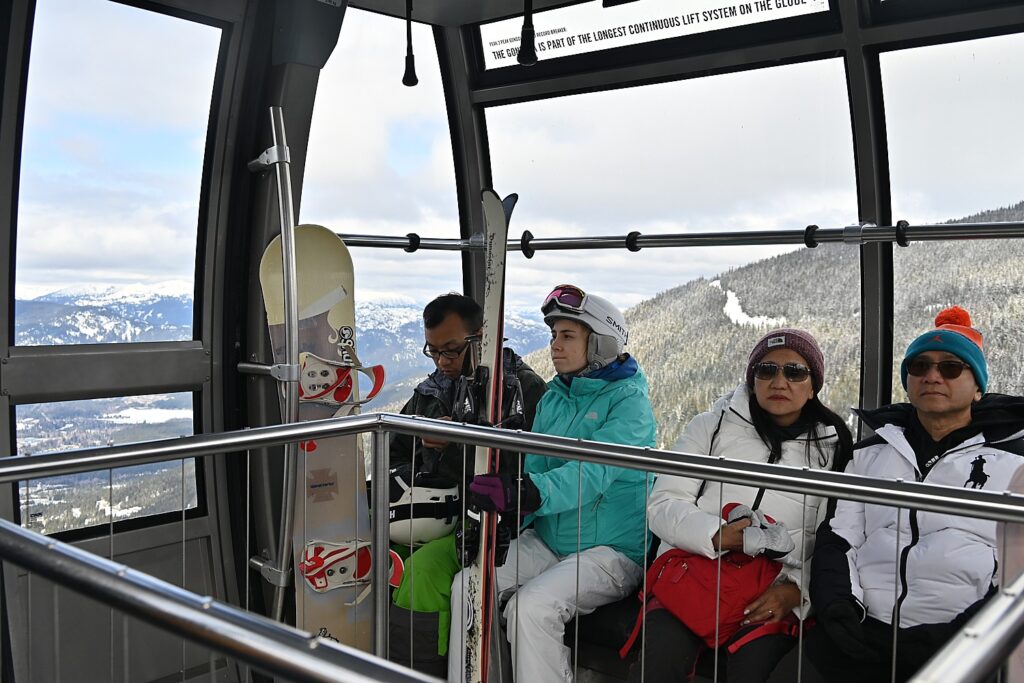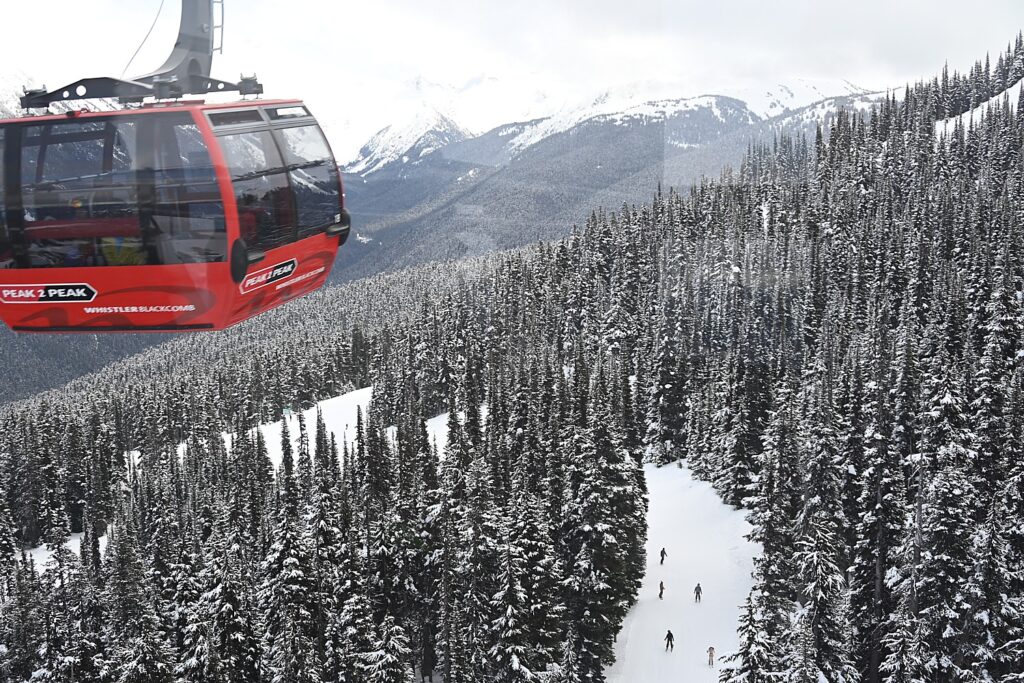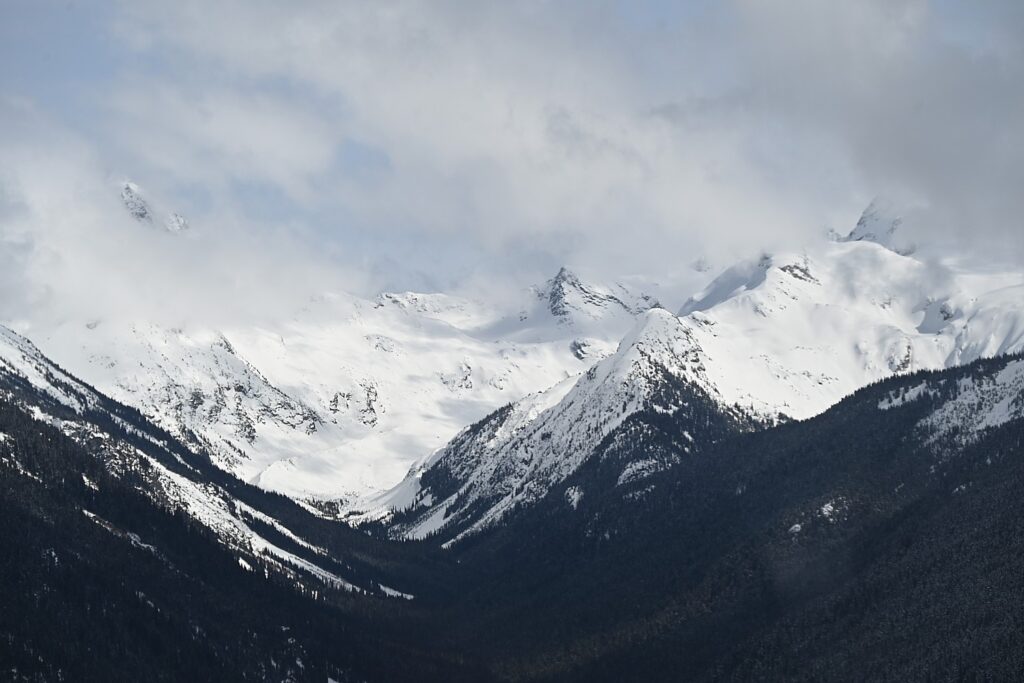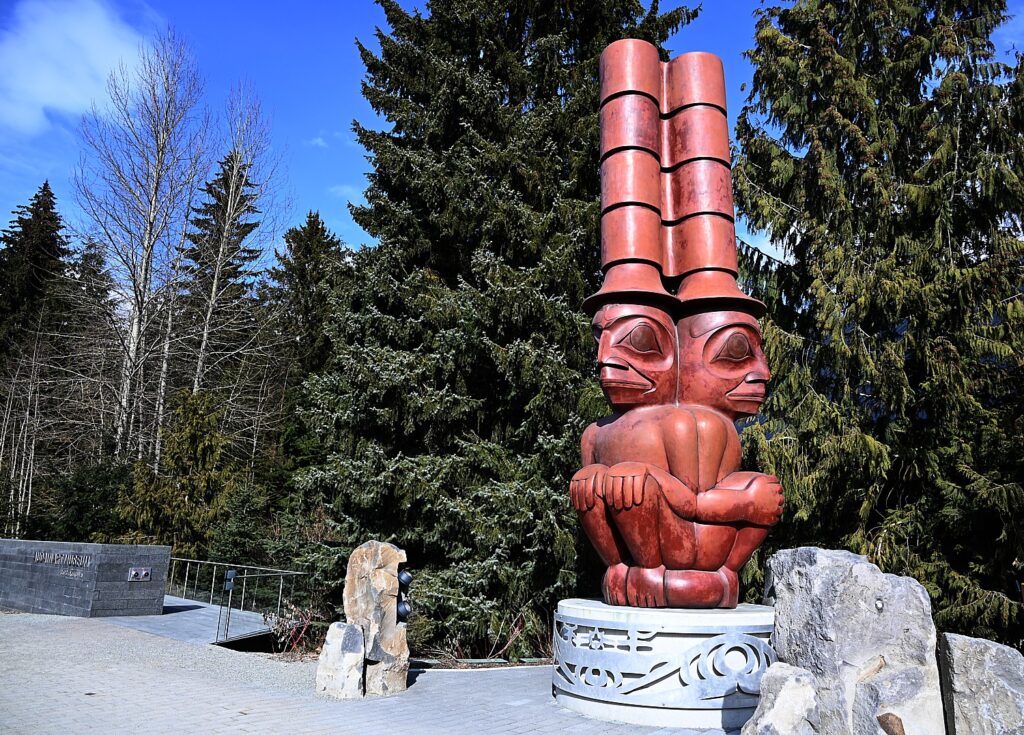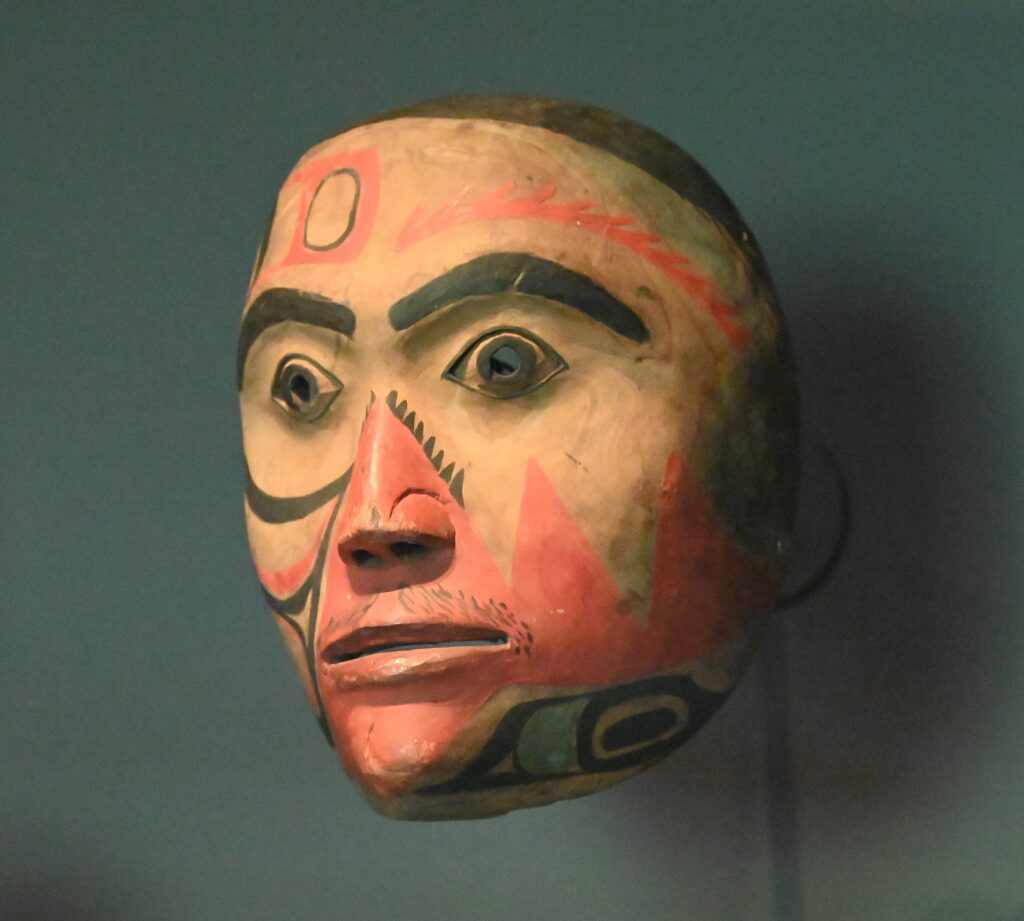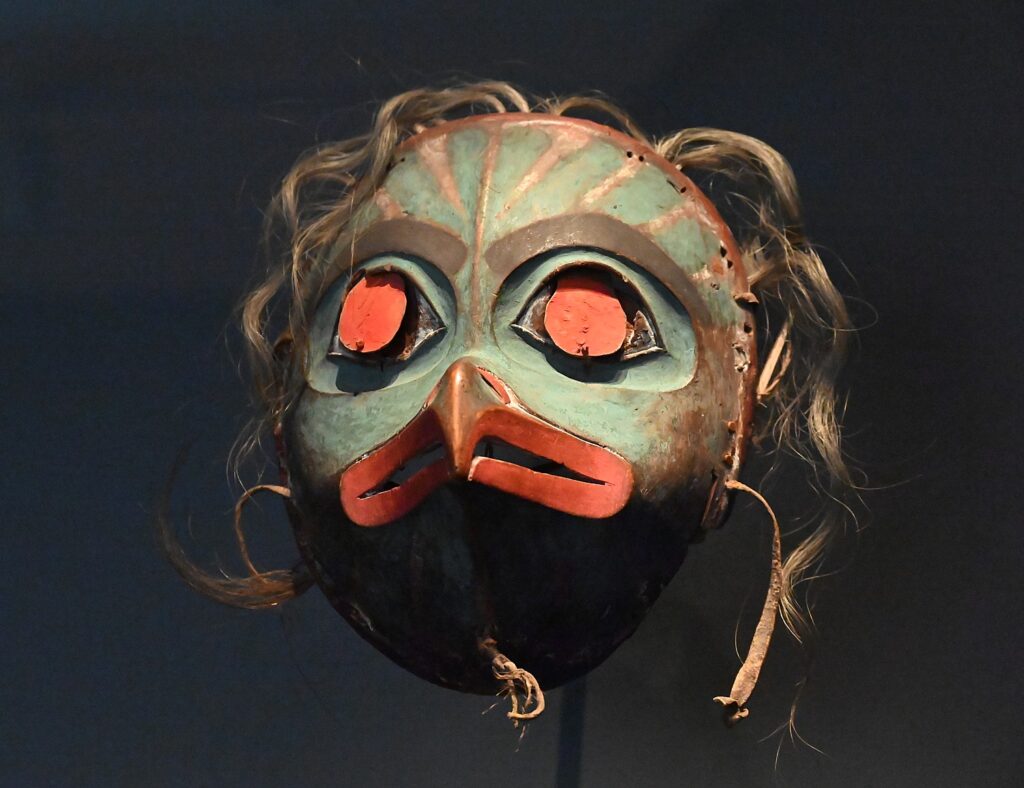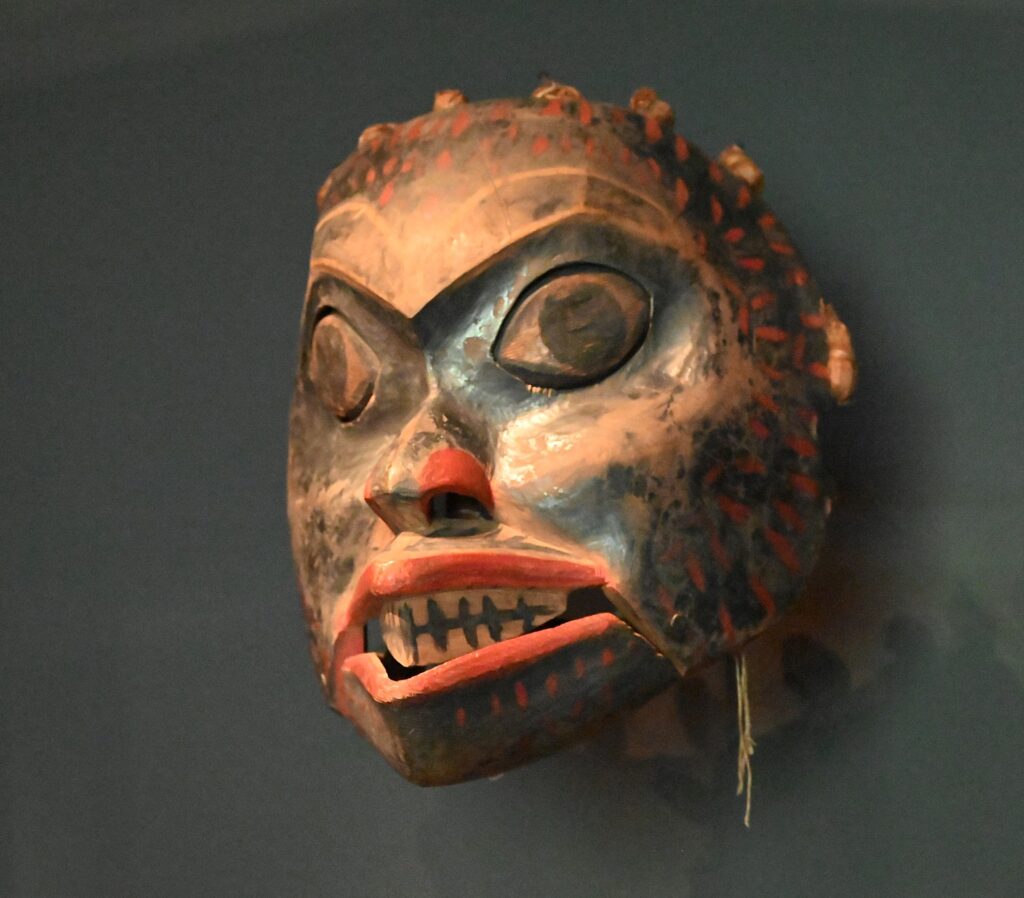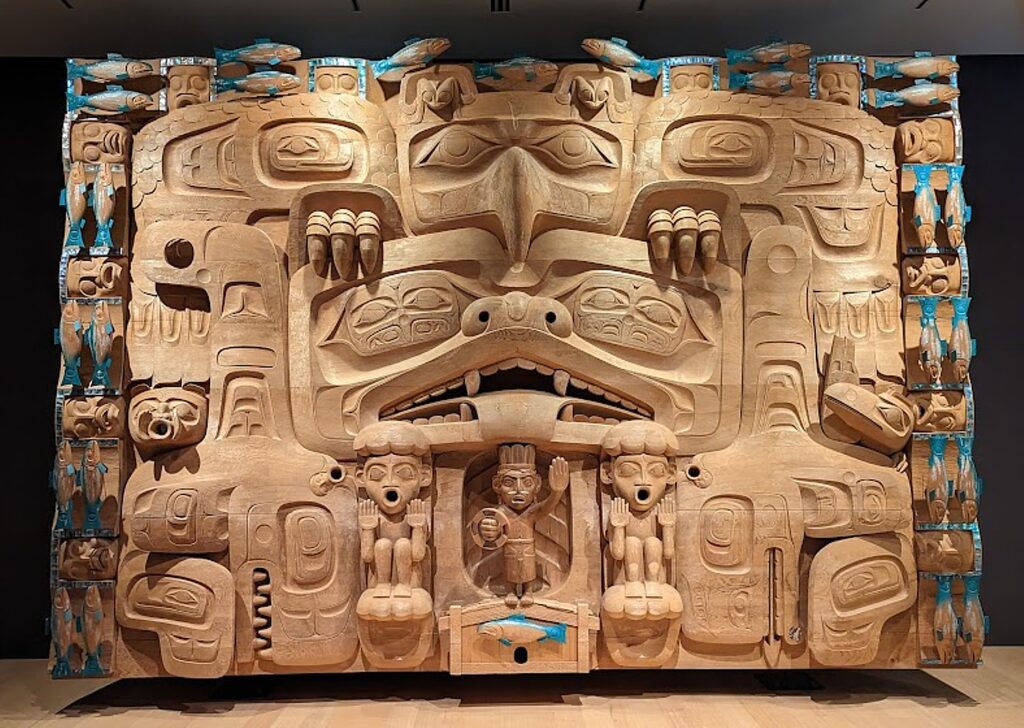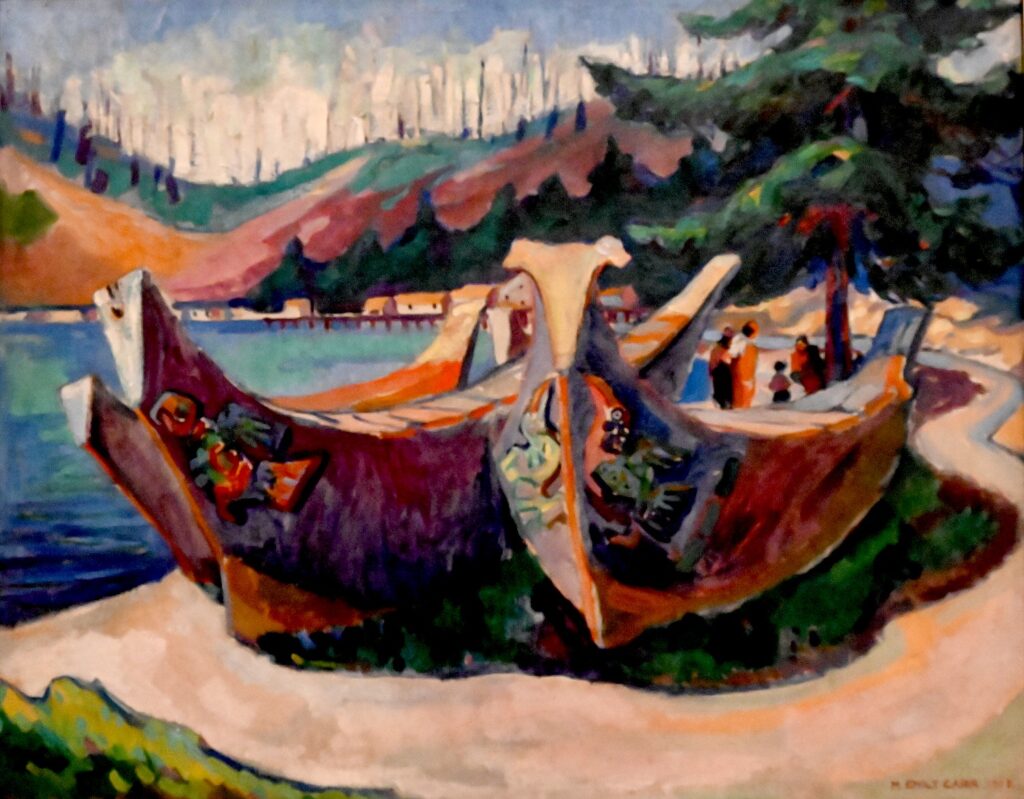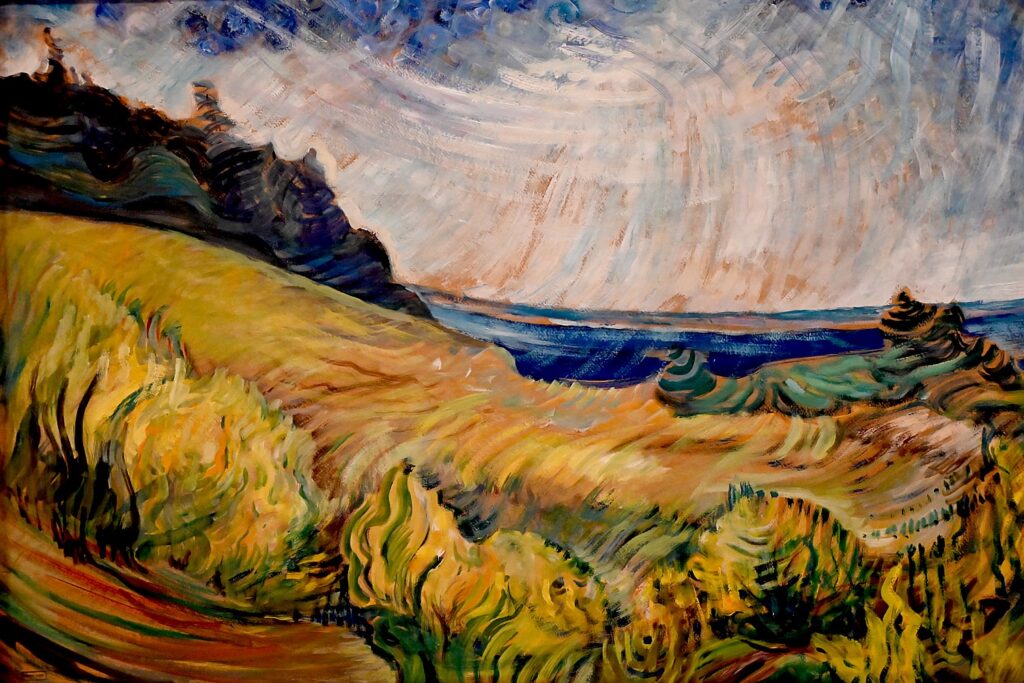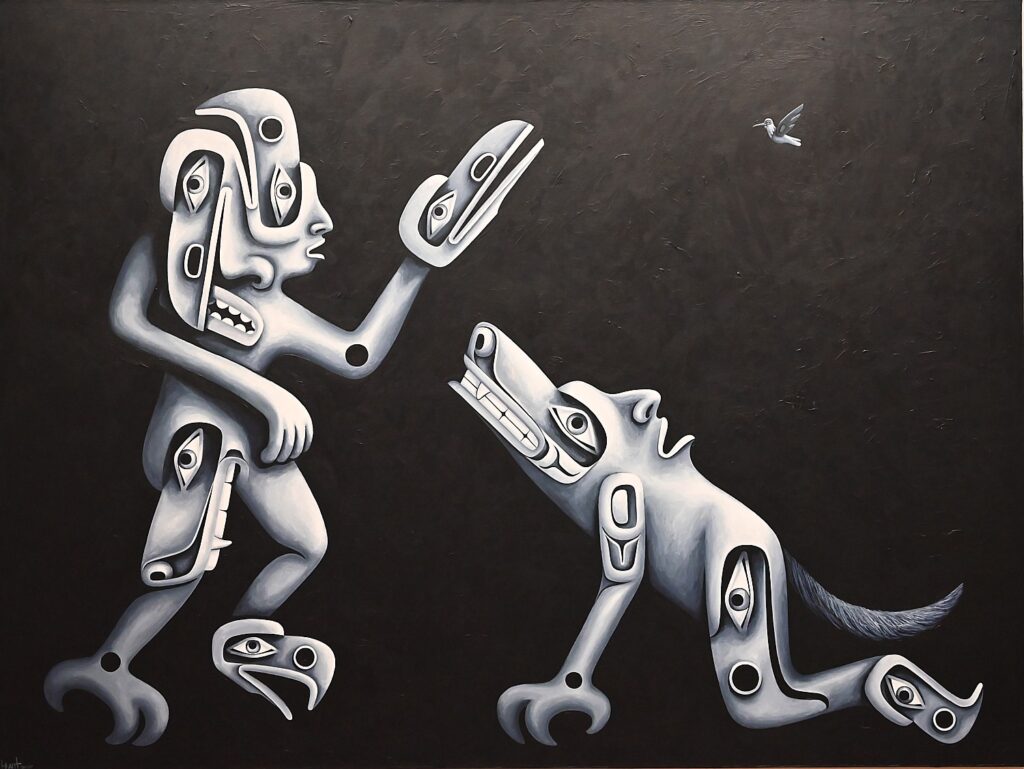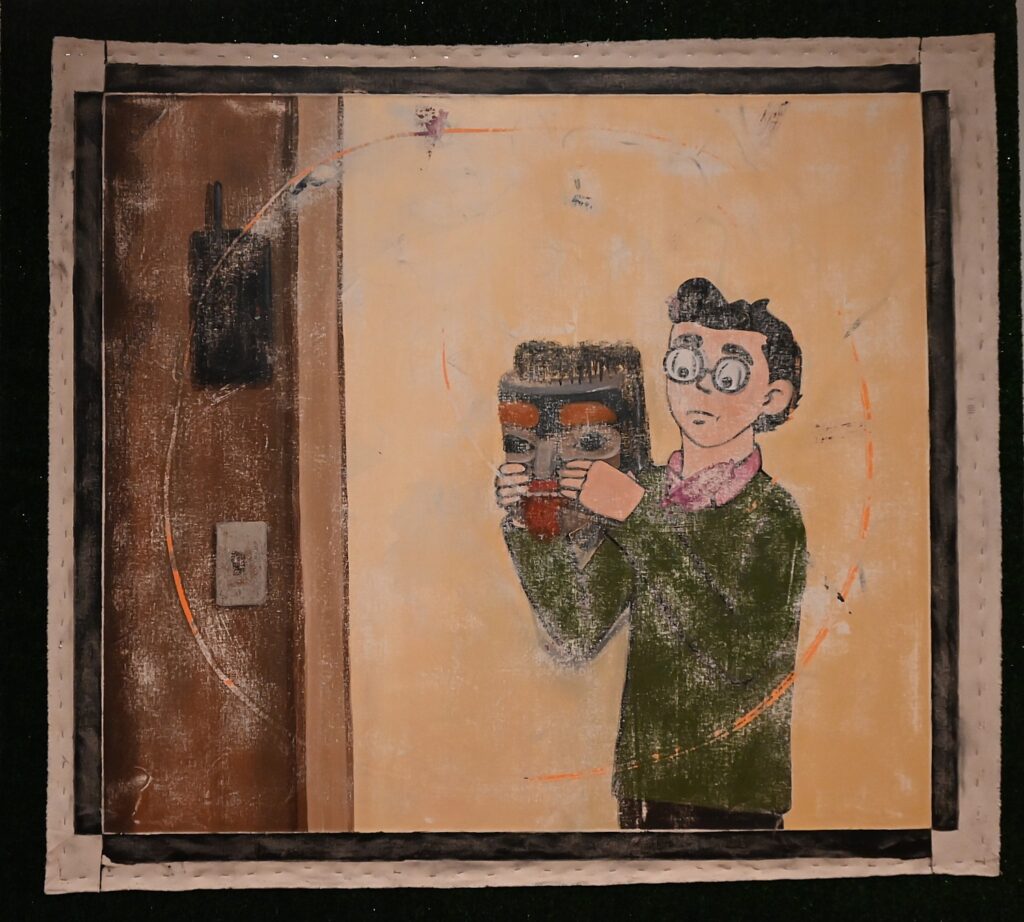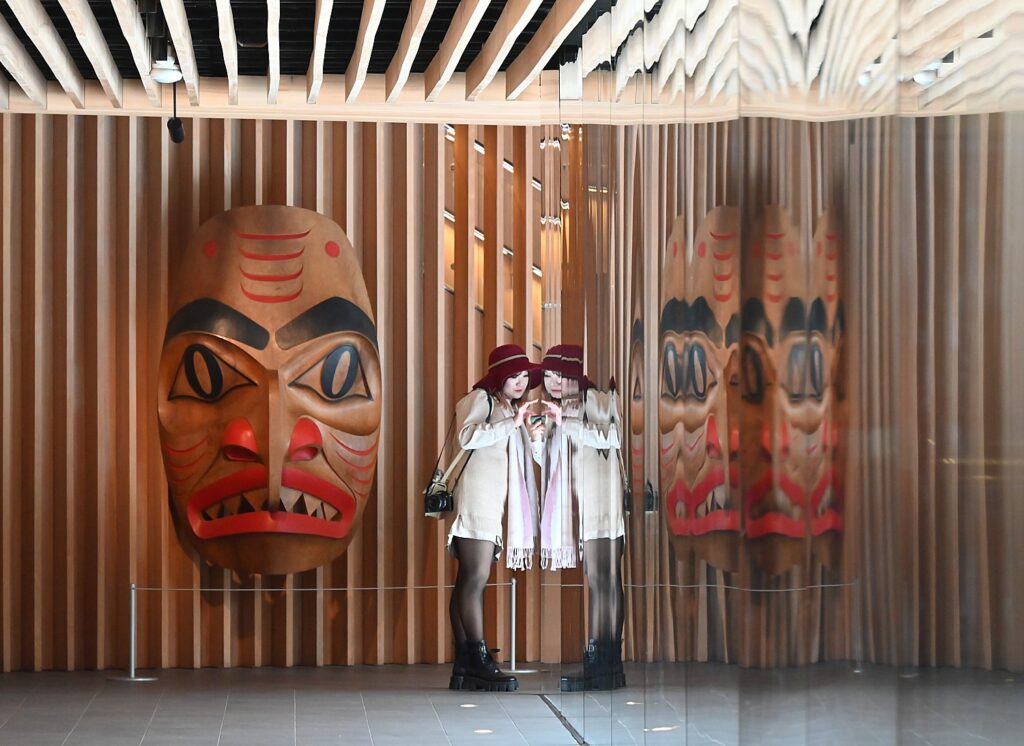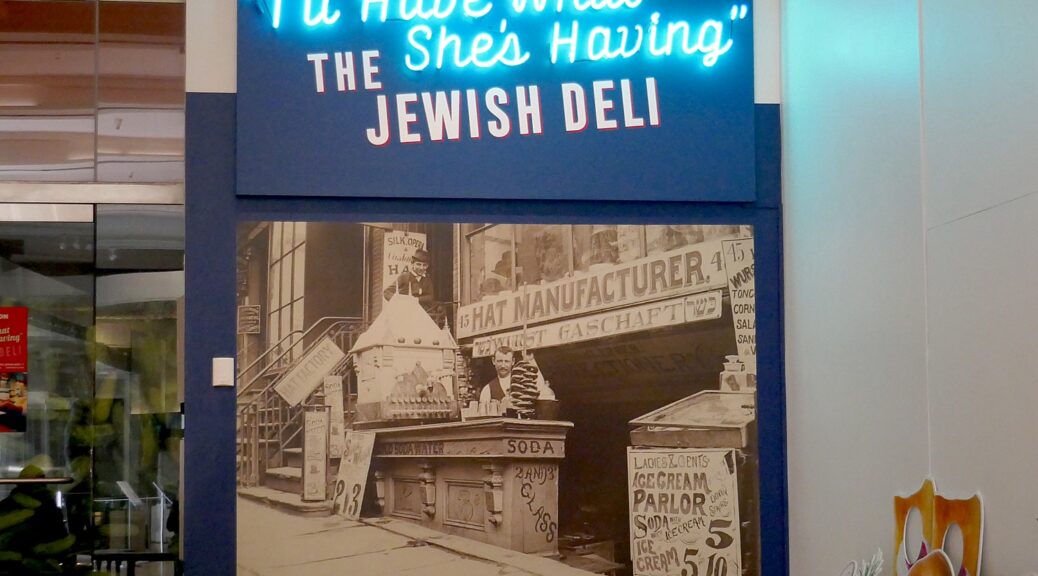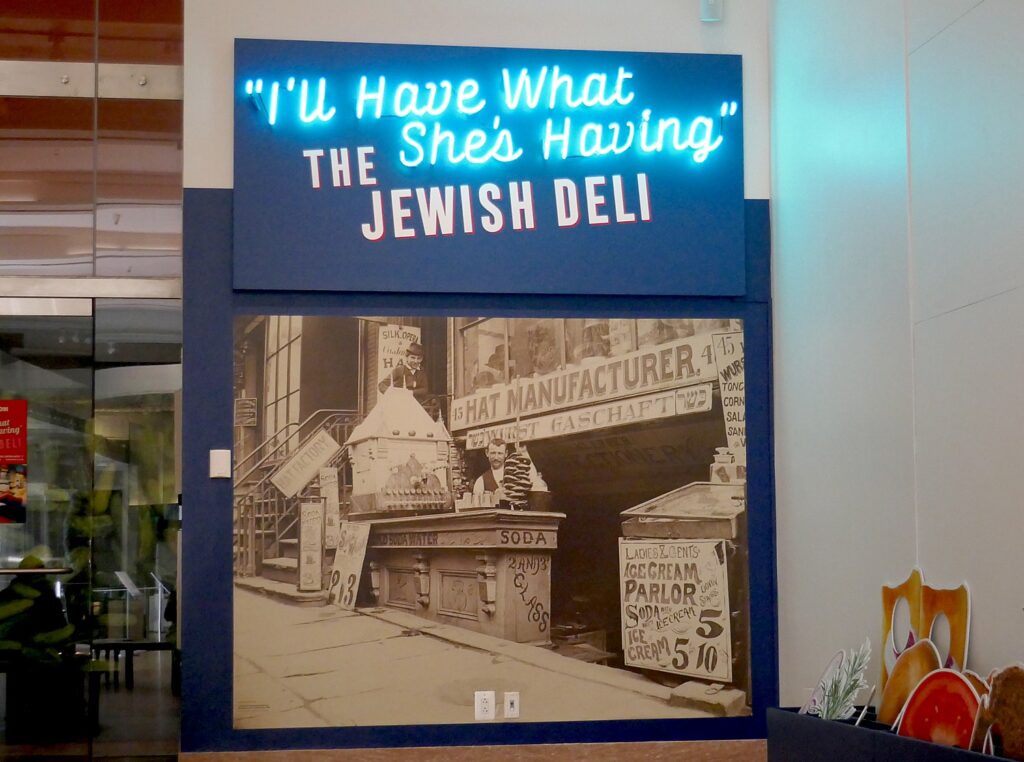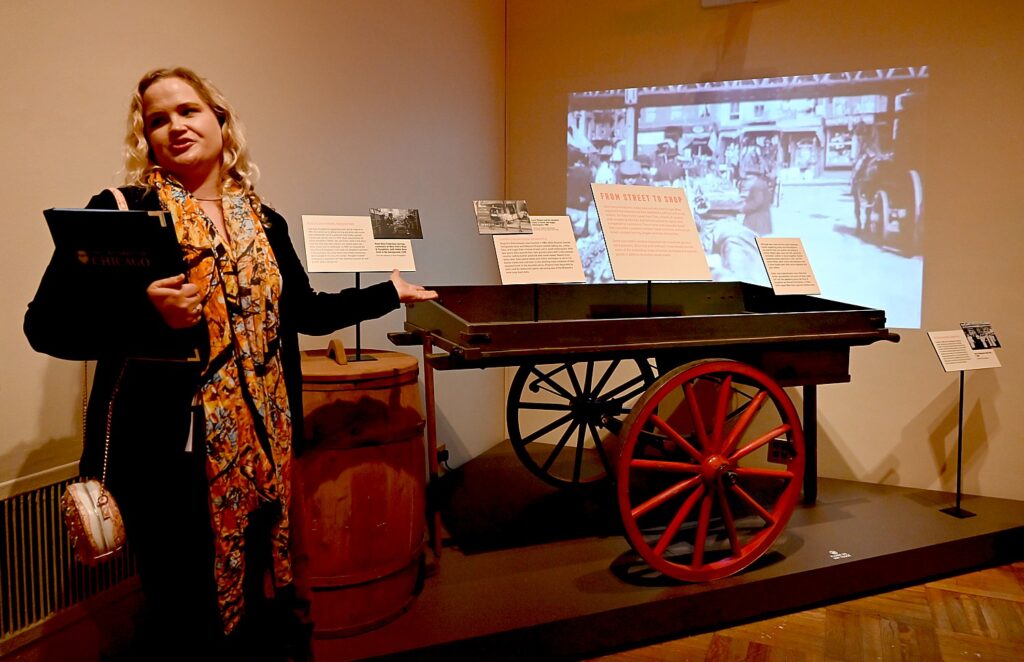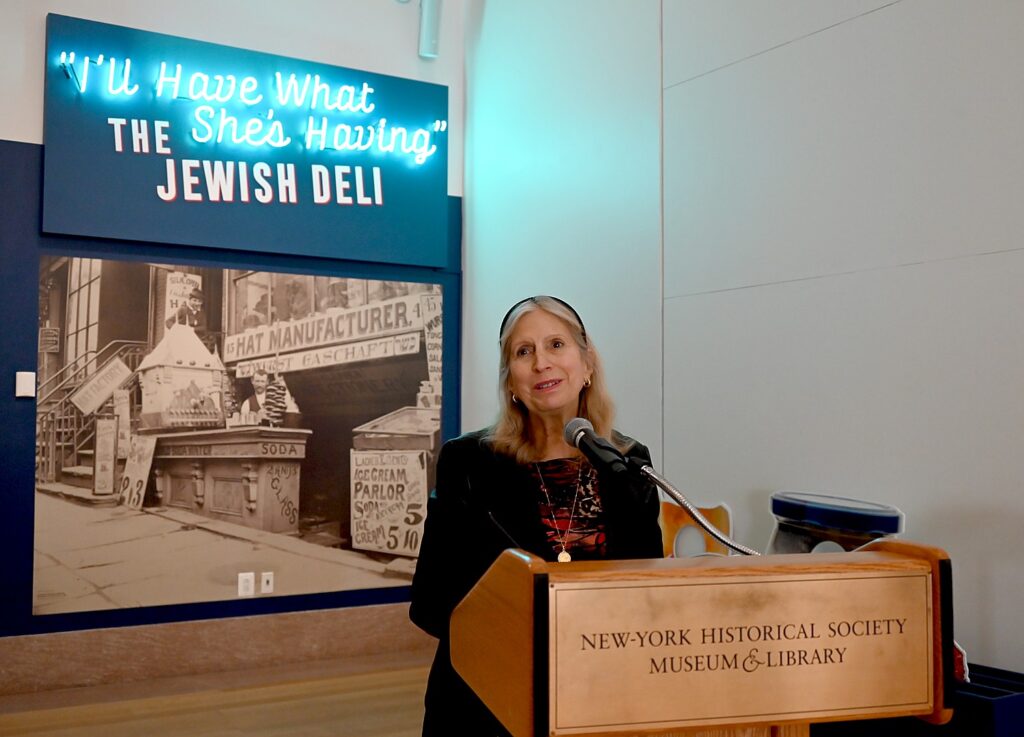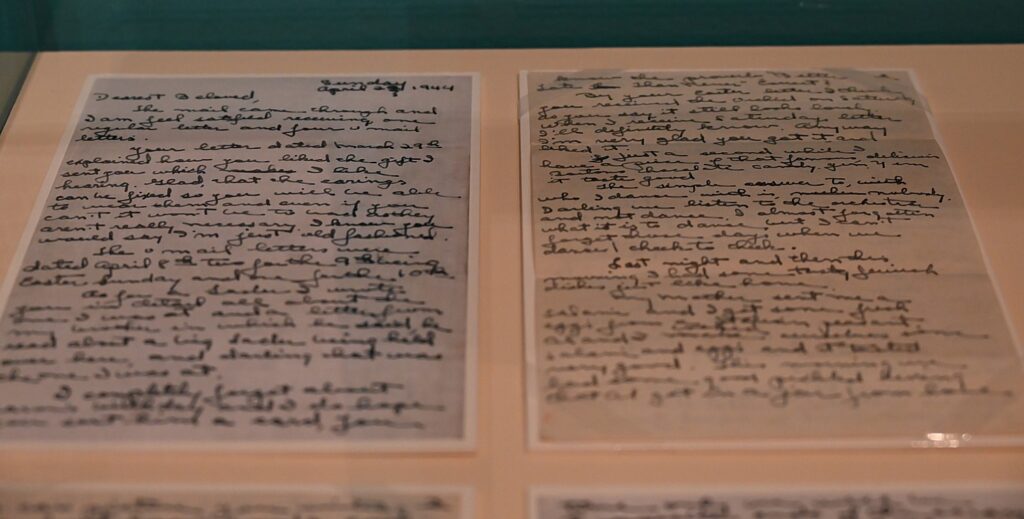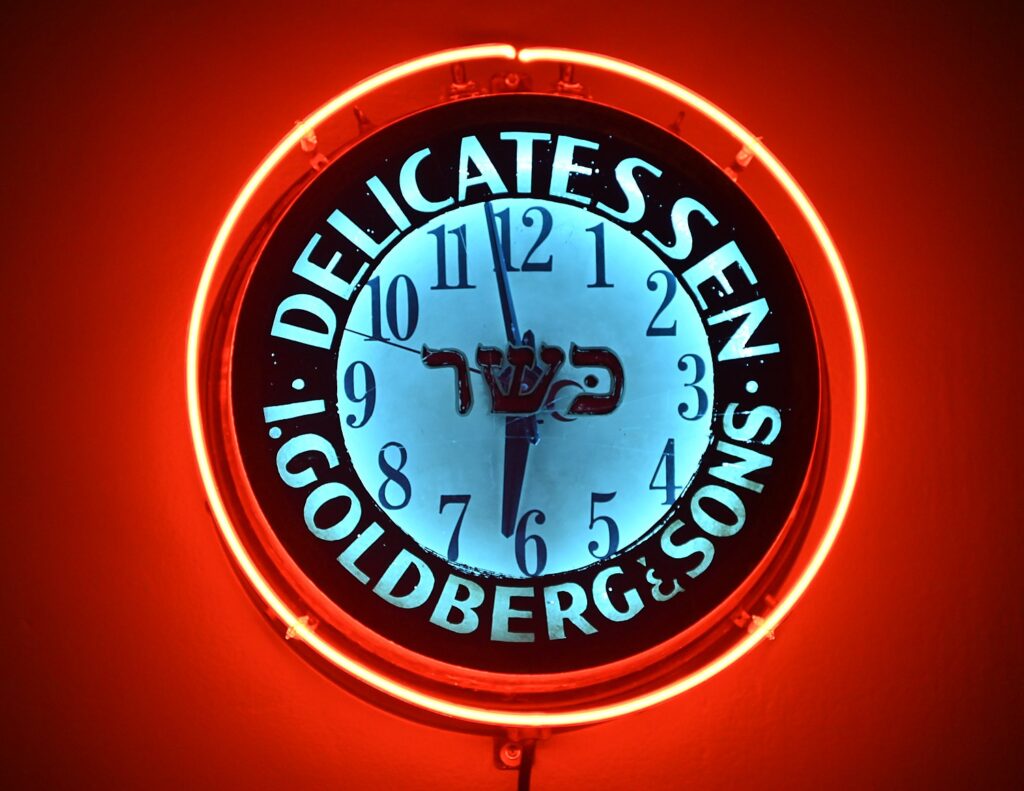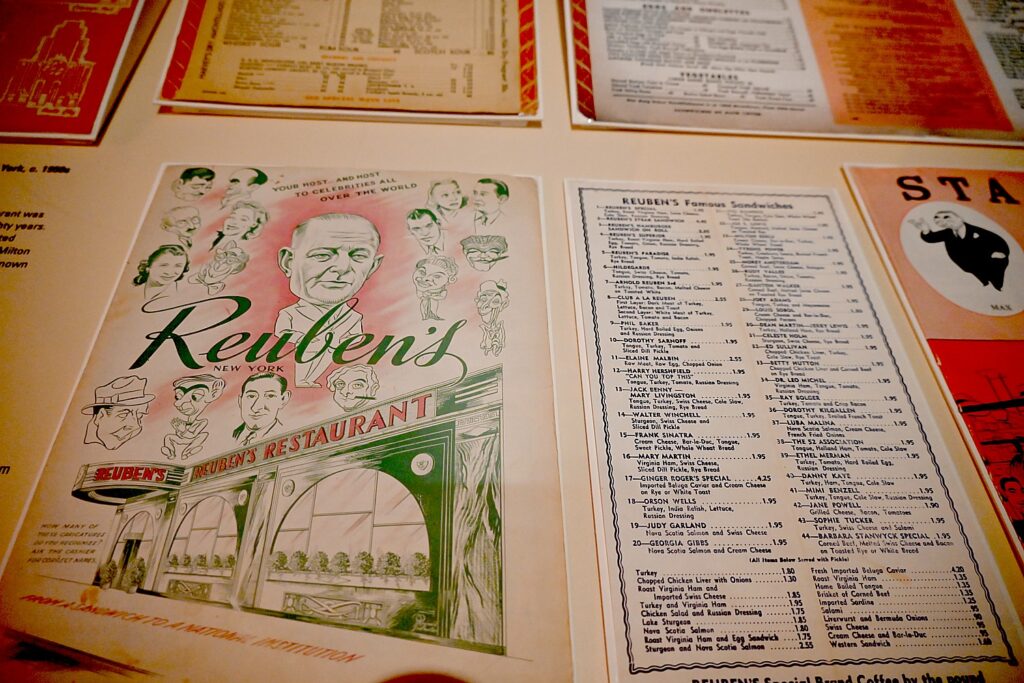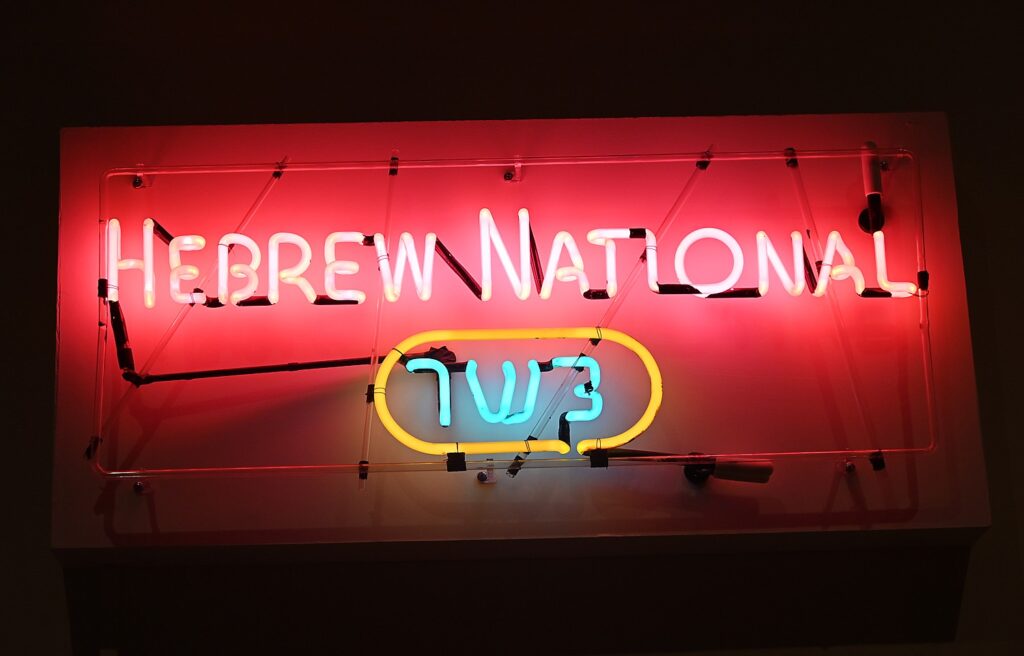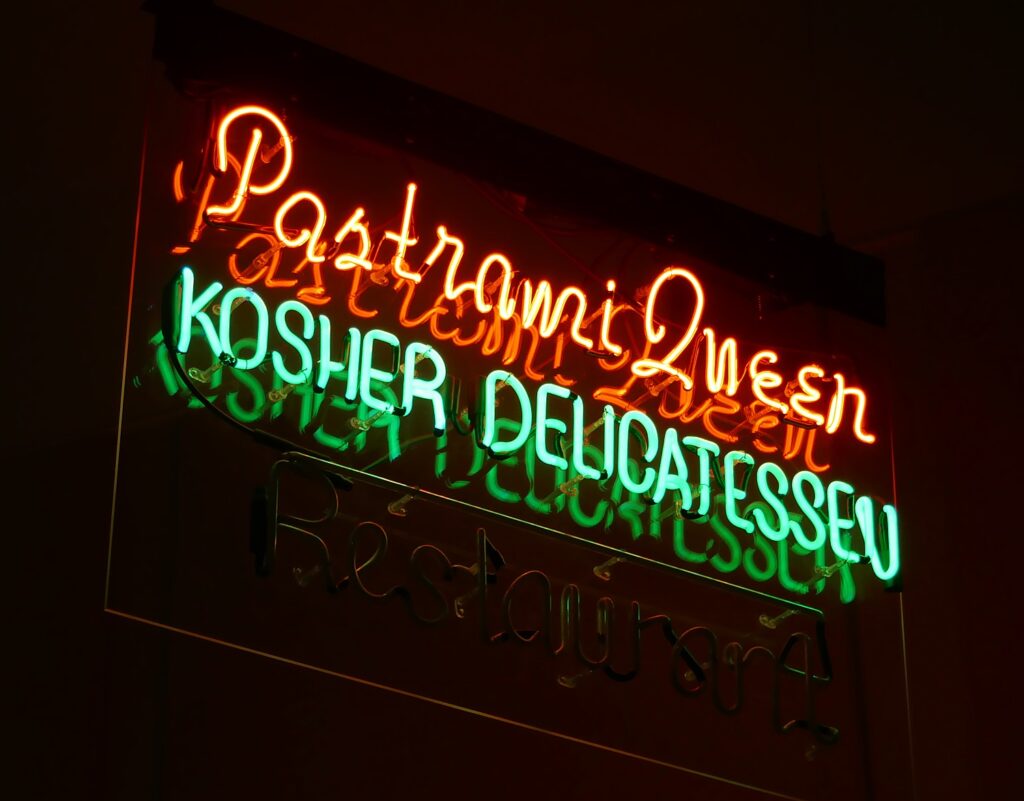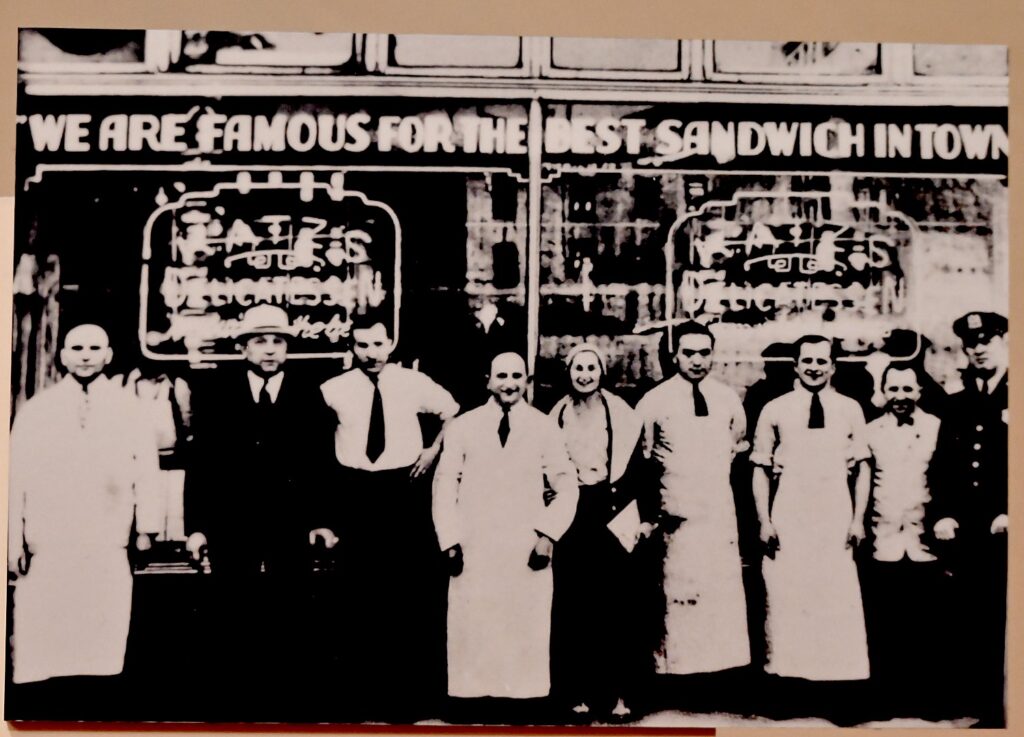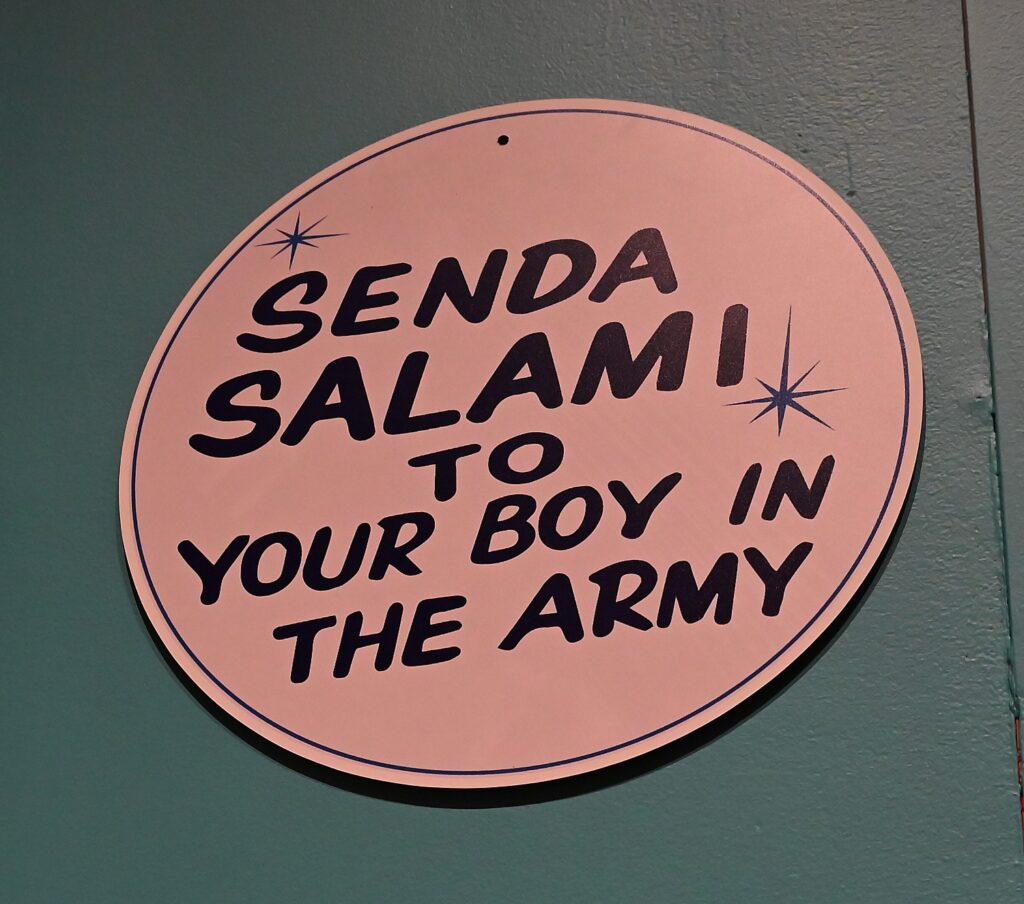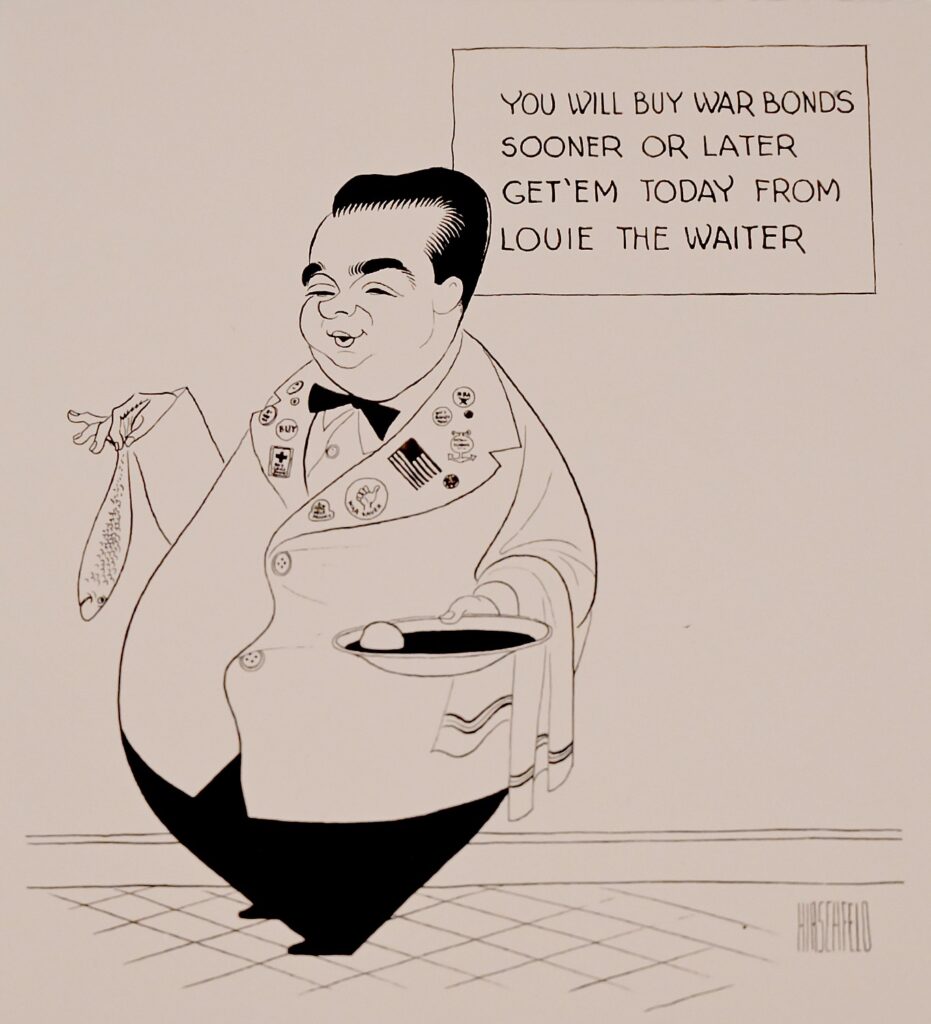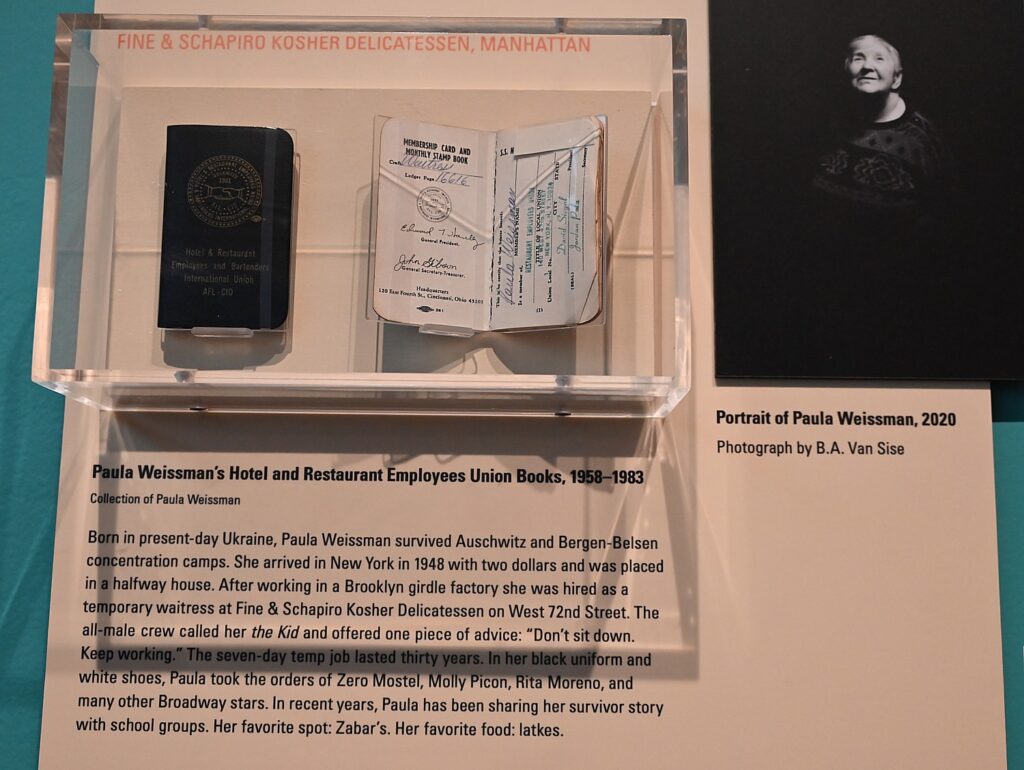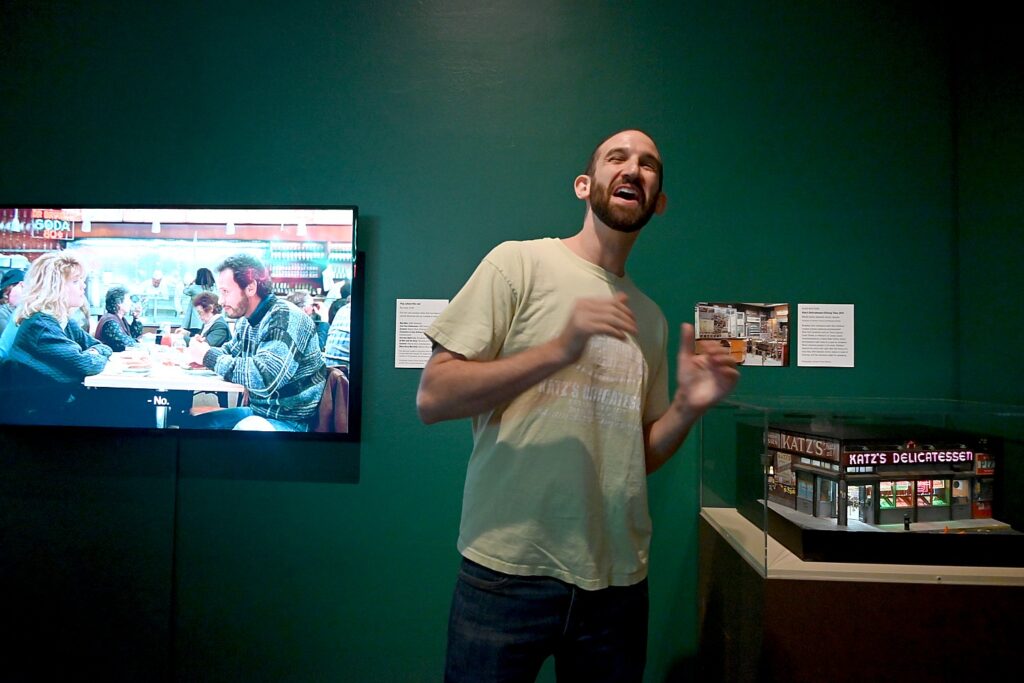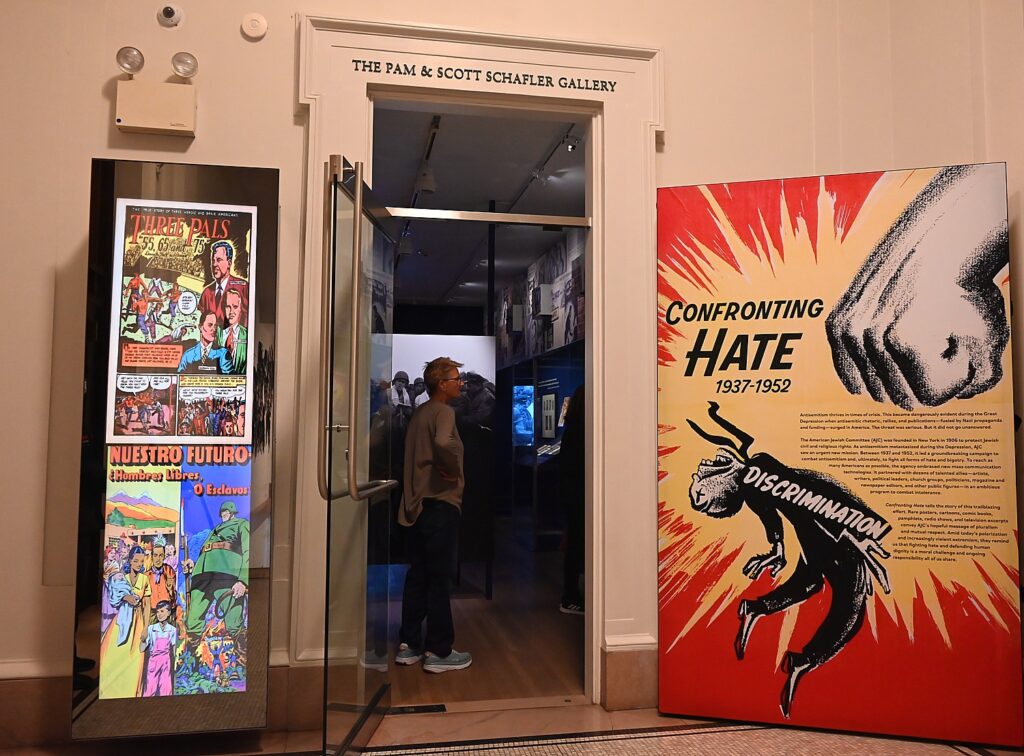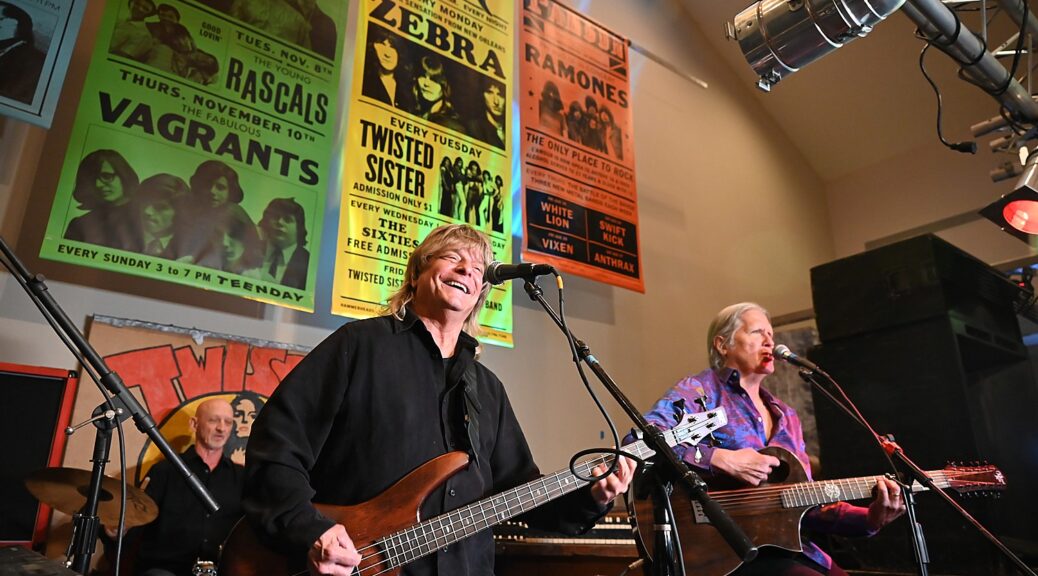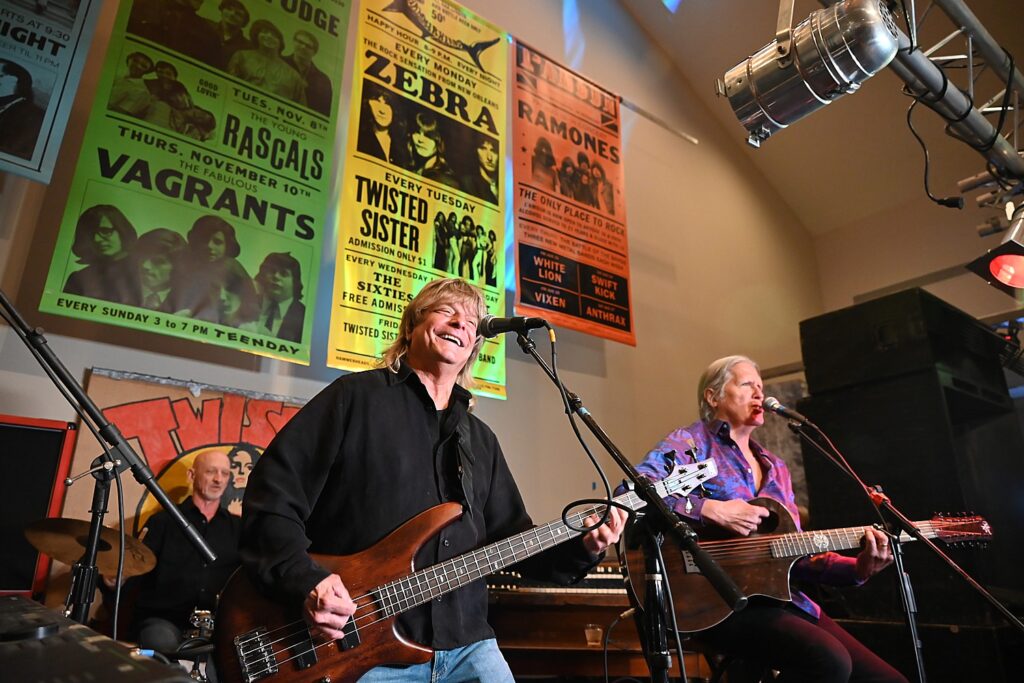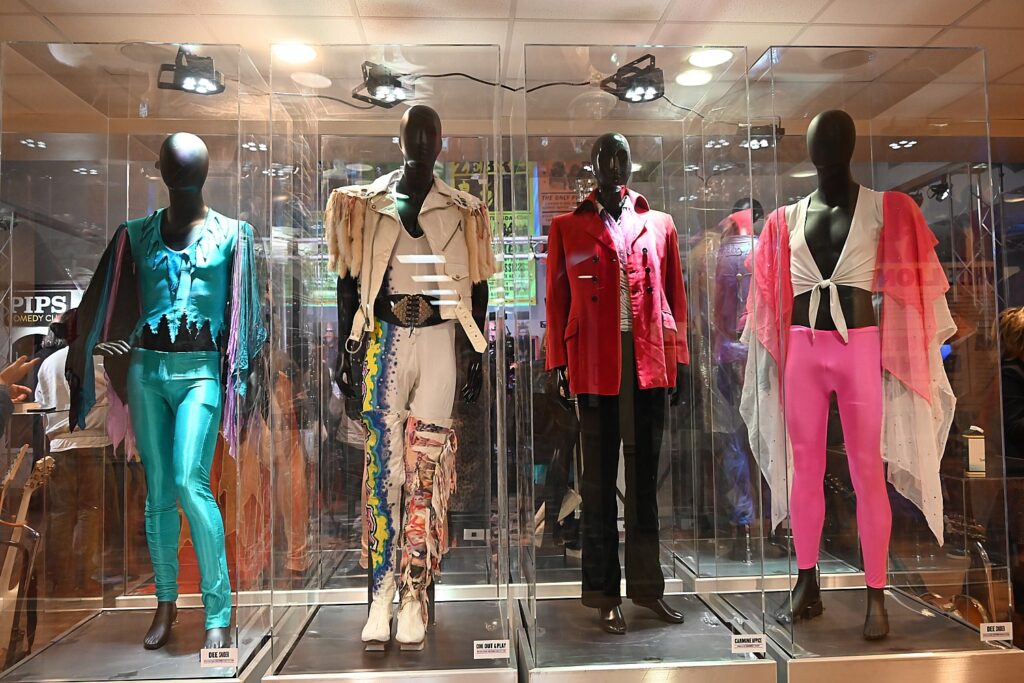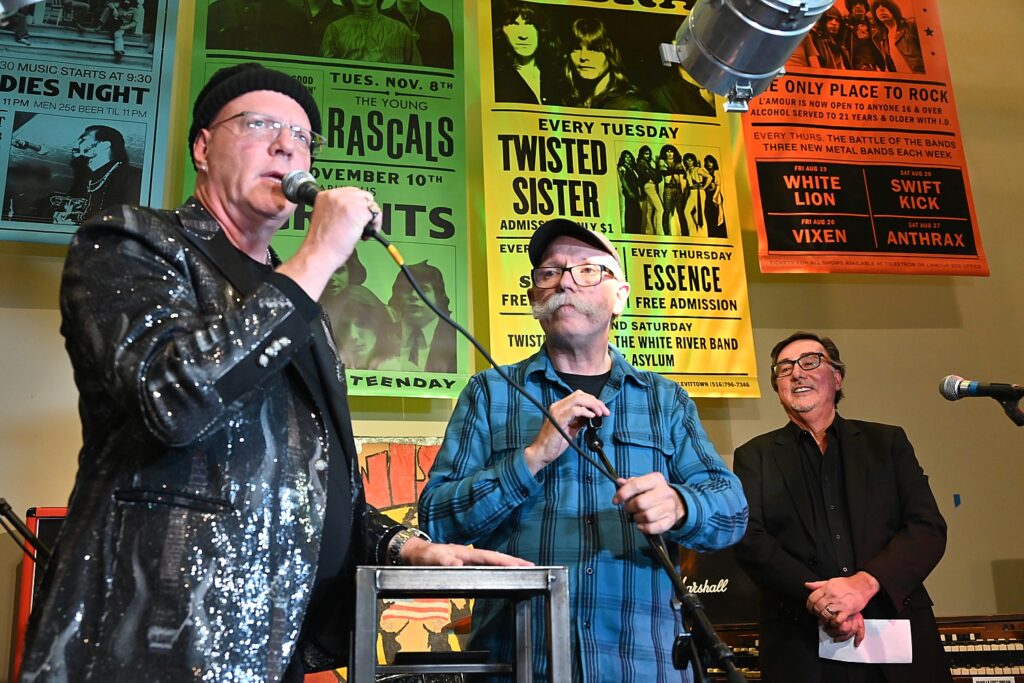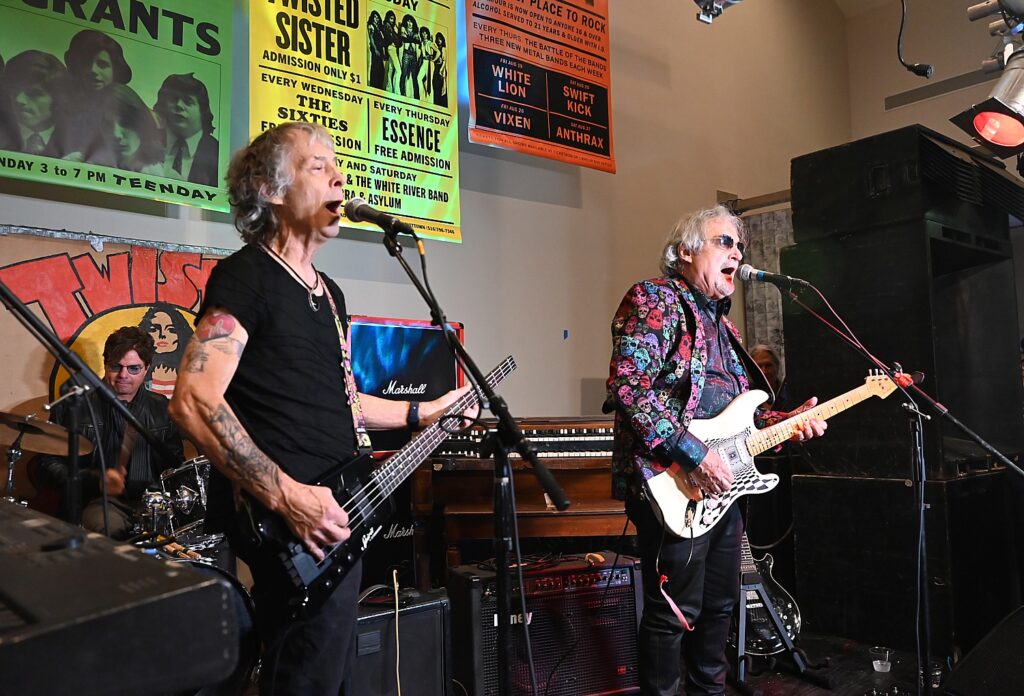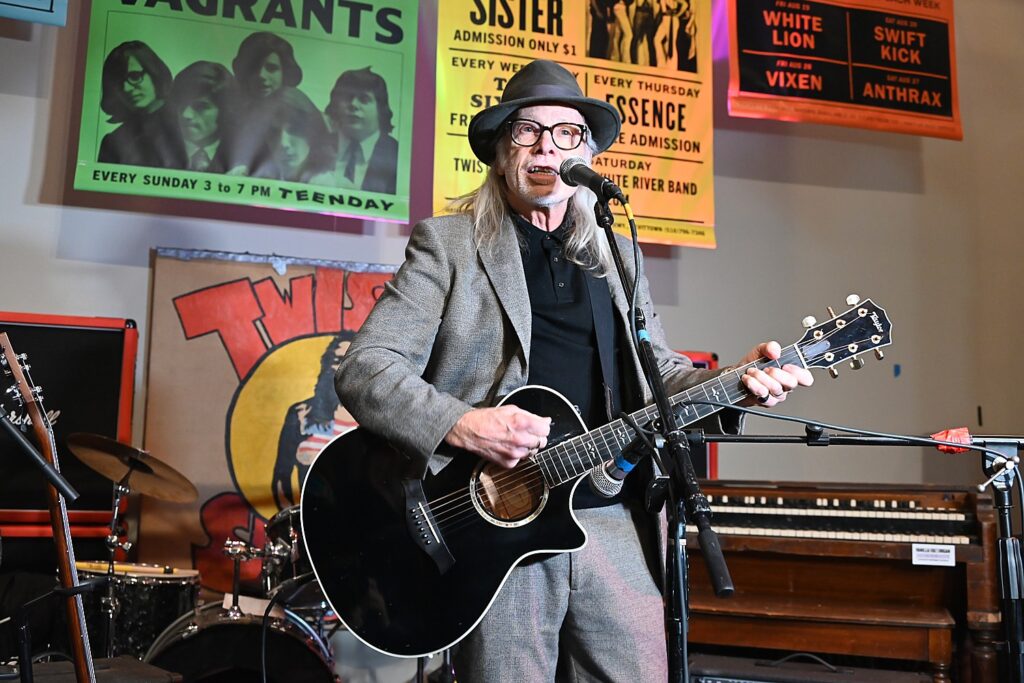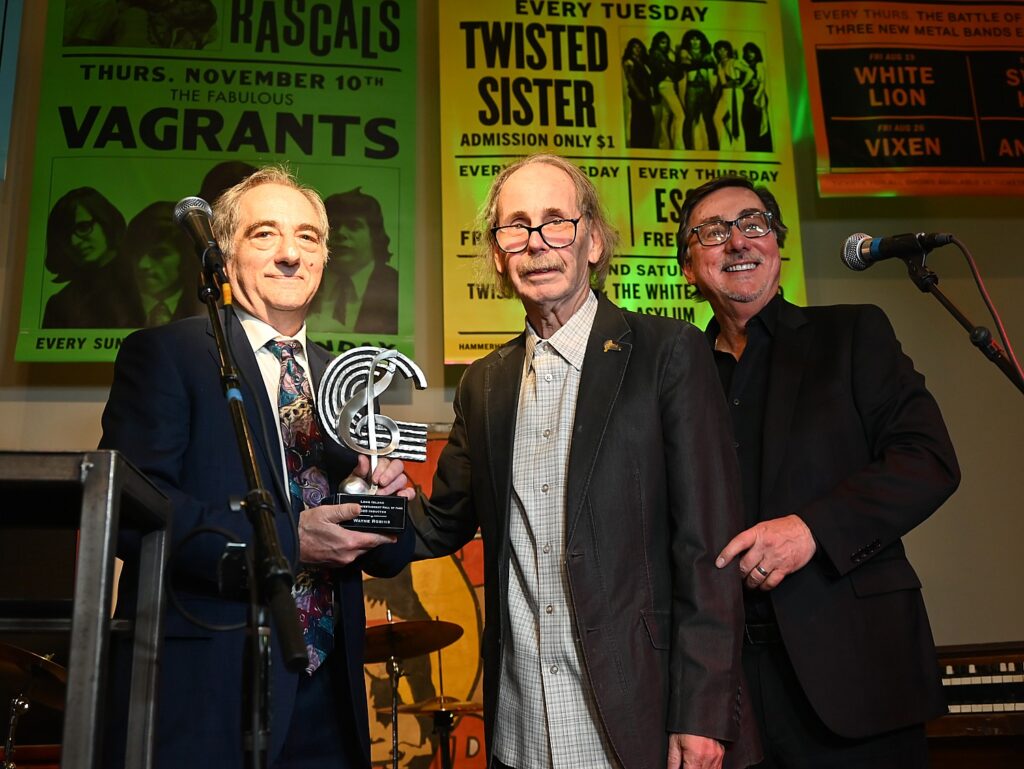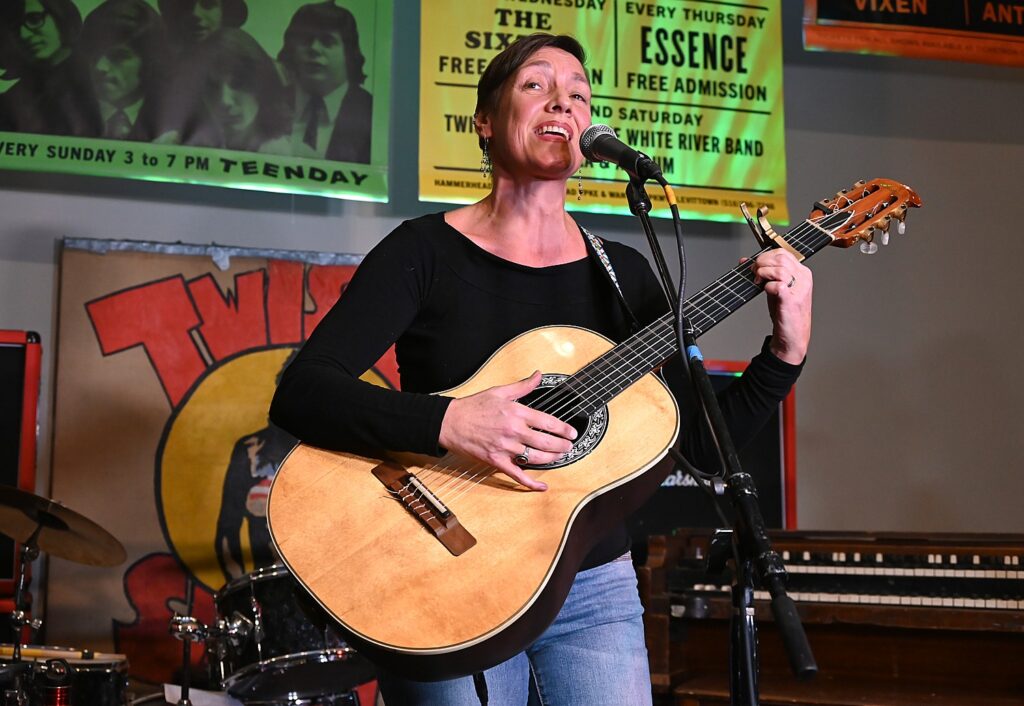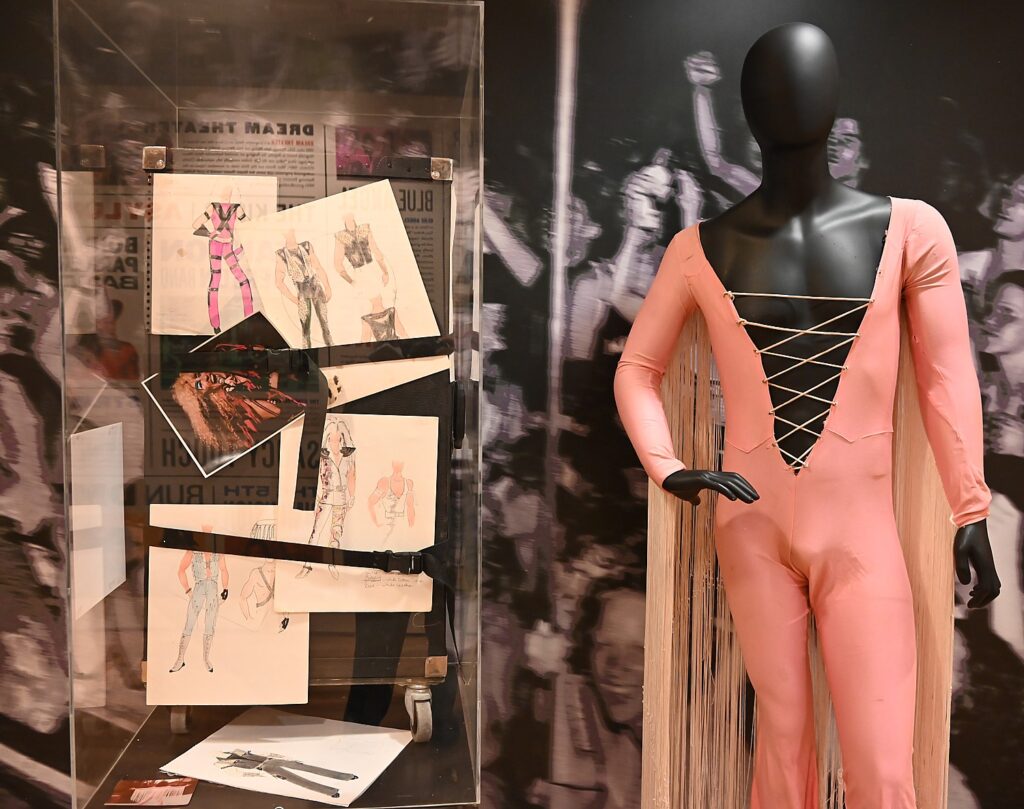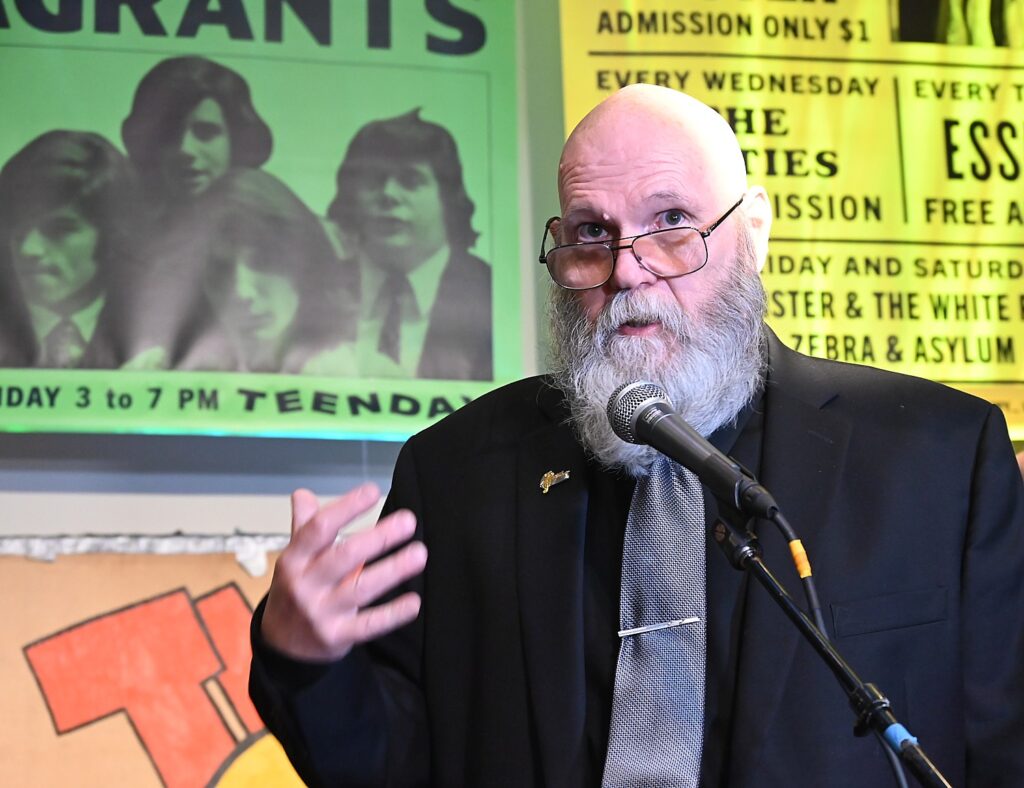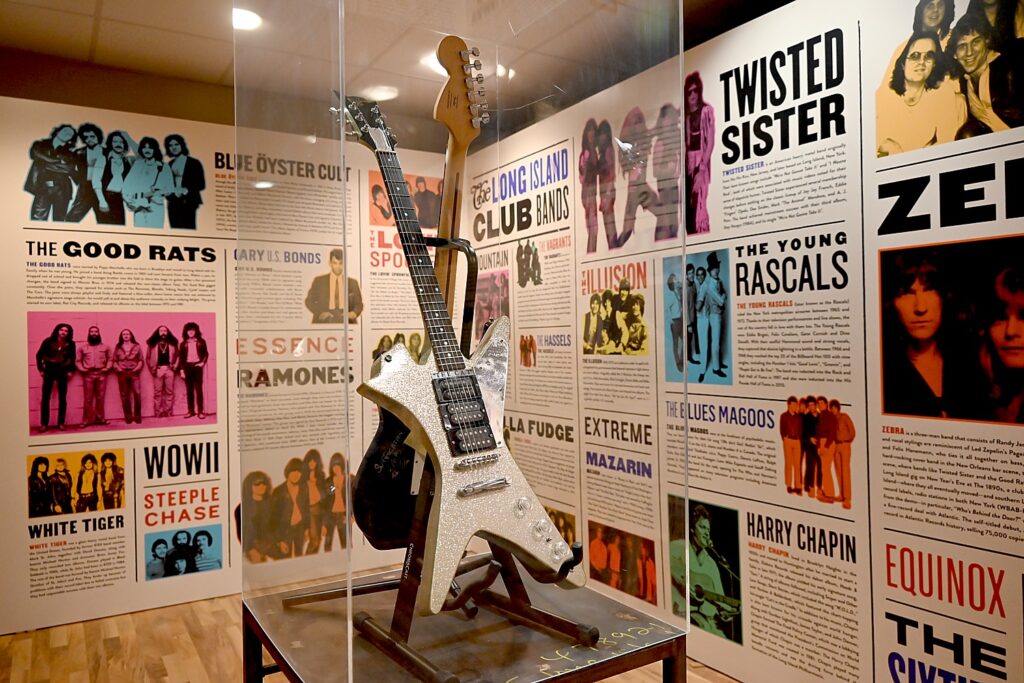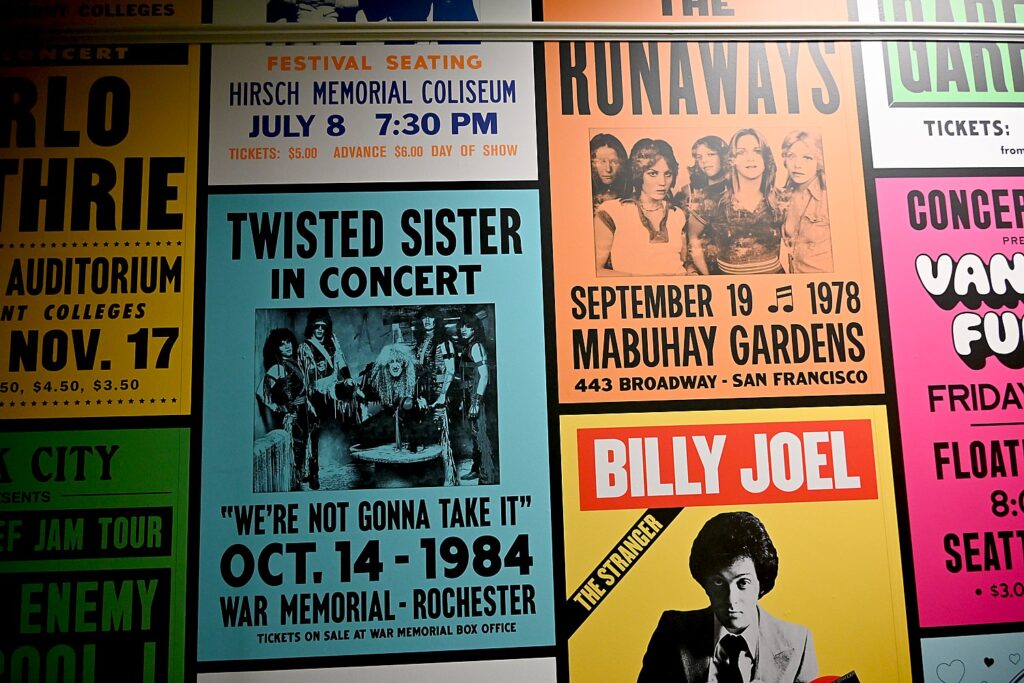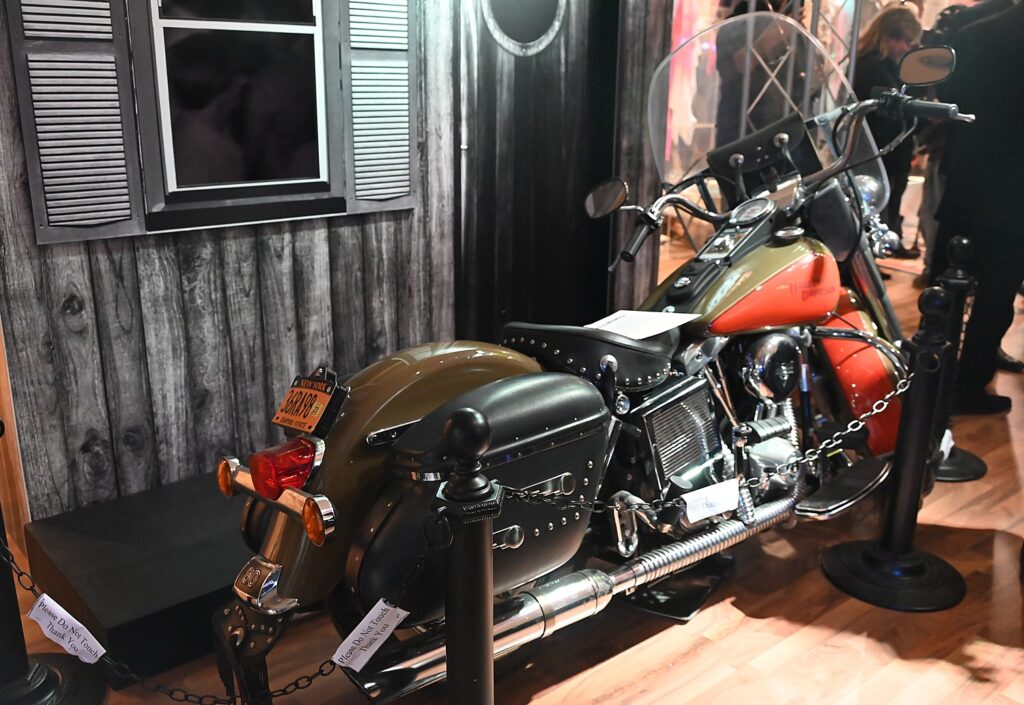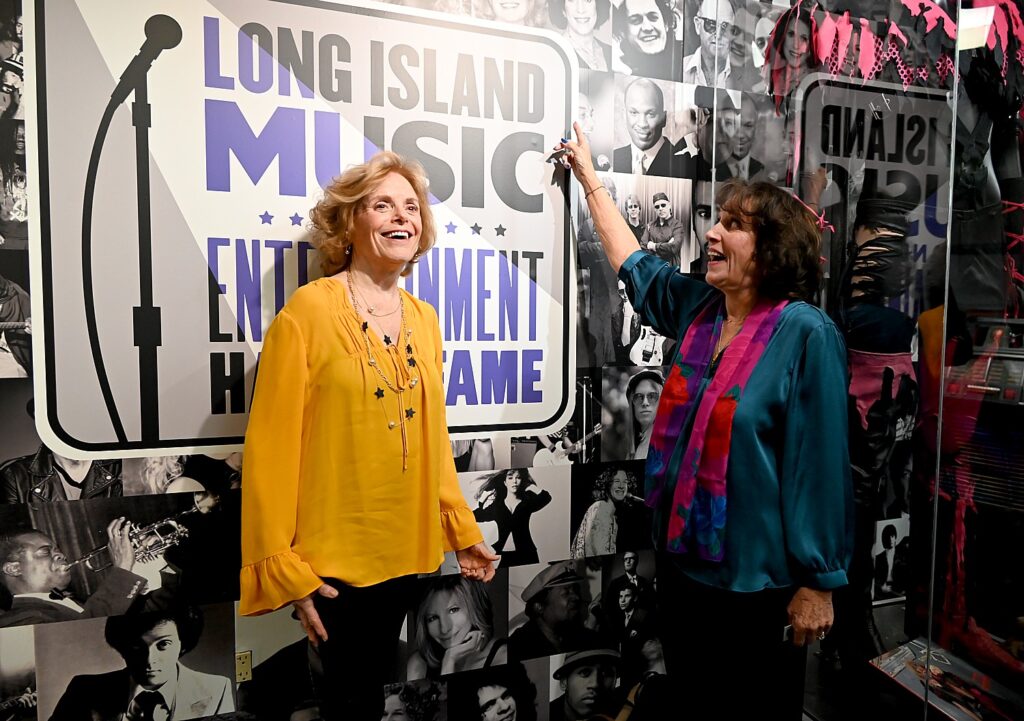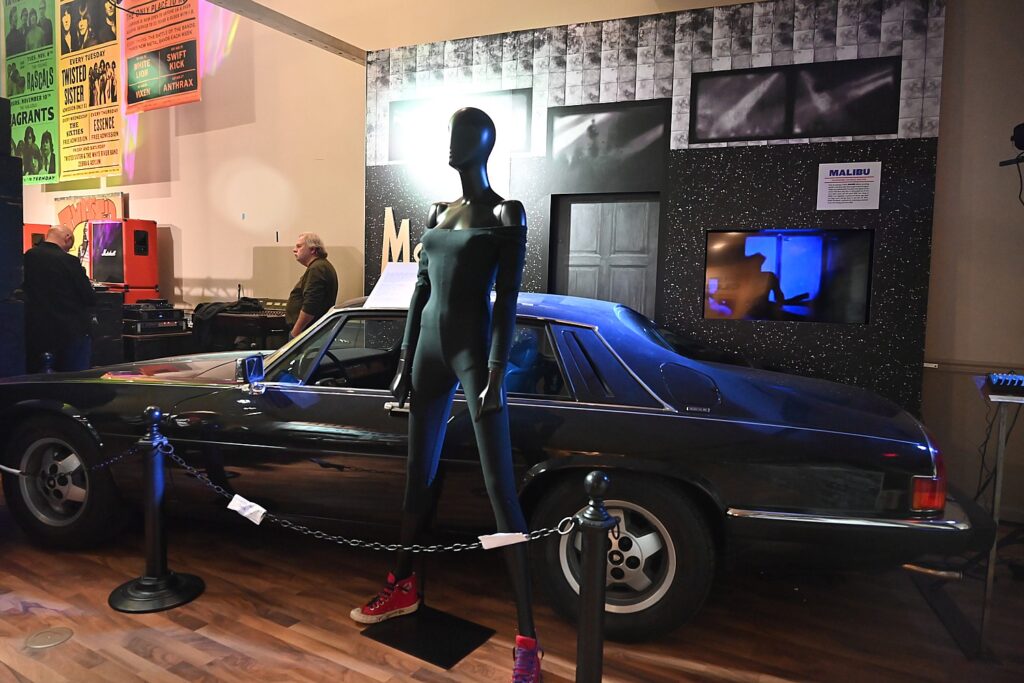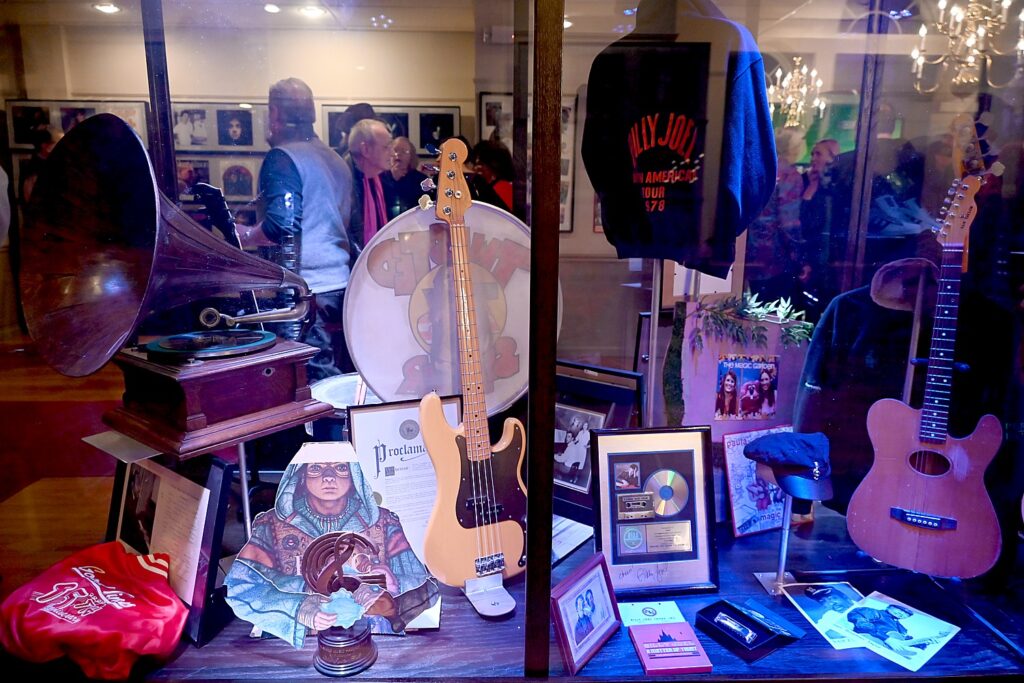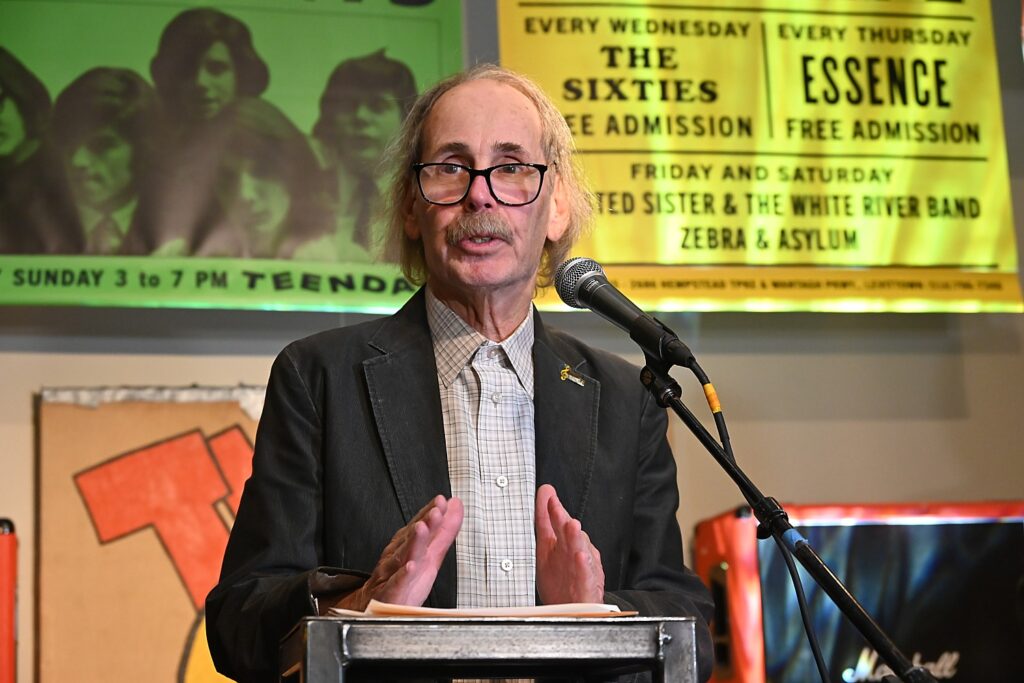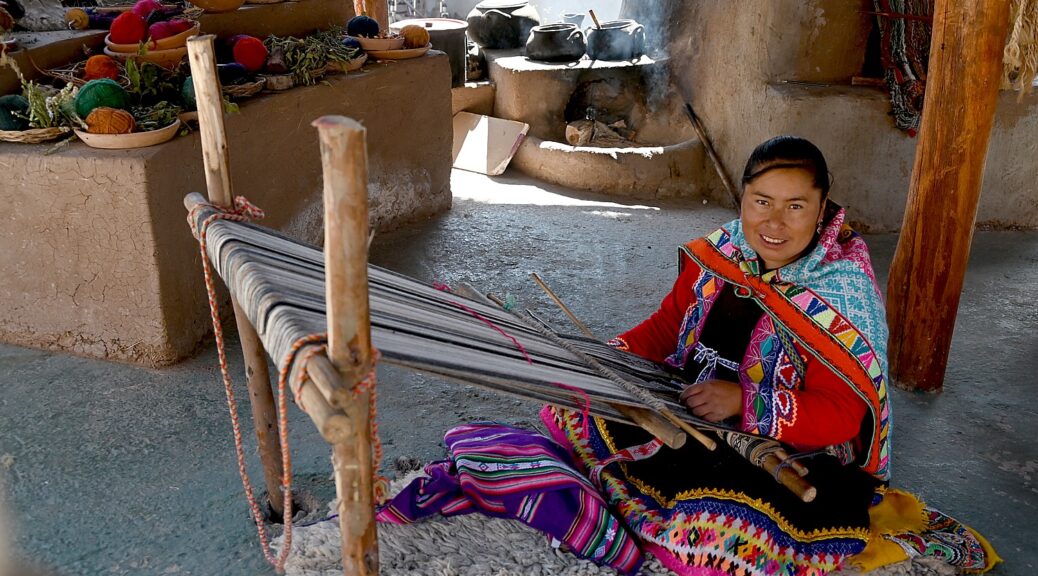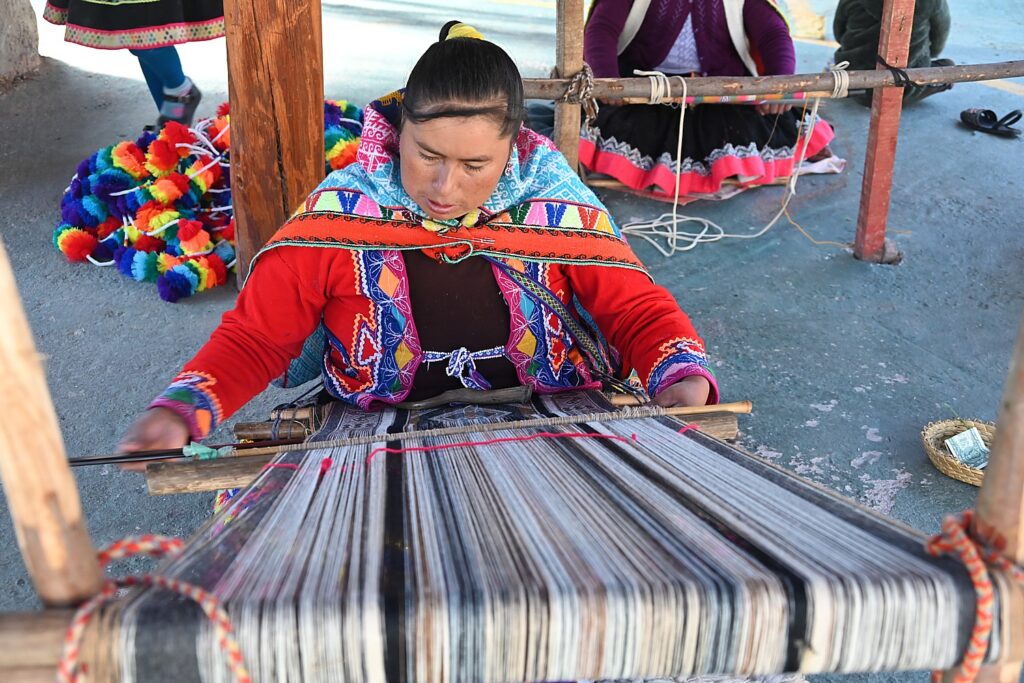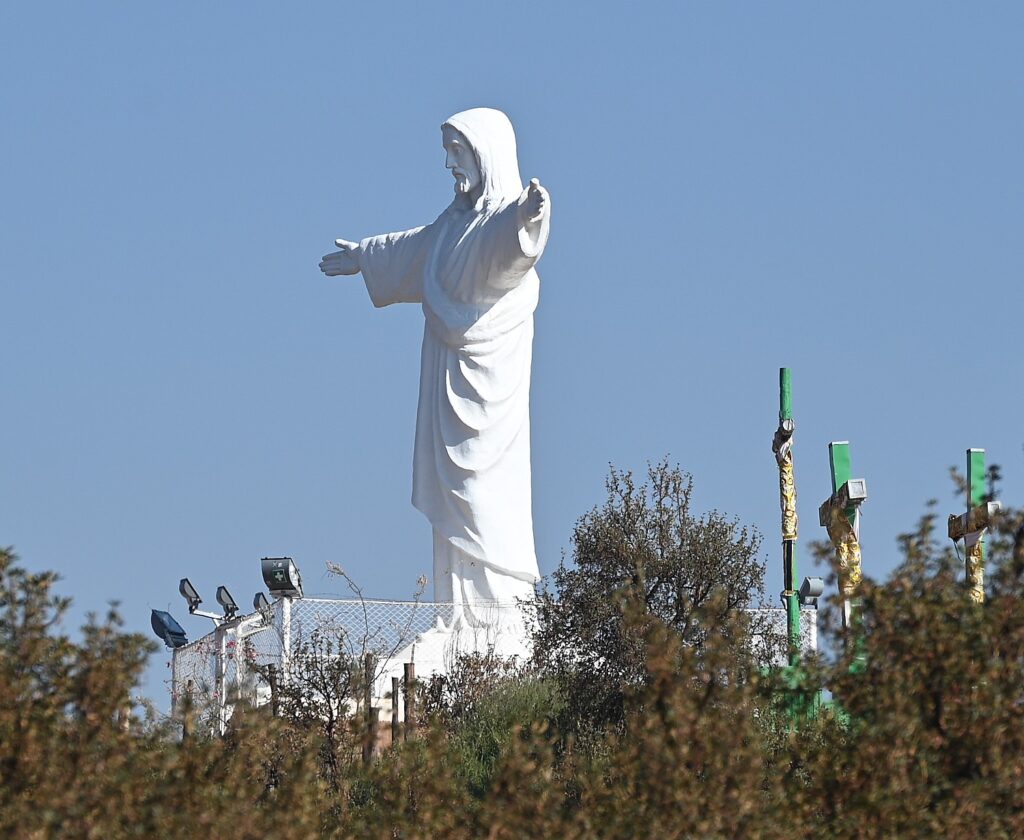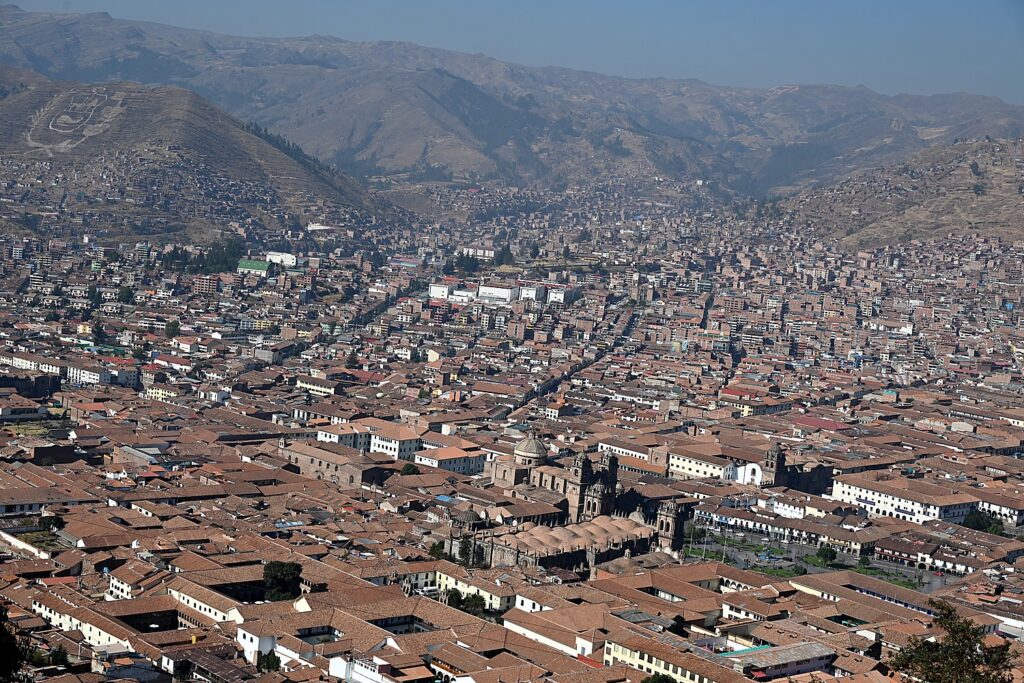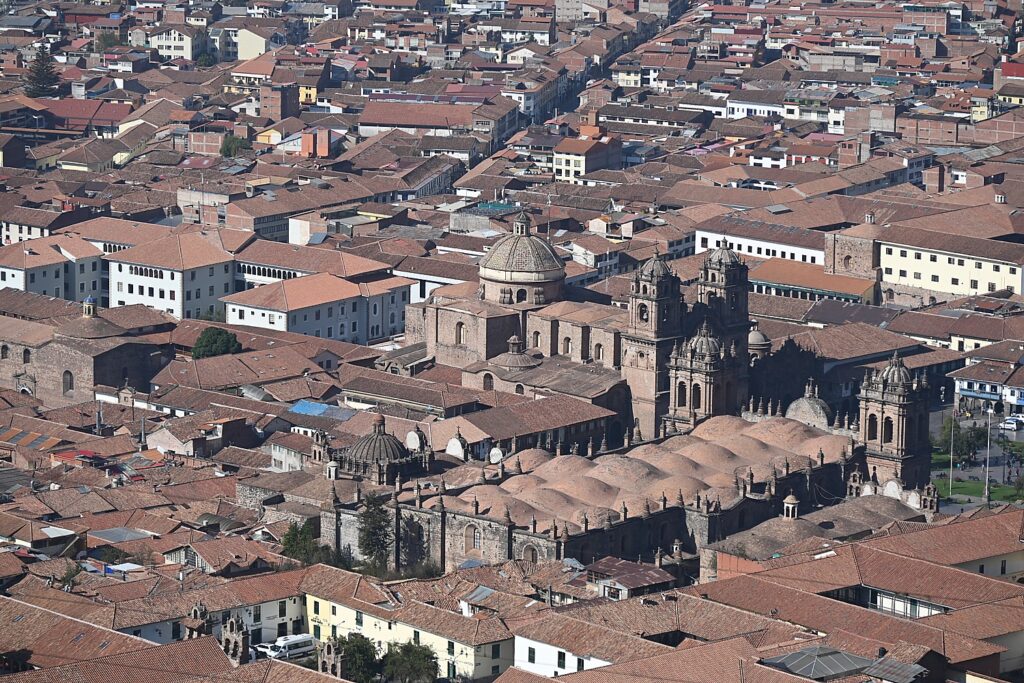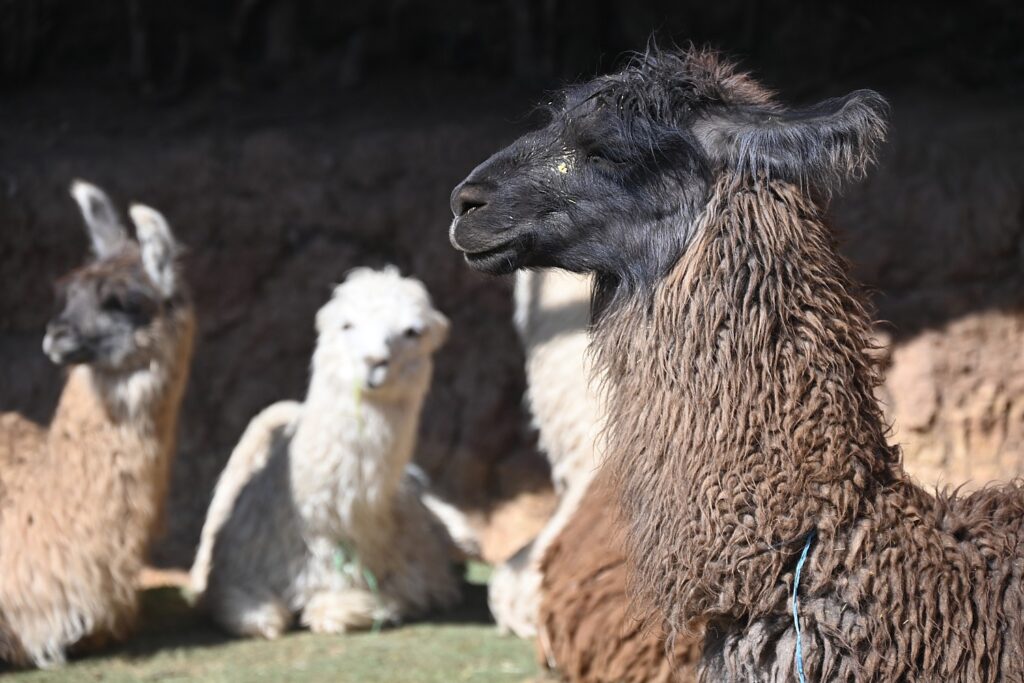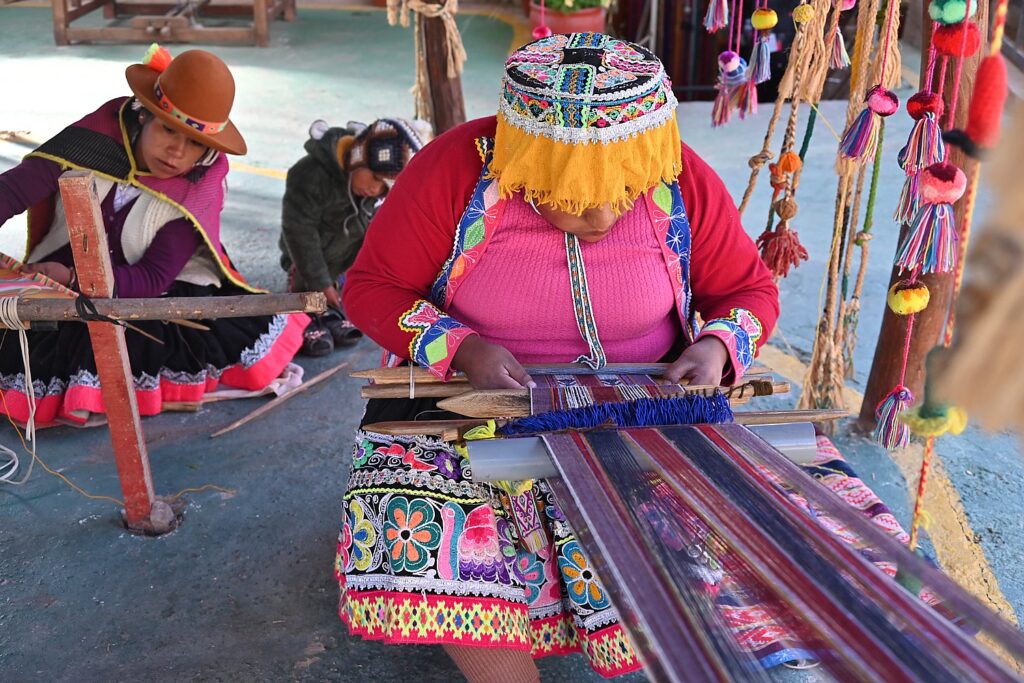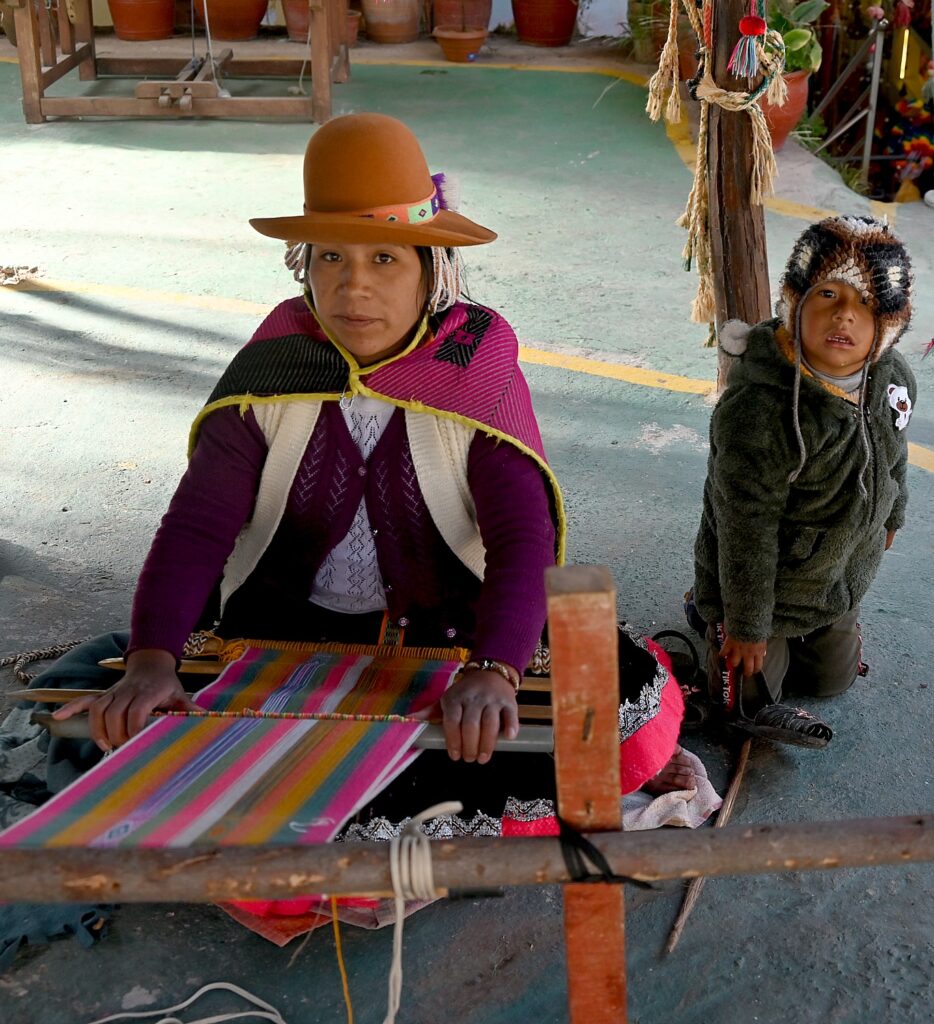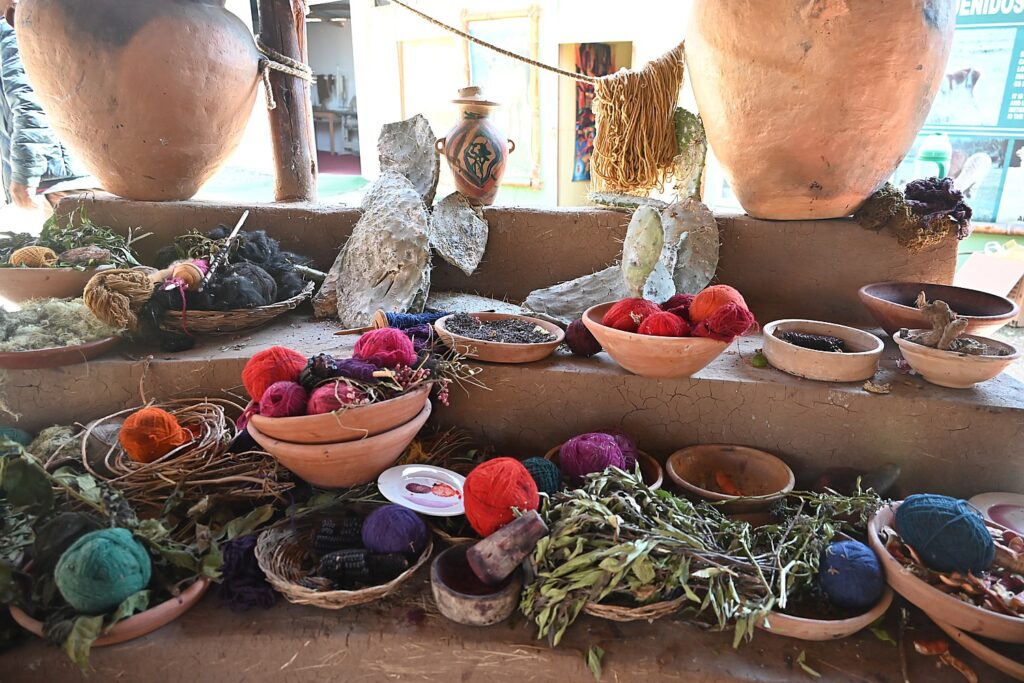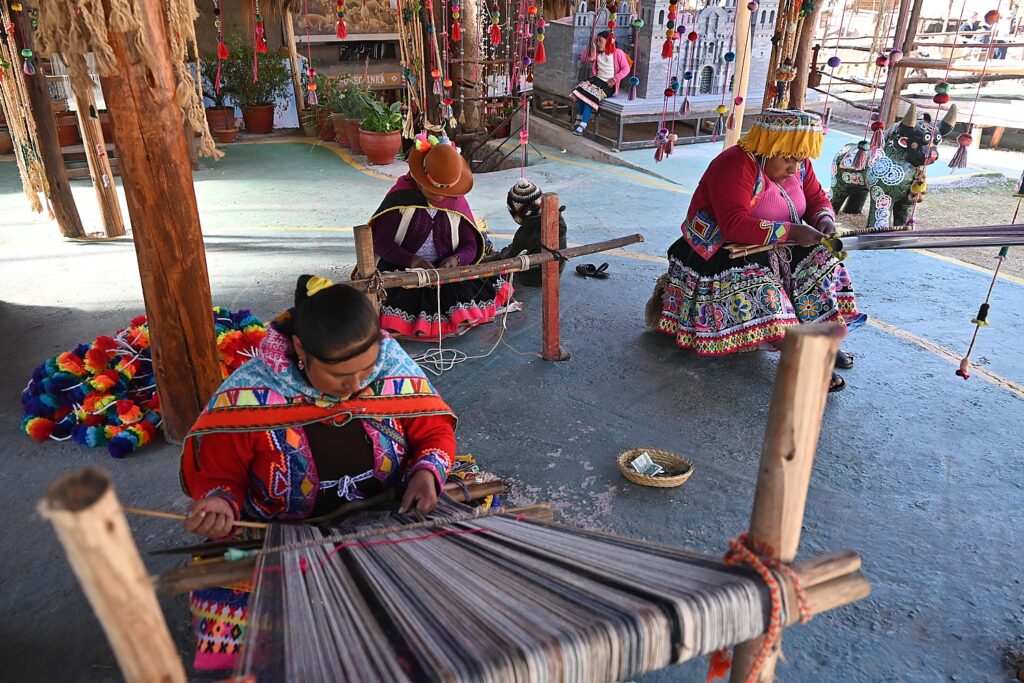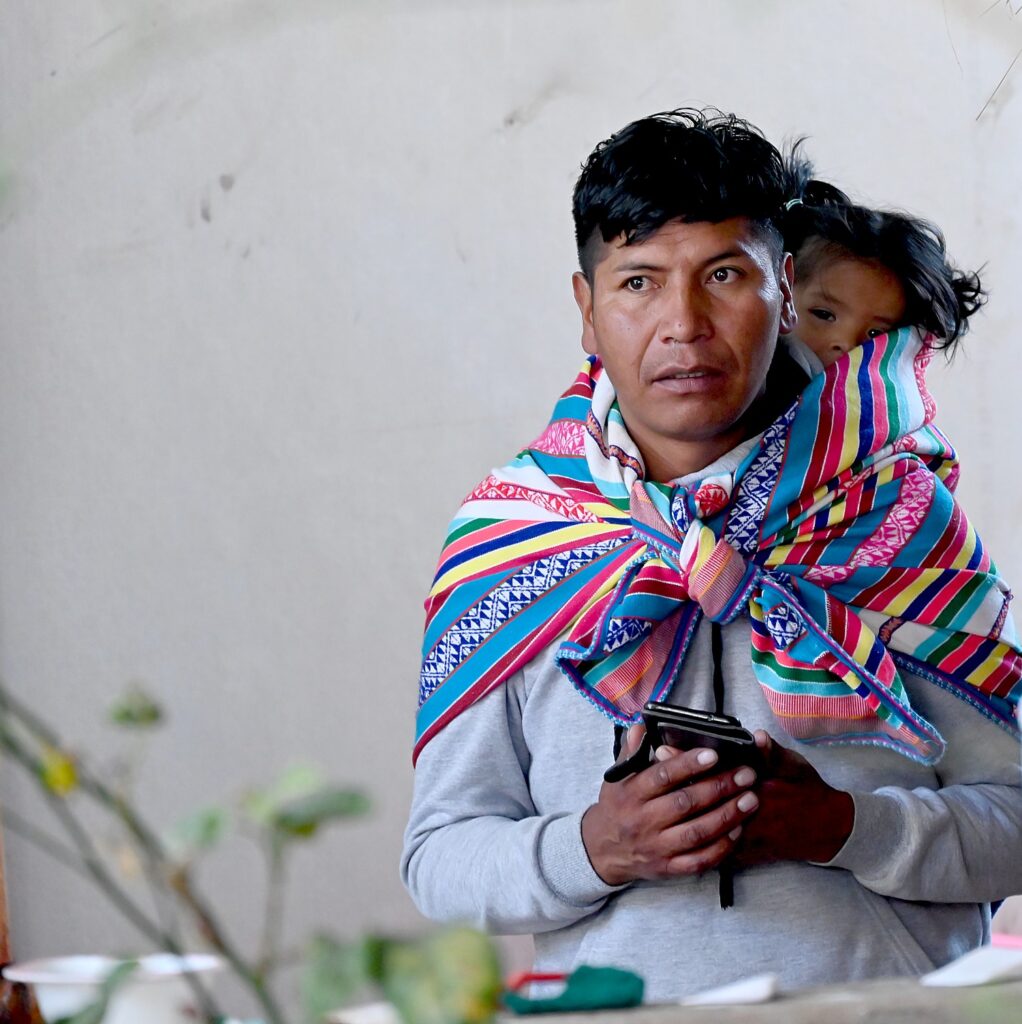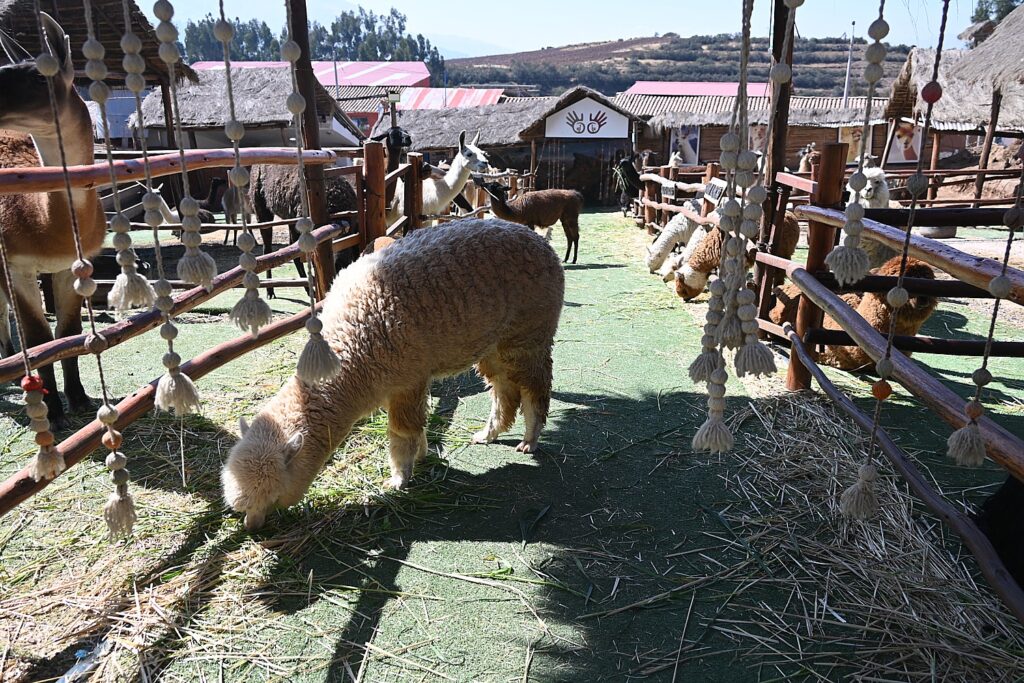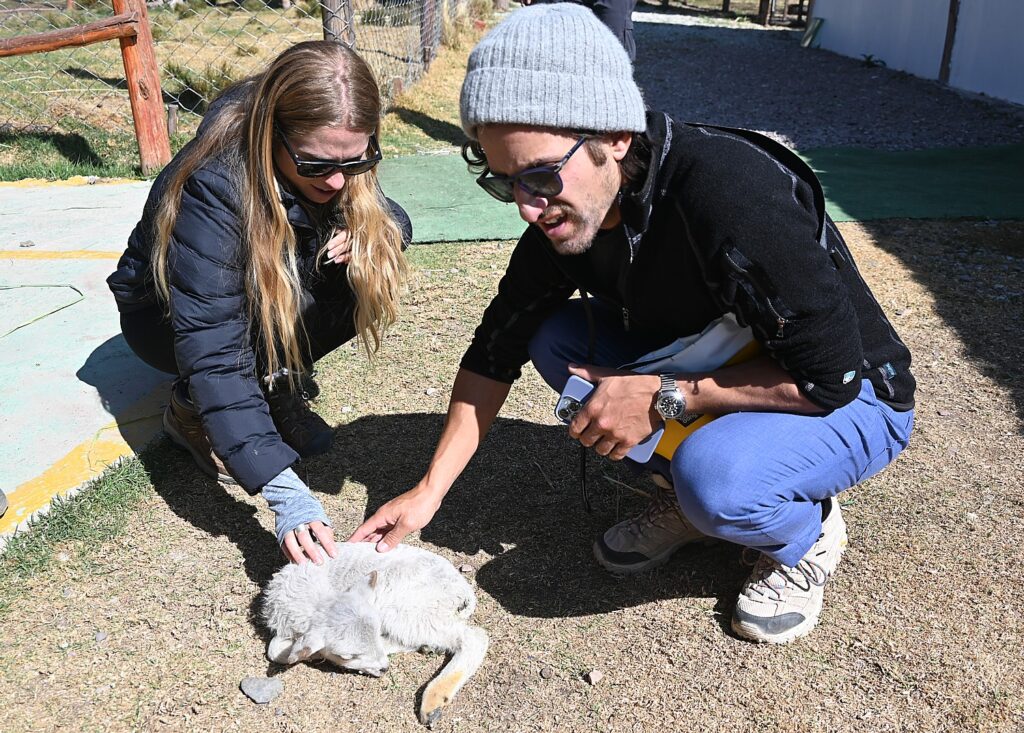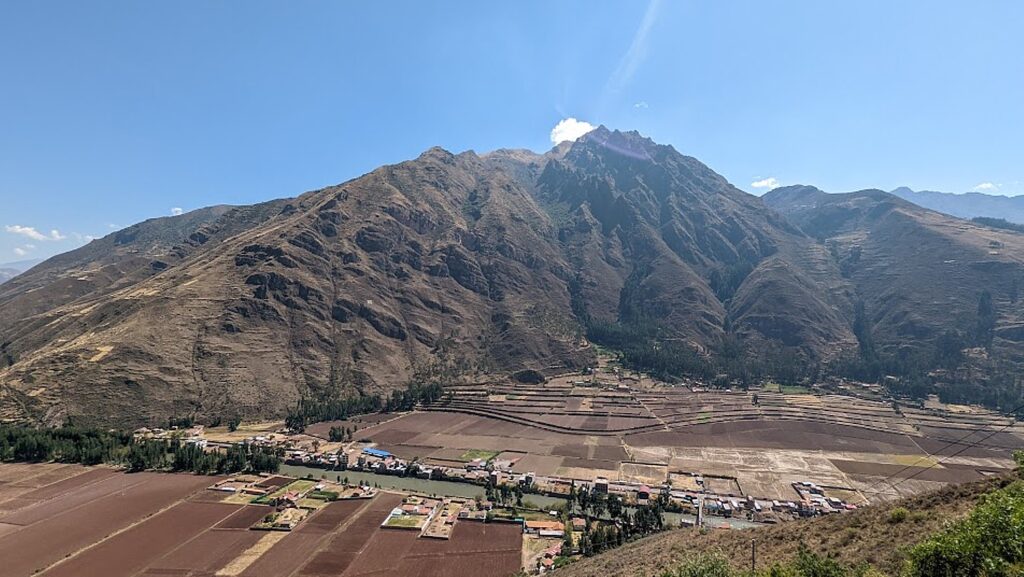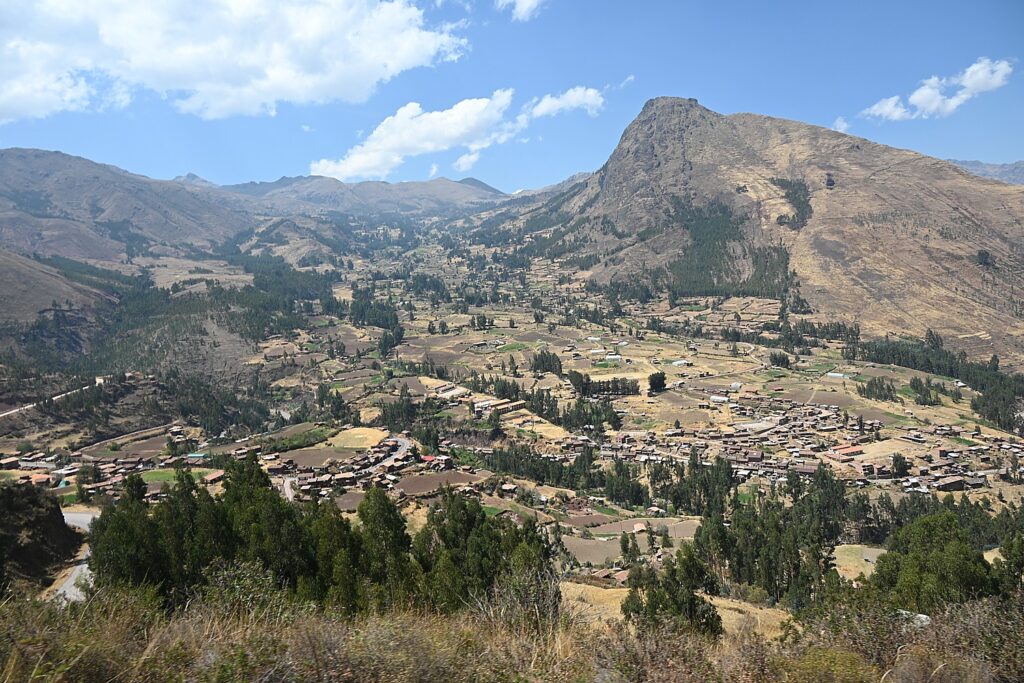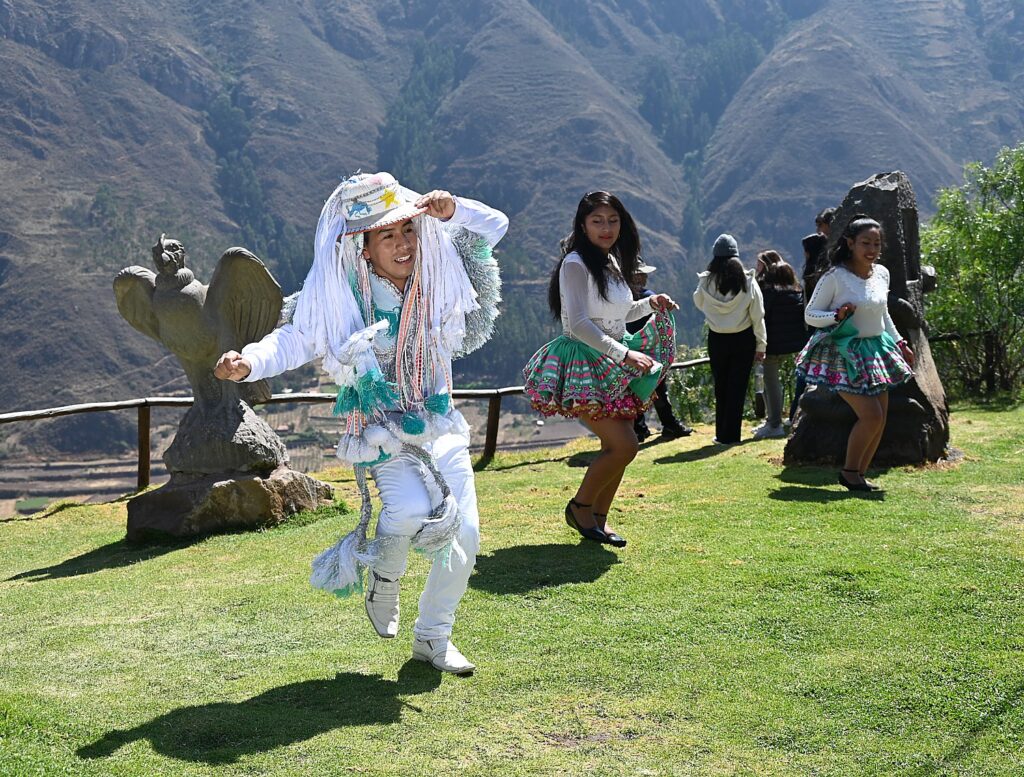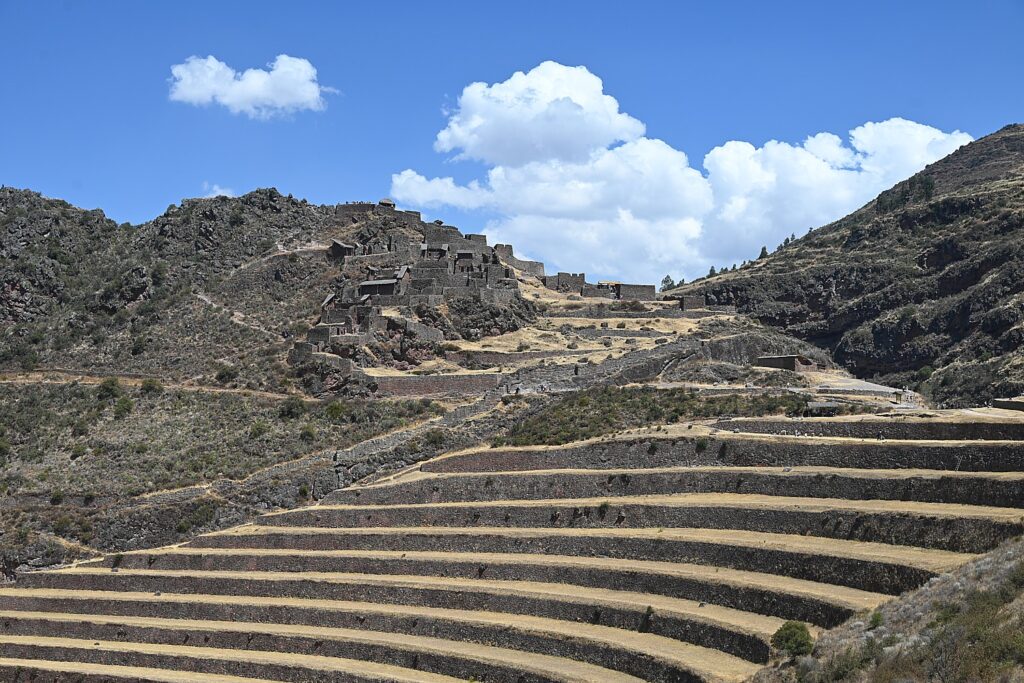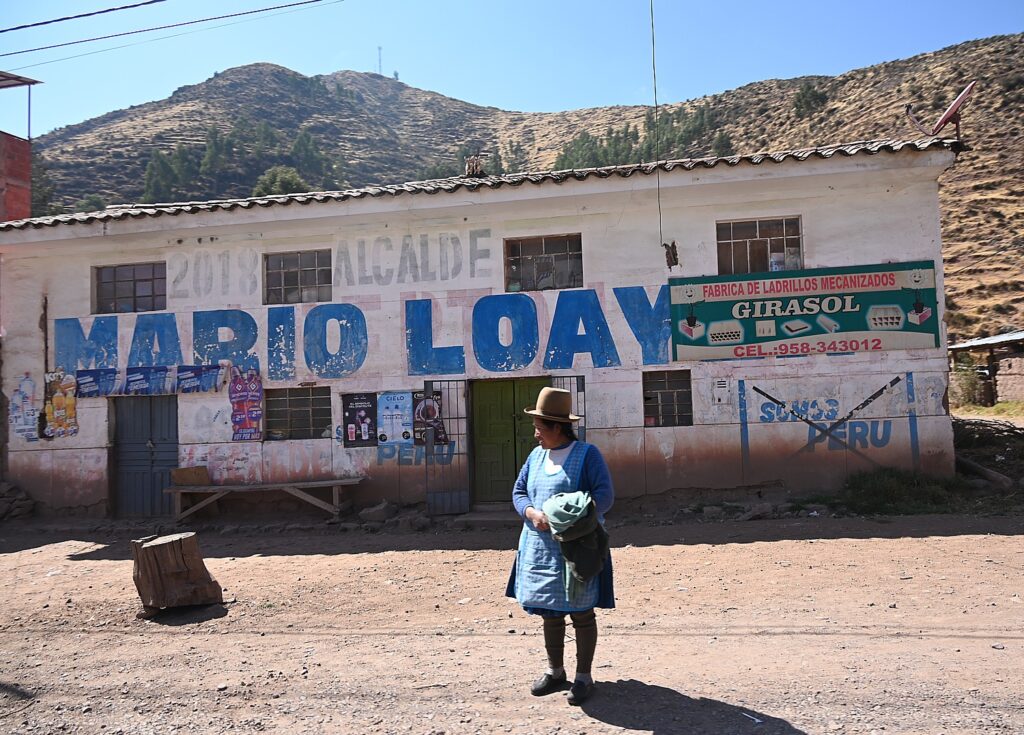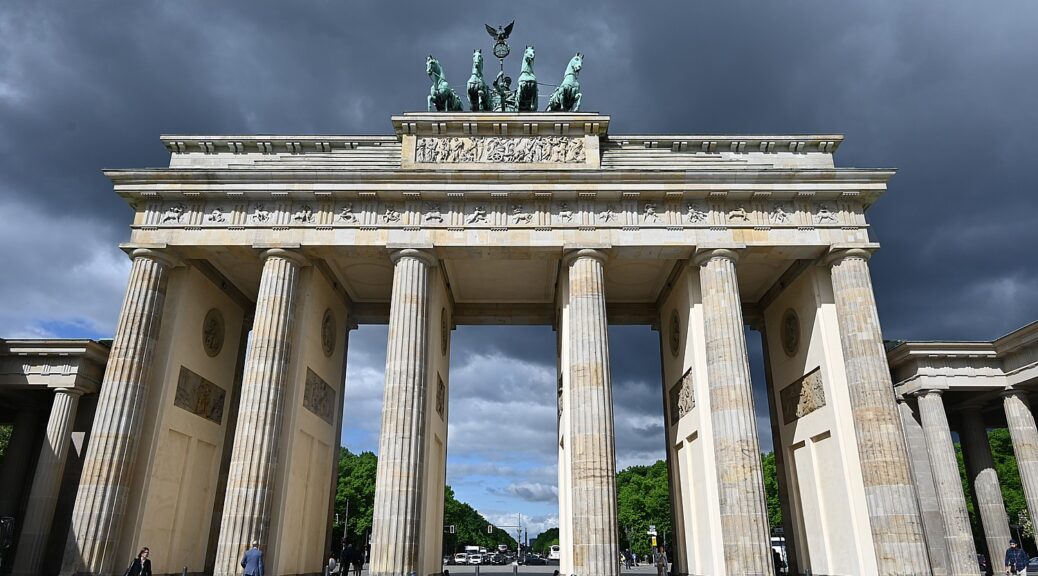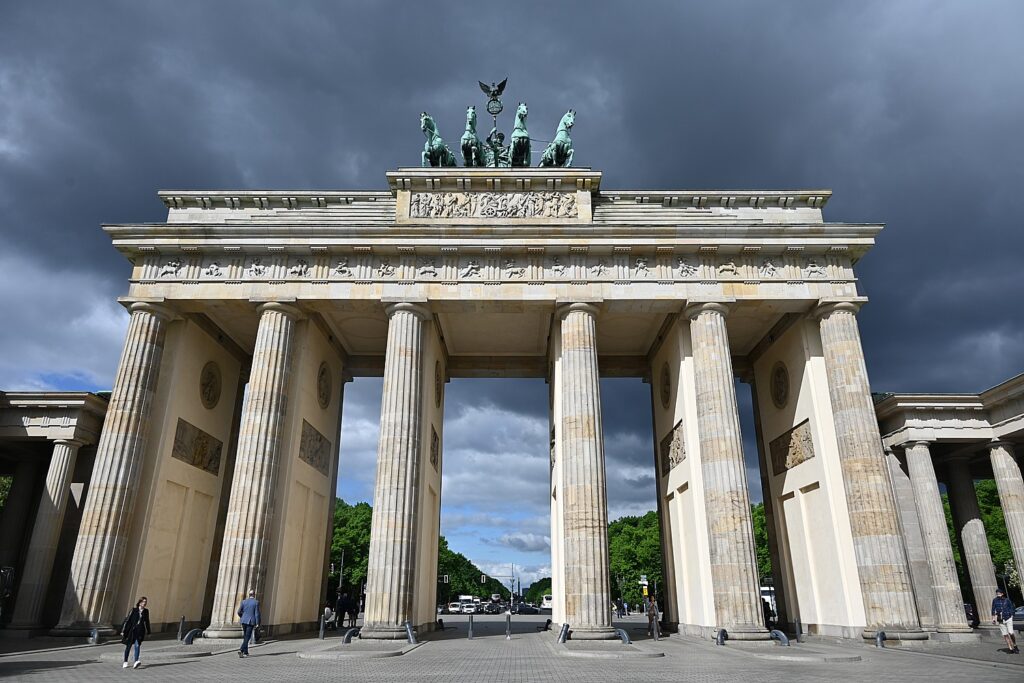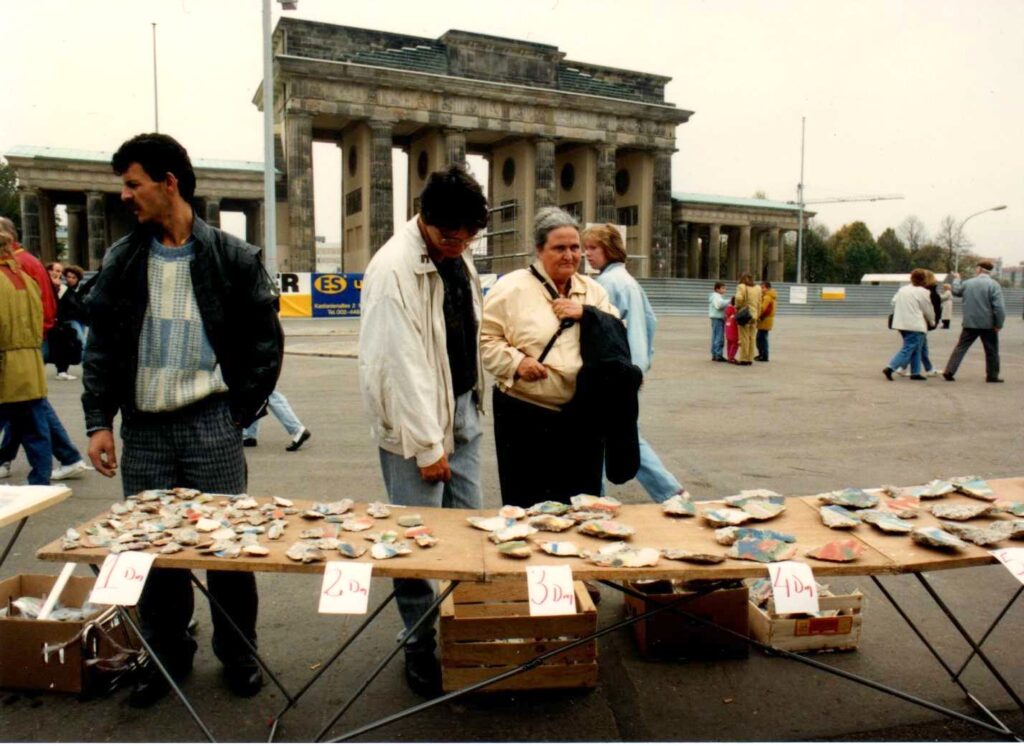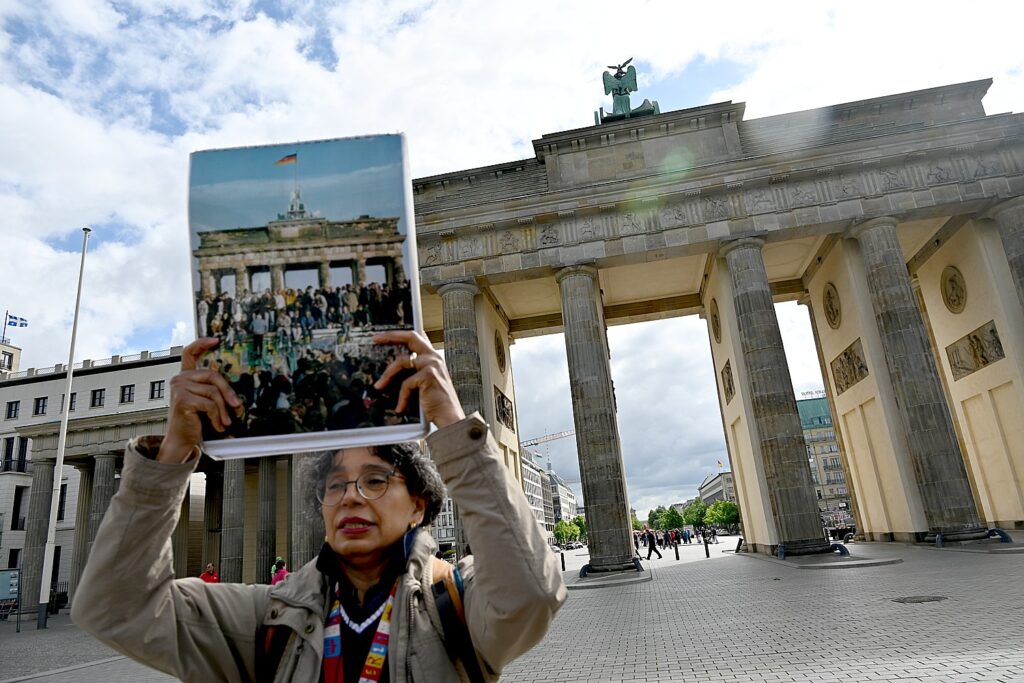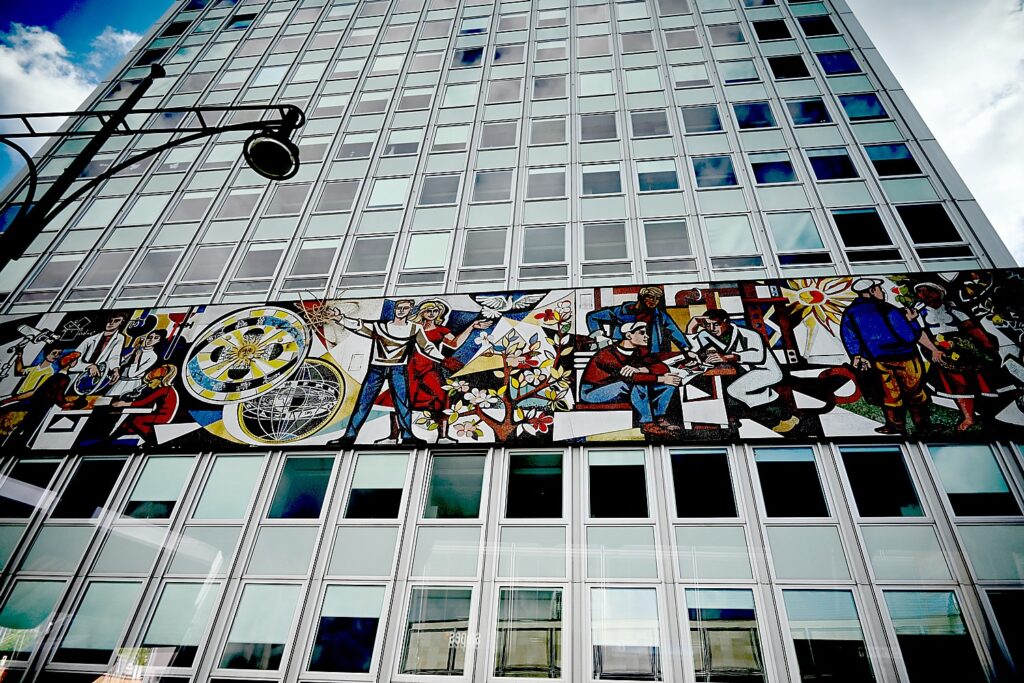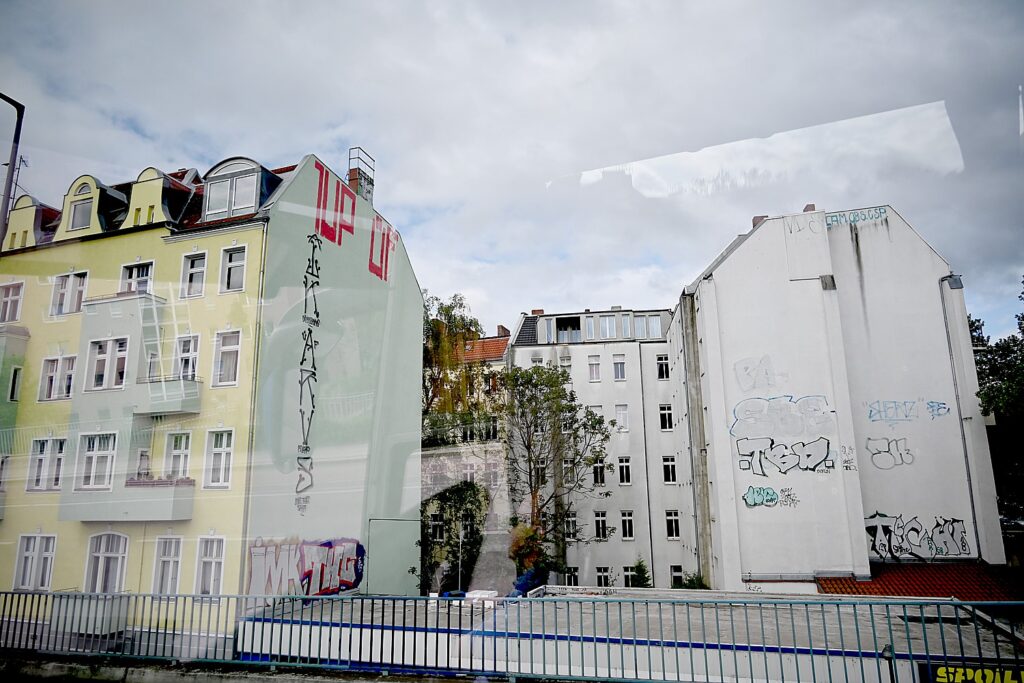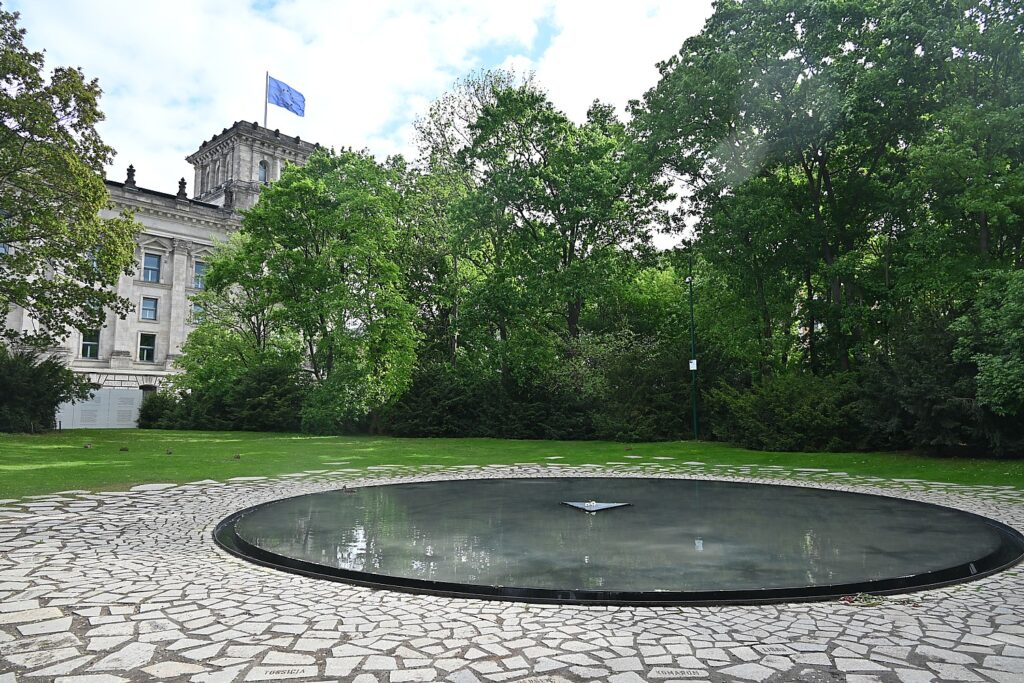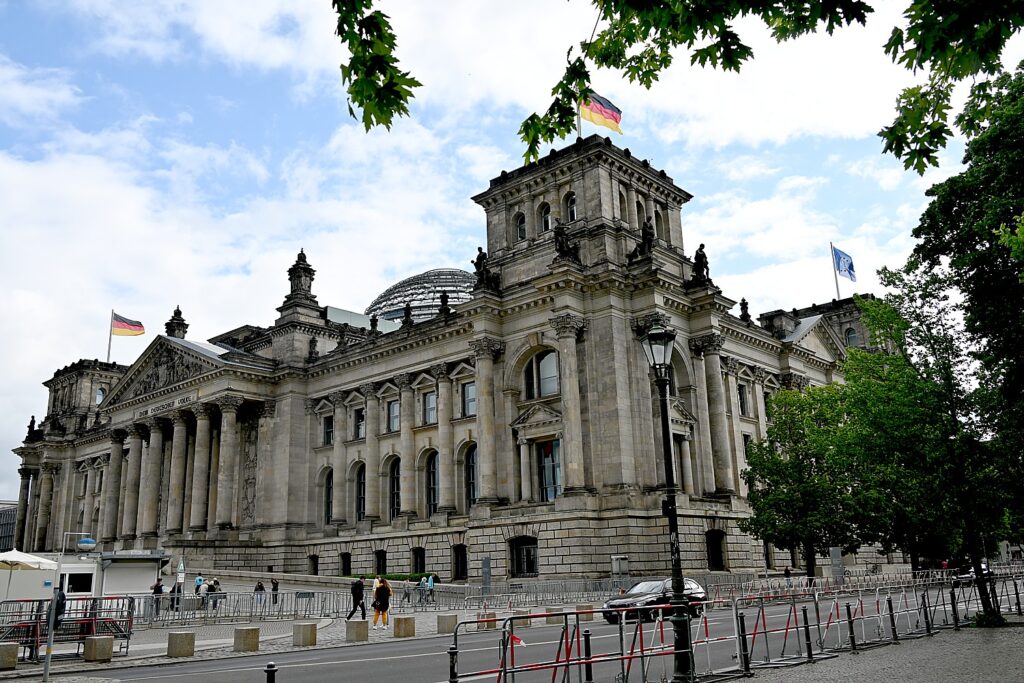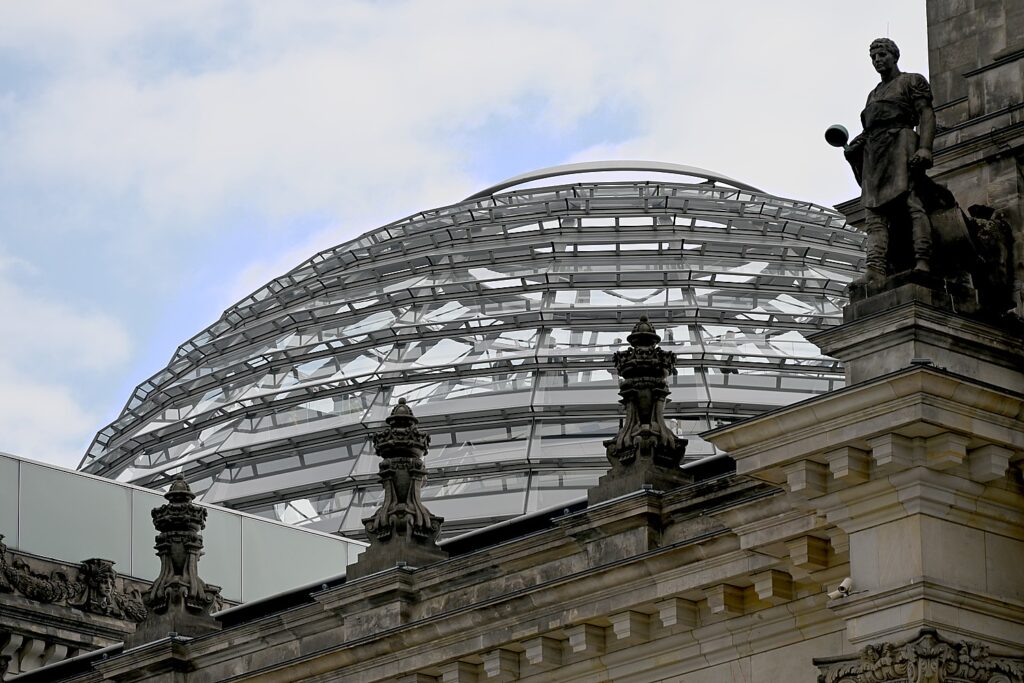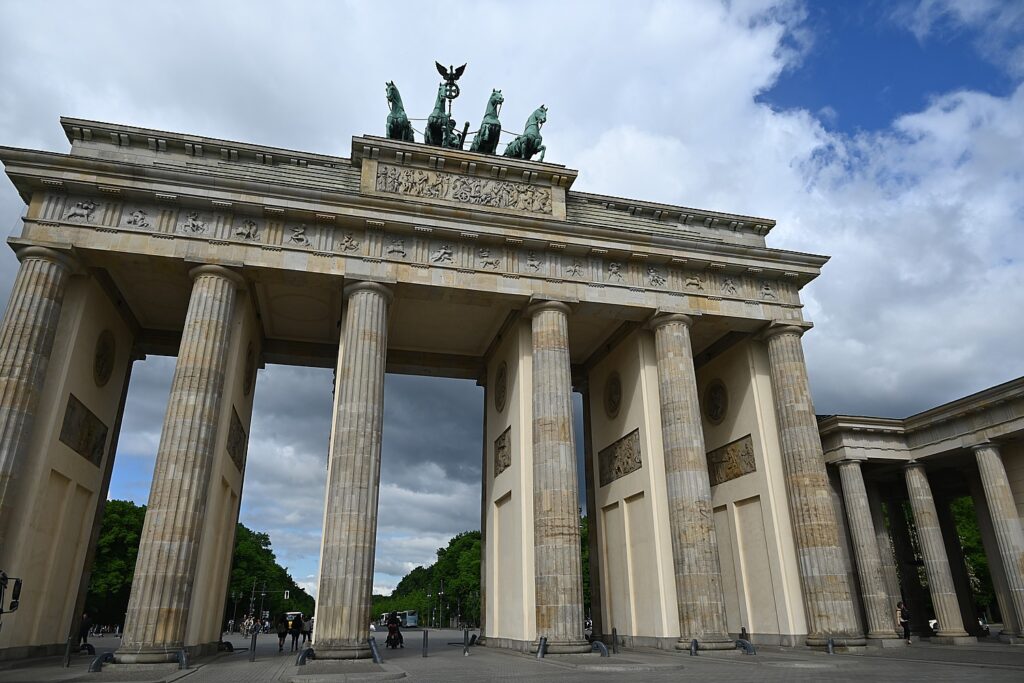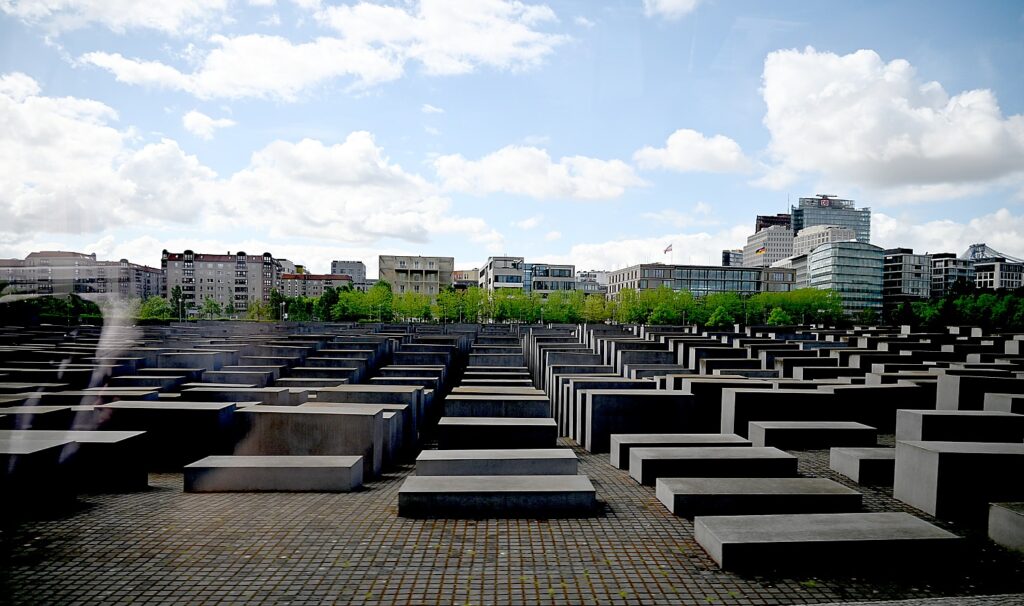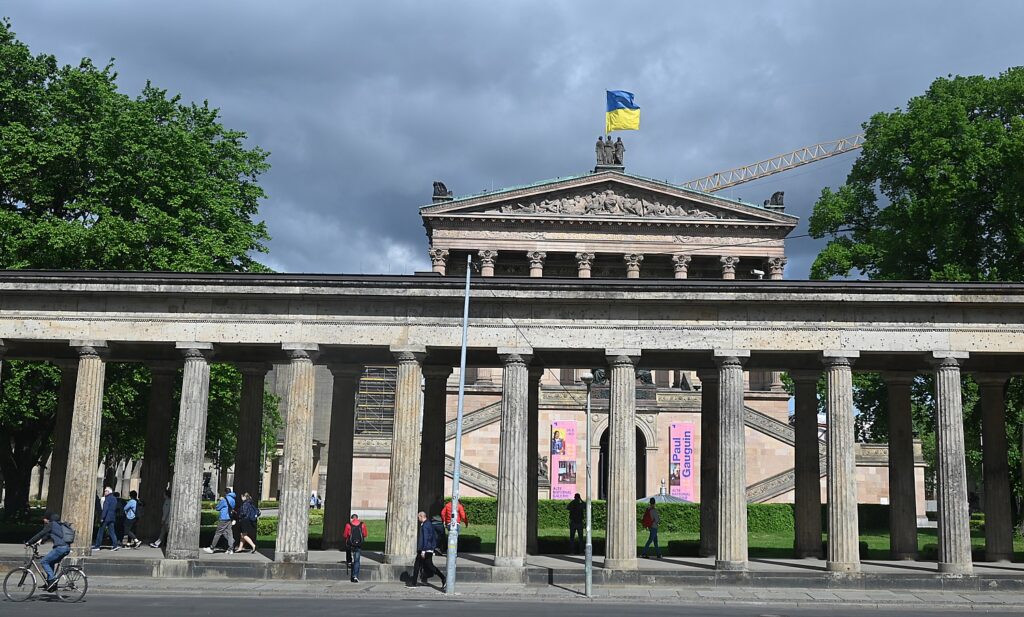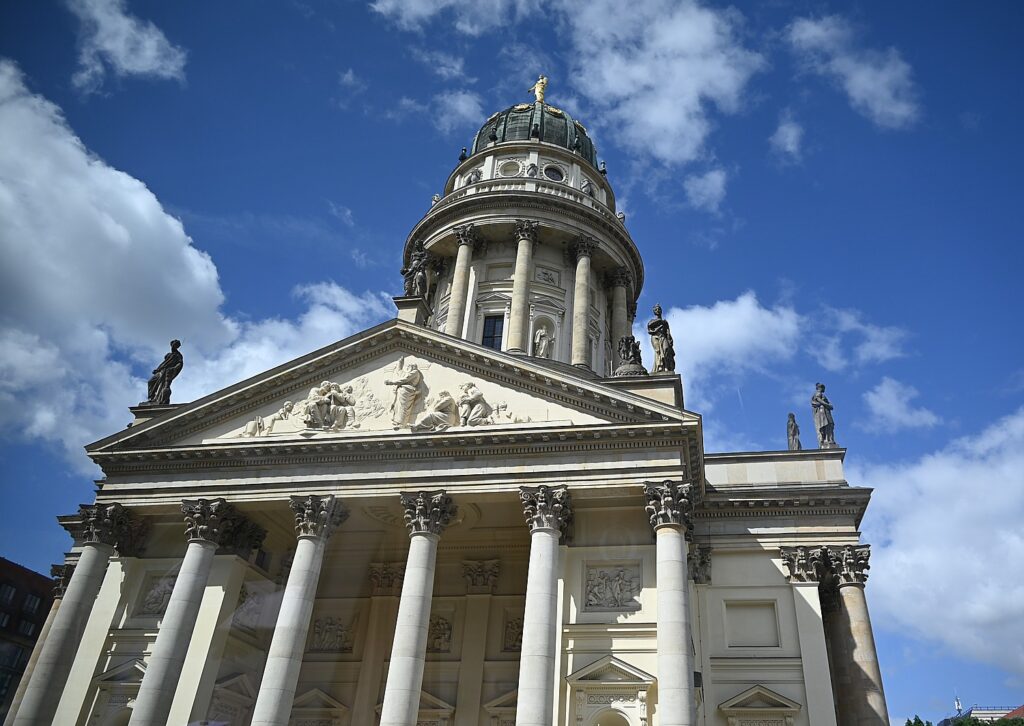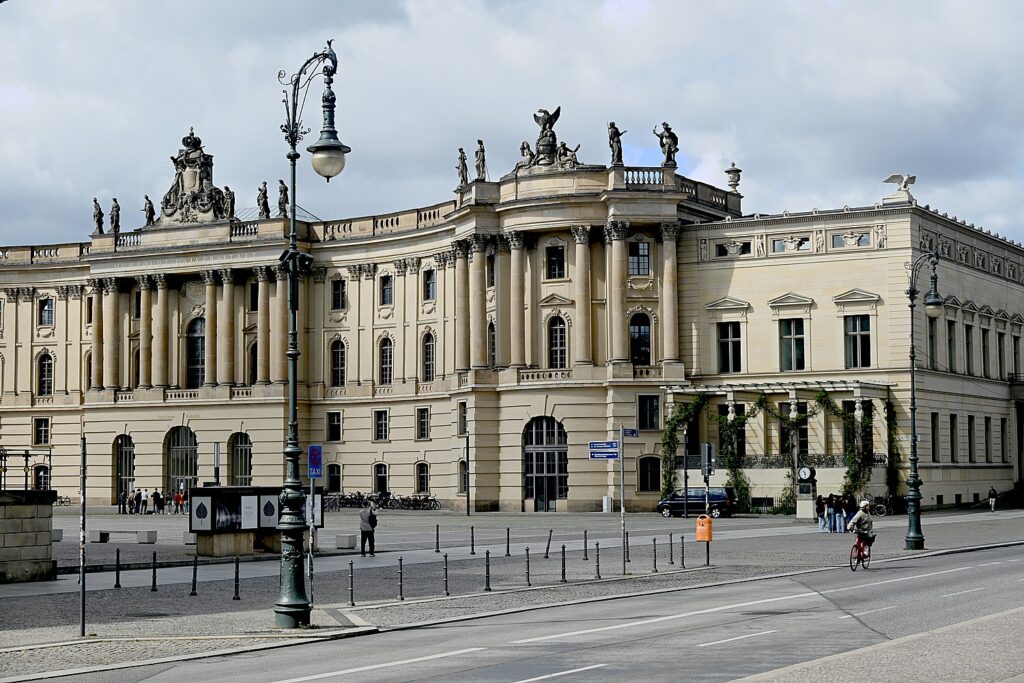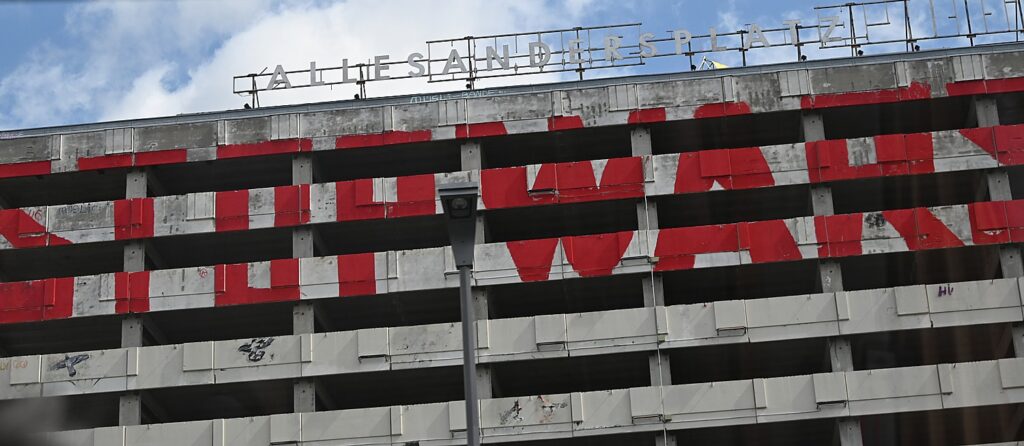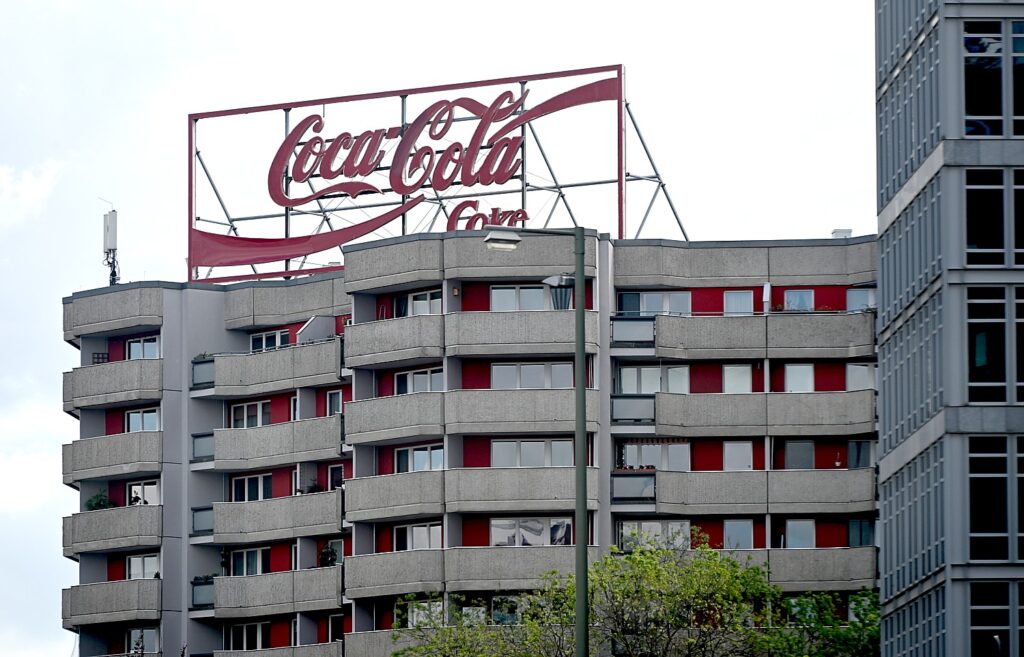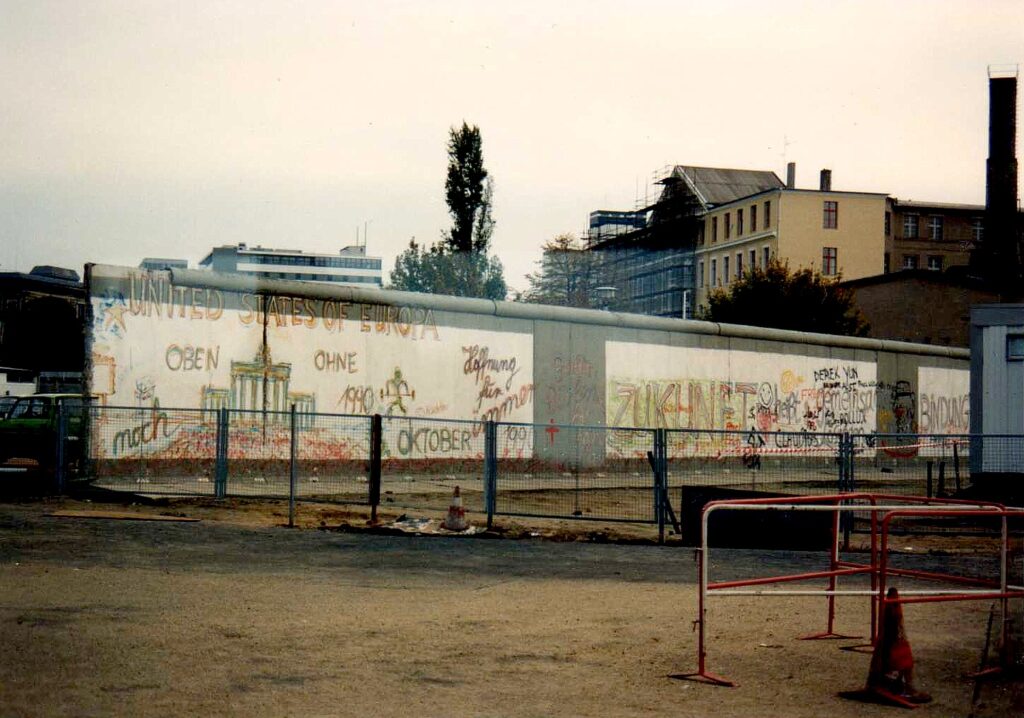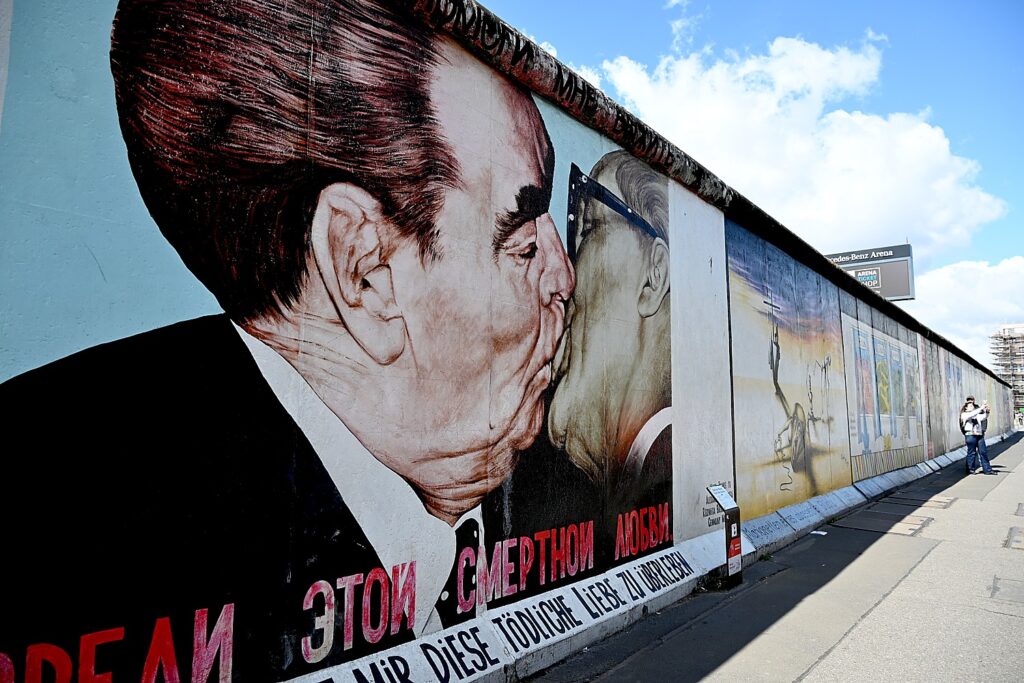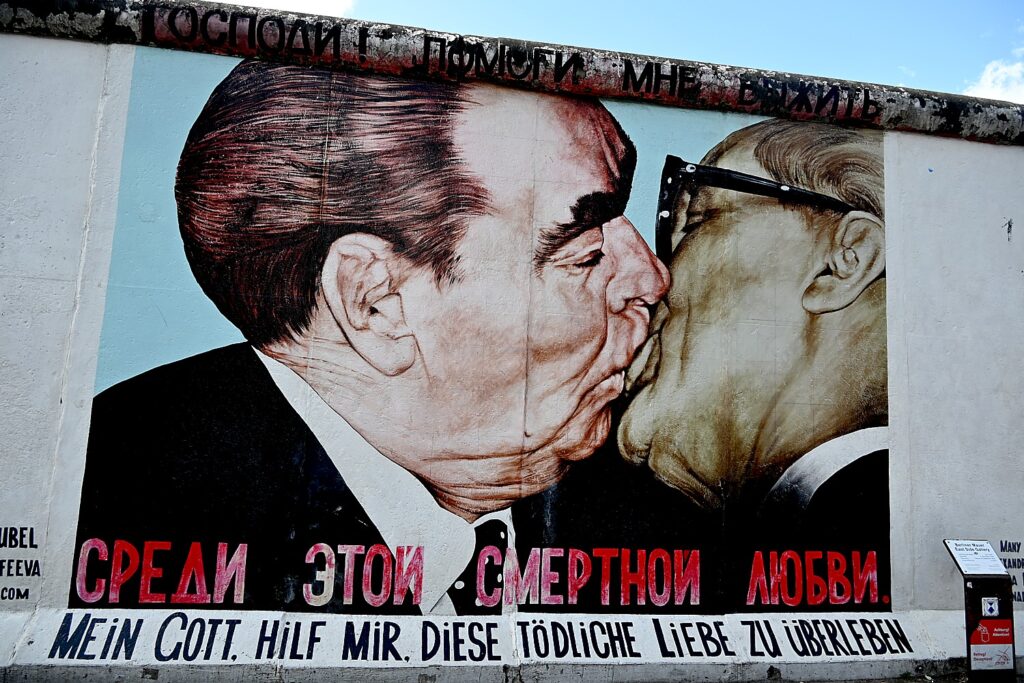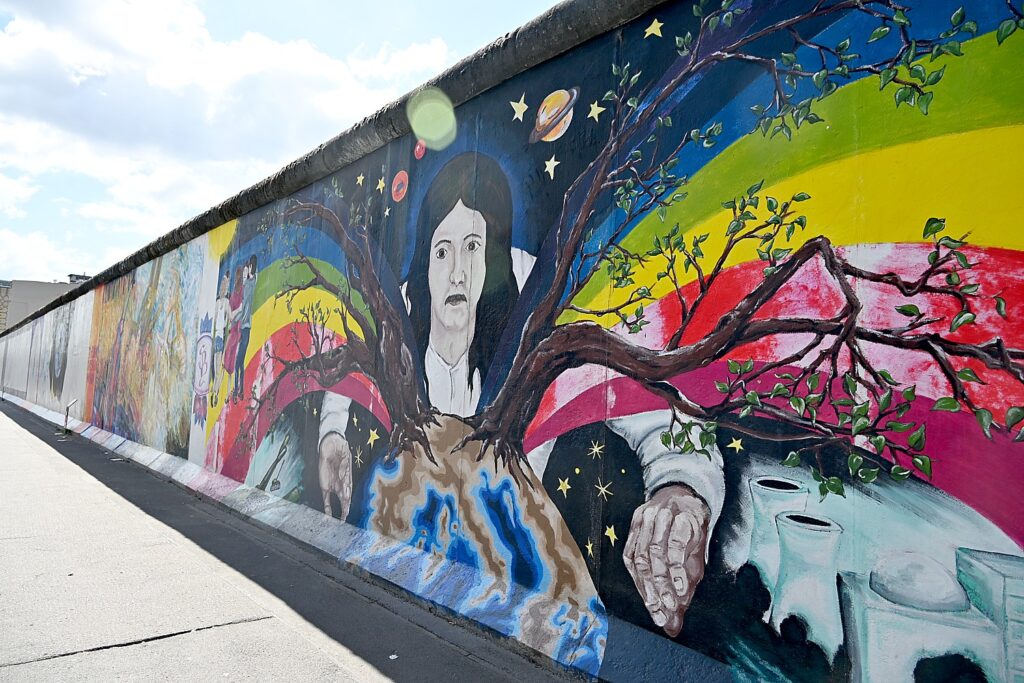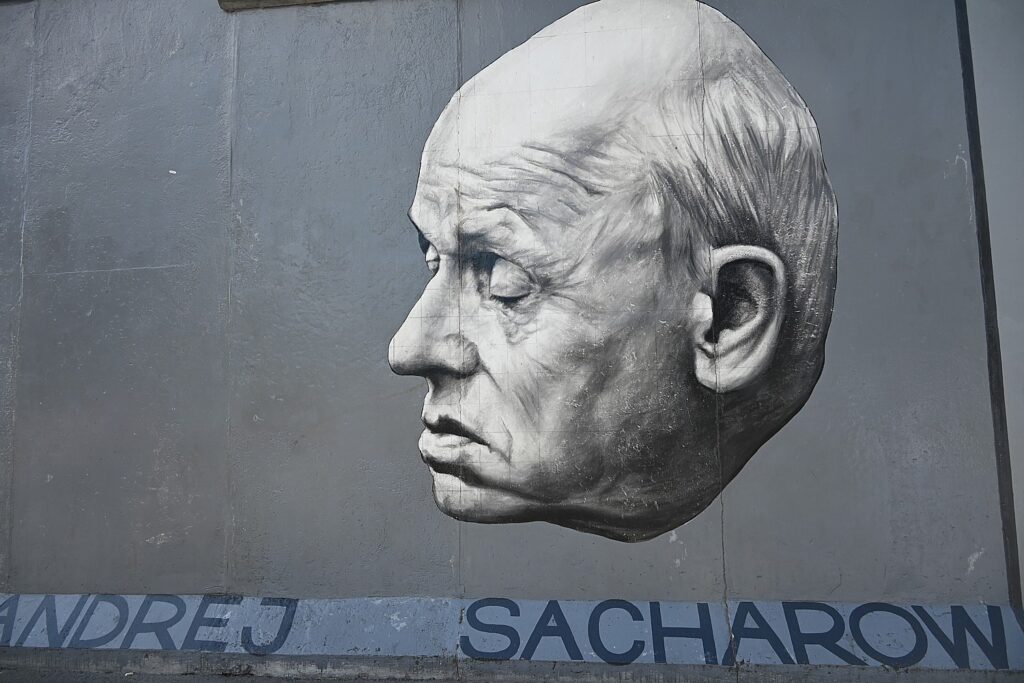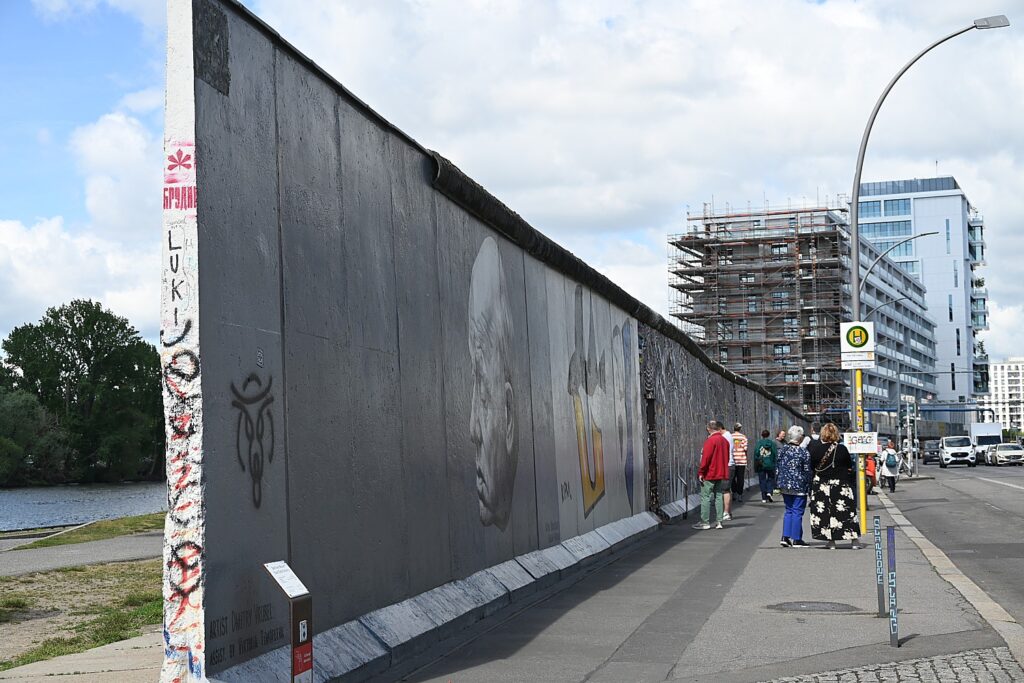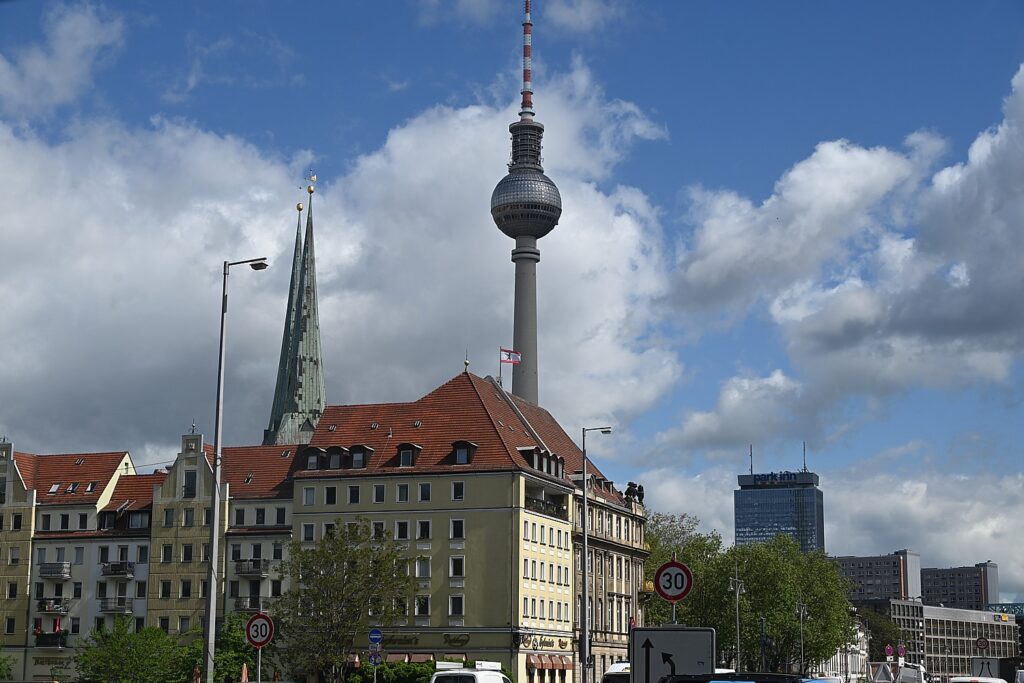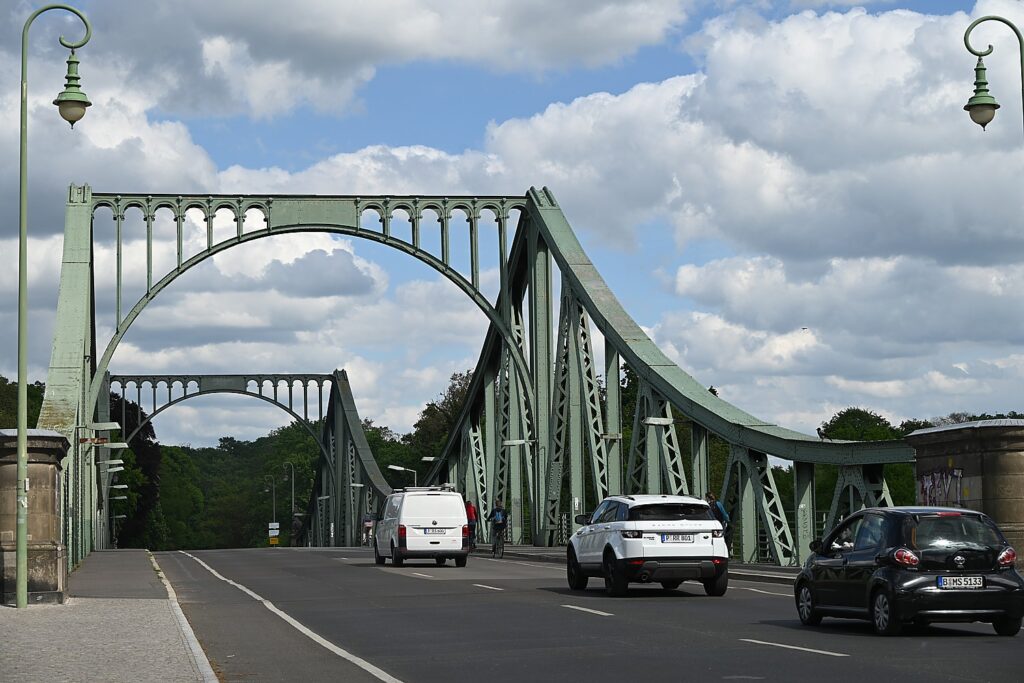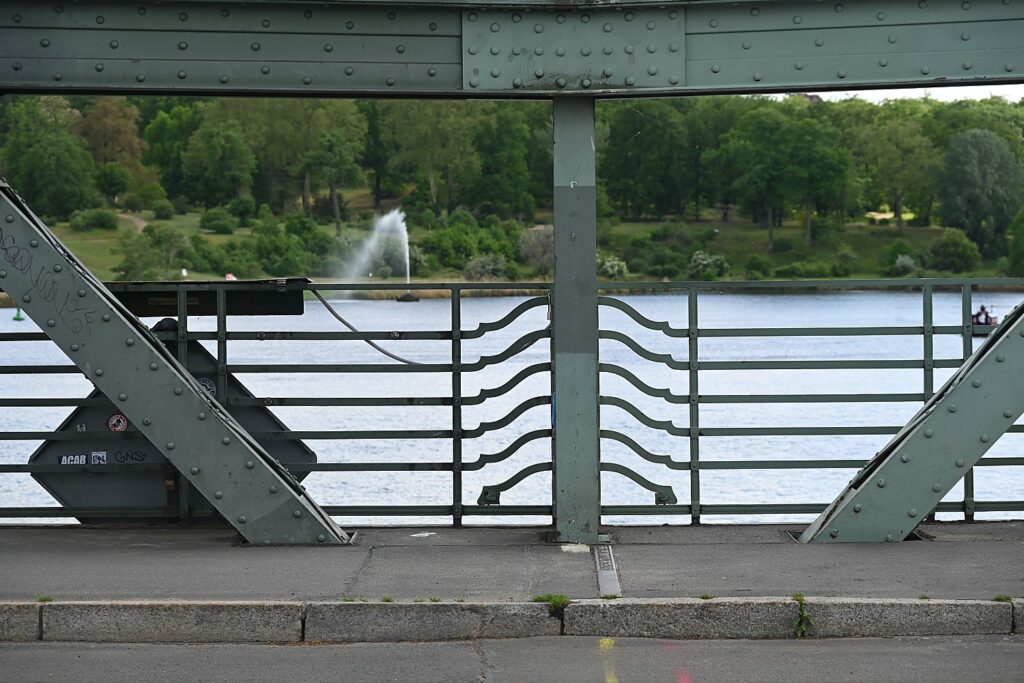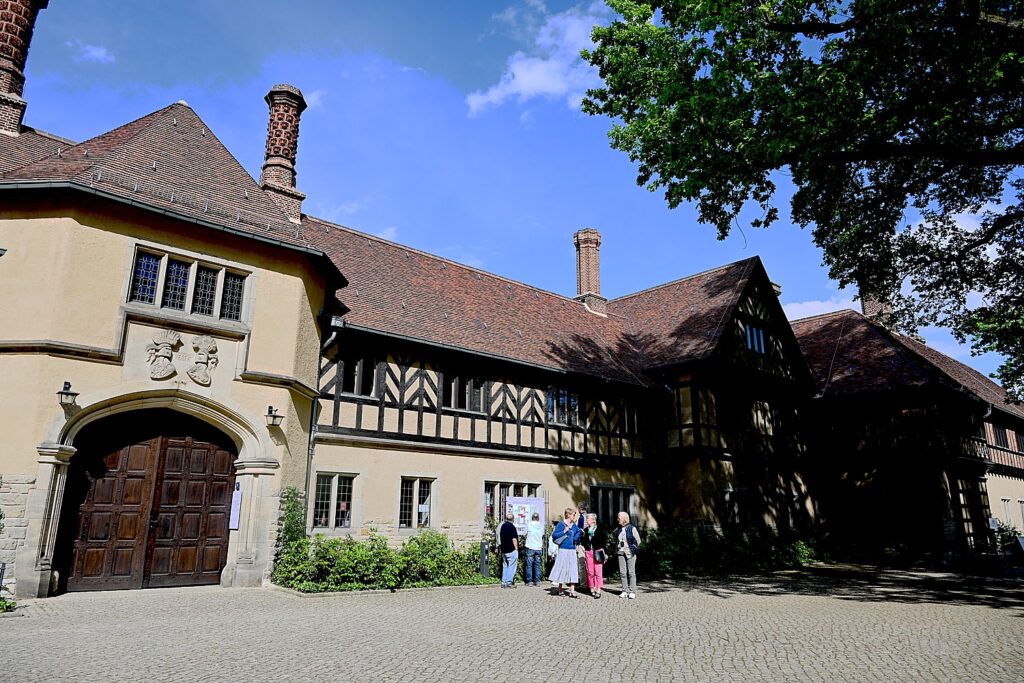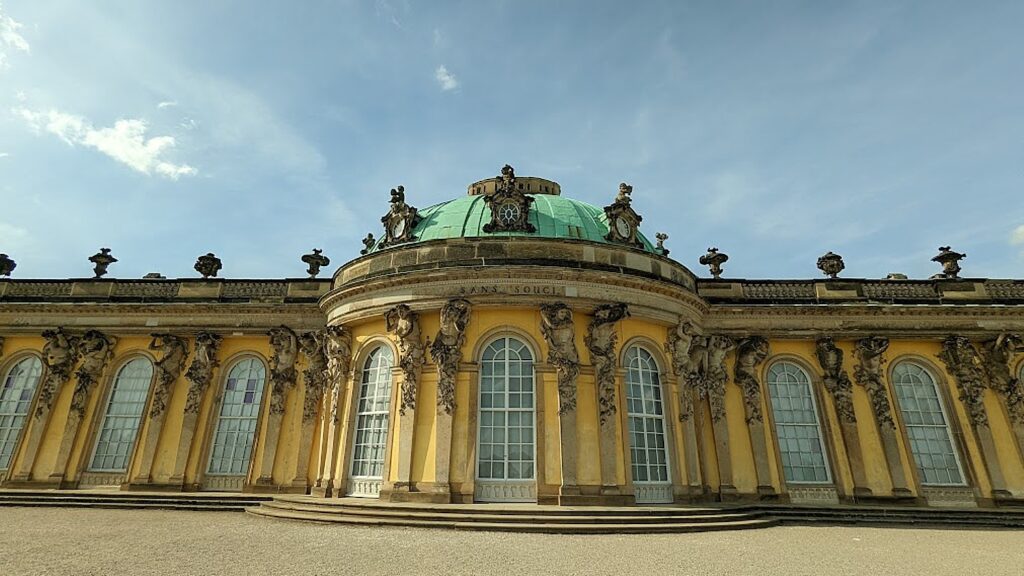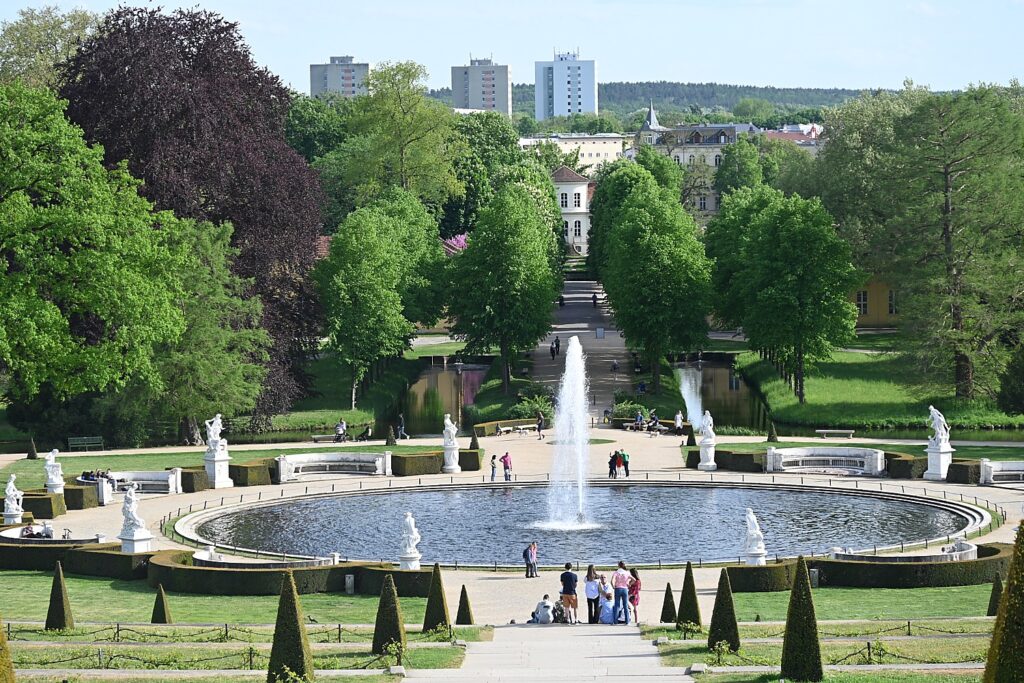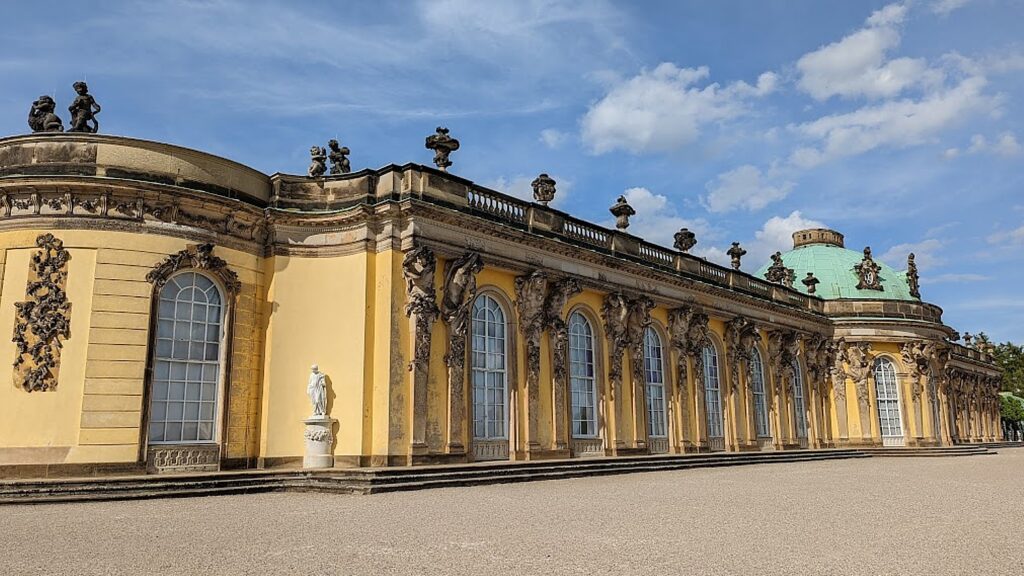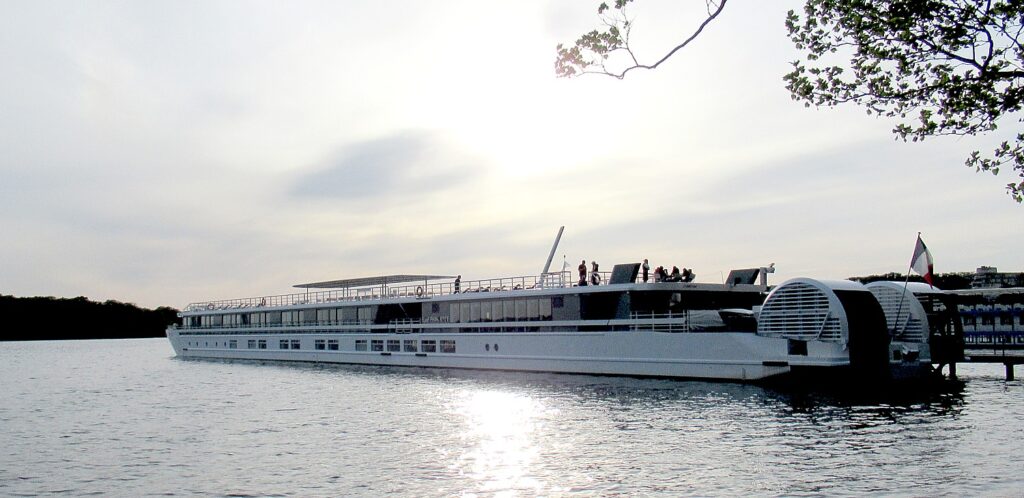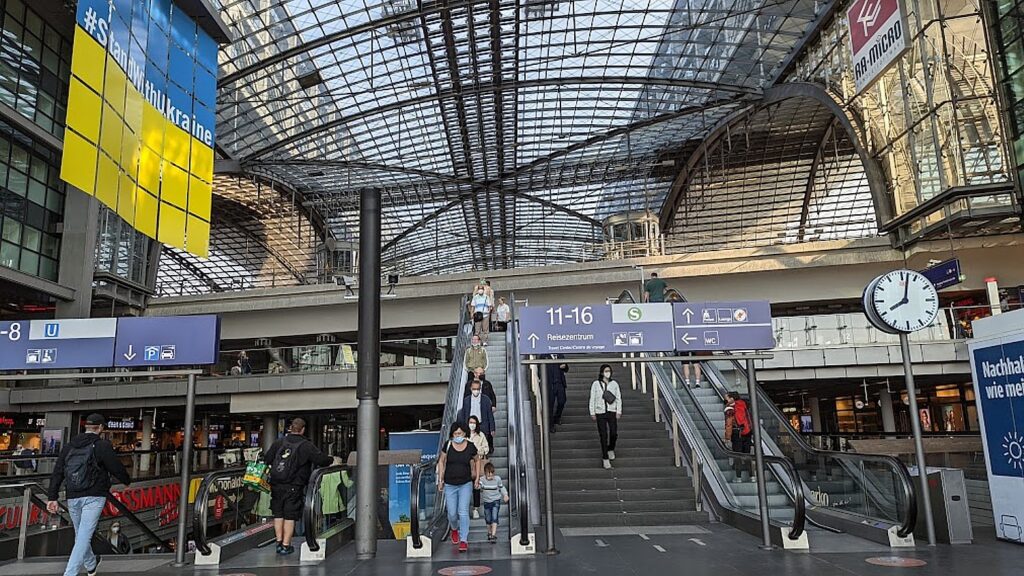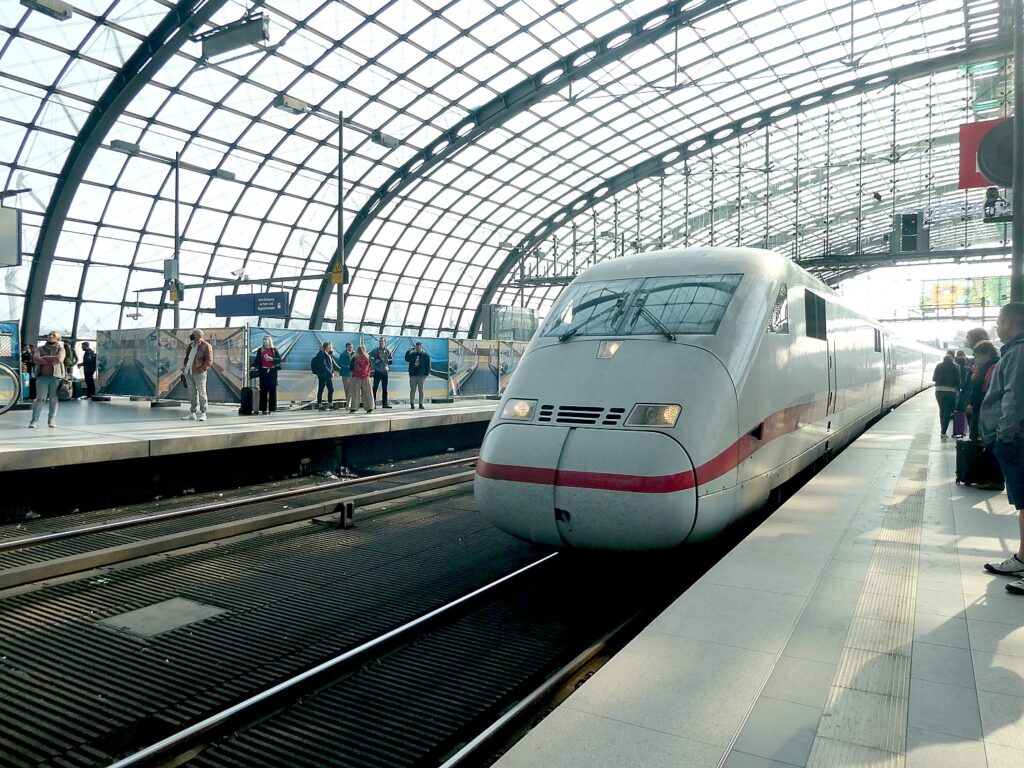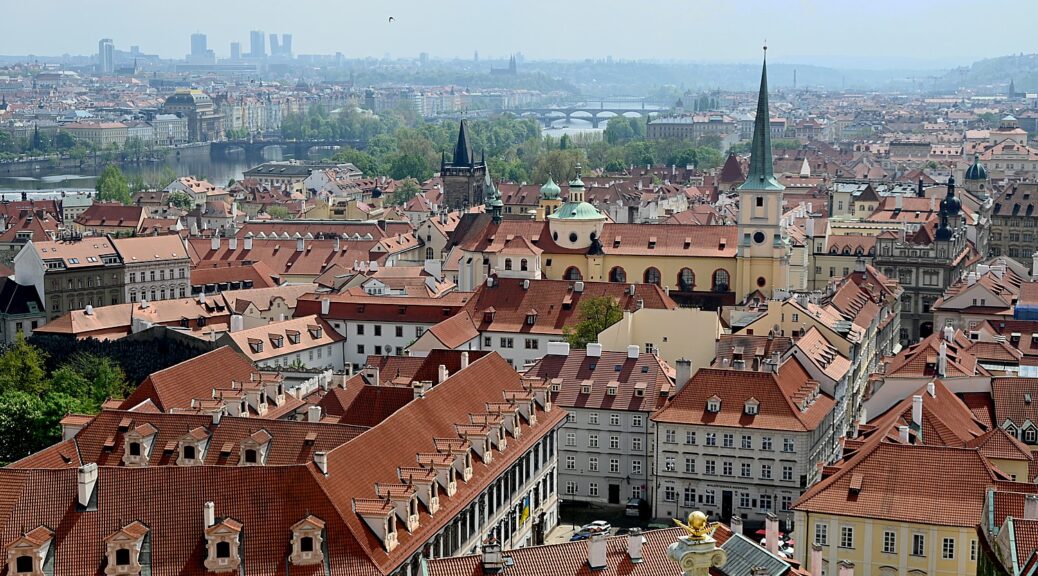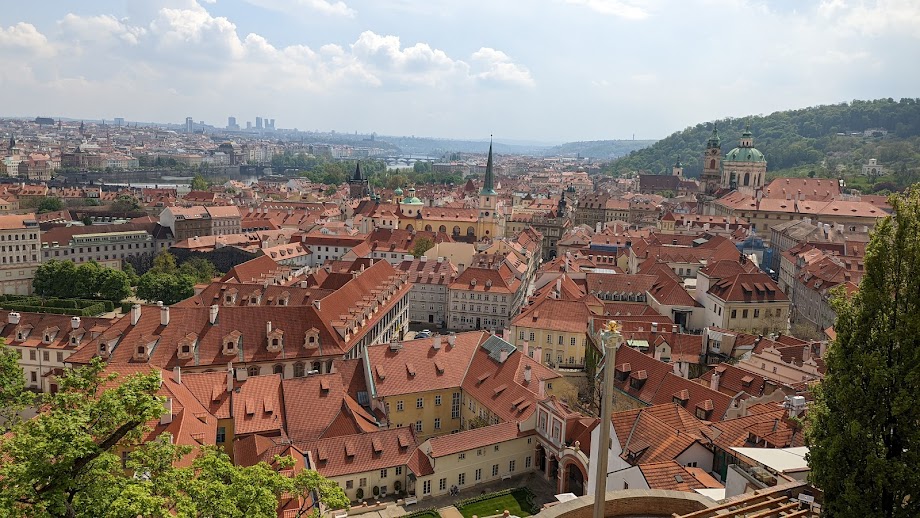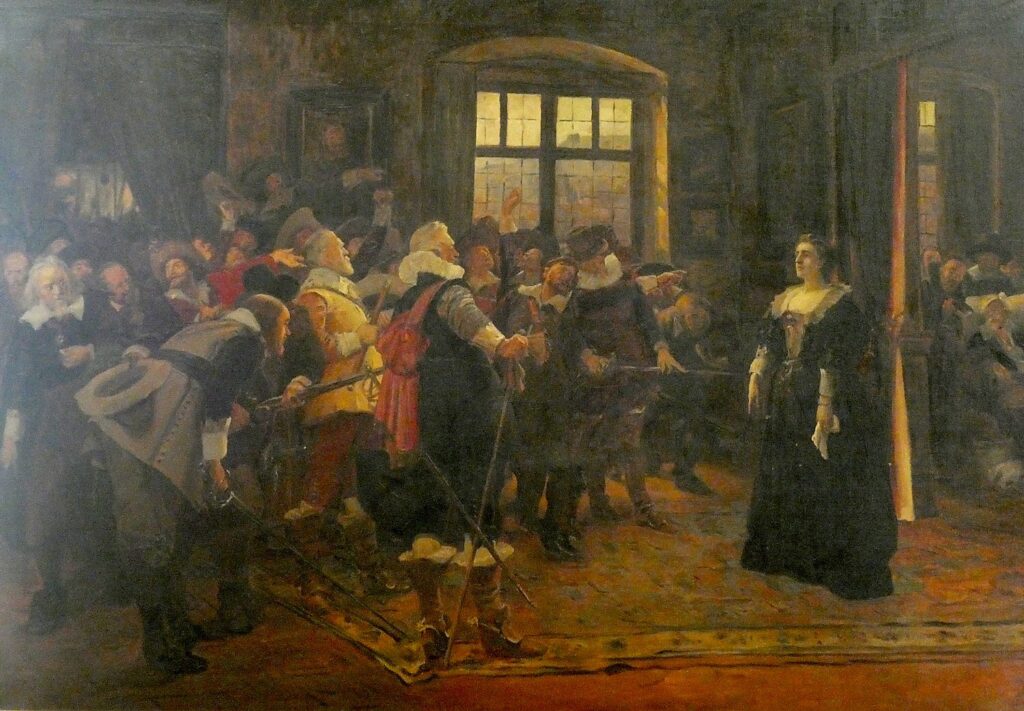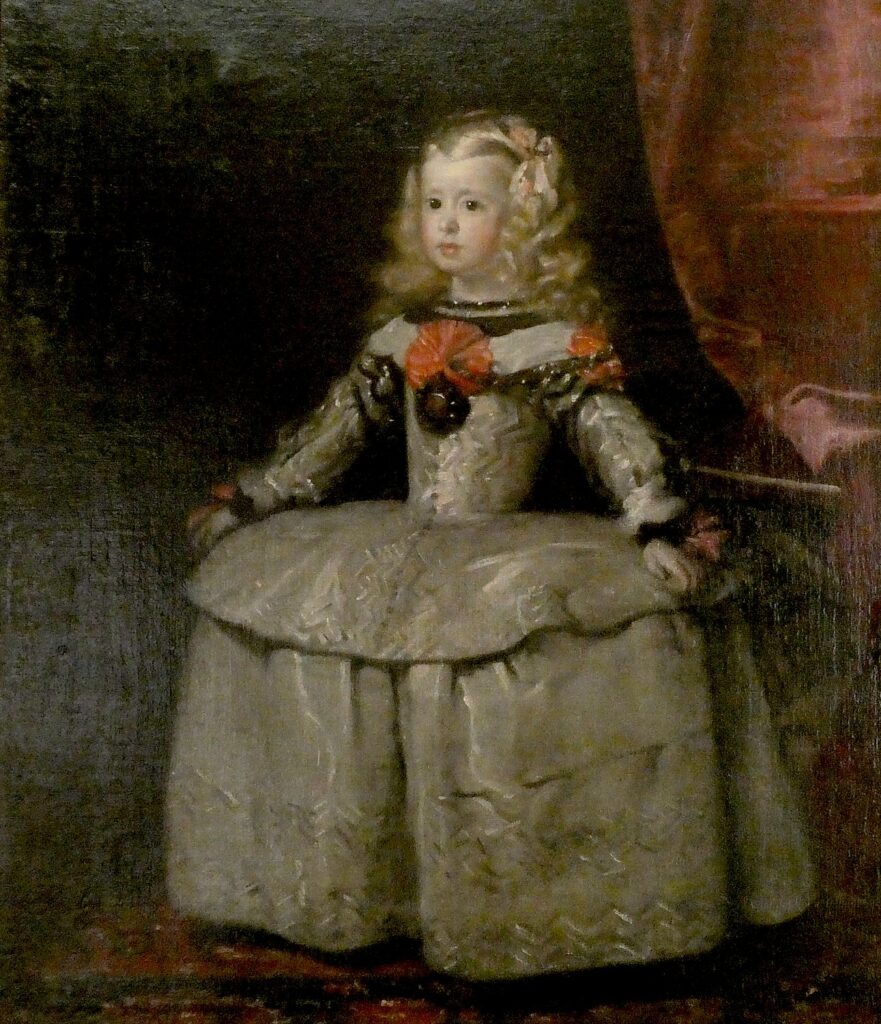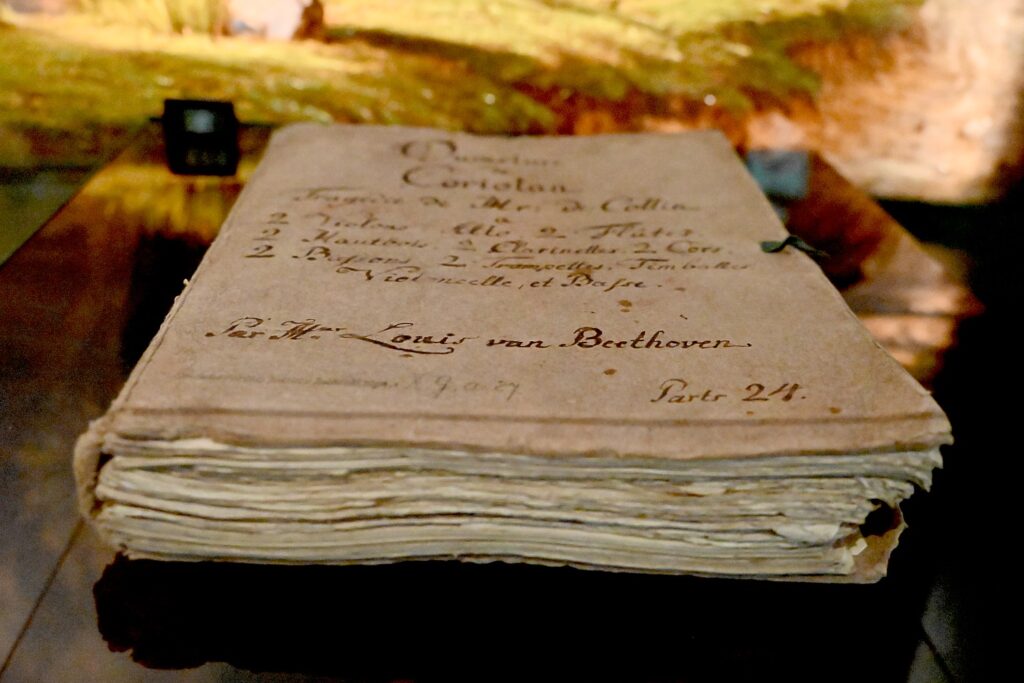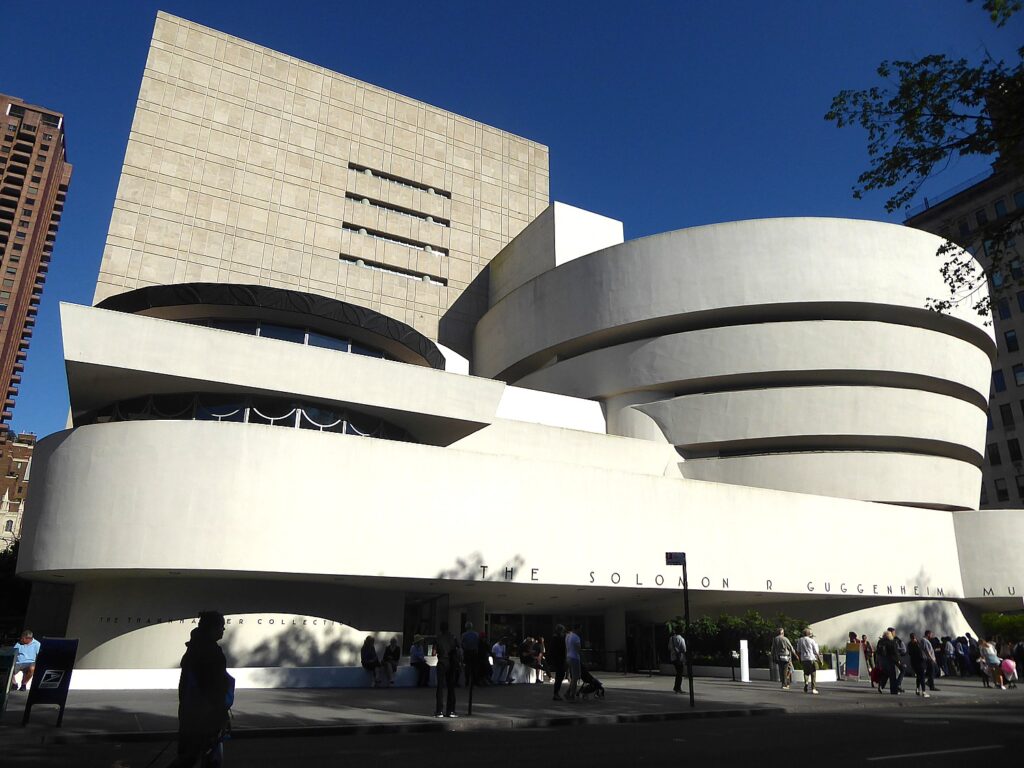
By Karen Rubin, Travel Features Syndicate, goingplacesfarandnear.com
New York City’s summer cultural season kicks off with the 46th Annual Museum Mile Festival – the Big Apple’s “biggest block party” –on Tuesday, June 18, from 6 to 9 pm, rain or shine. Walk the mile on Fifth Avenue between 82nd Street and 104th Street while visiting eight of New York City’s finest cultural institutions, open free during these extended hours: The Metropolitan Museum of Art; Neue Galerie New York; Solomon R. Guggenheim Museum; Cooper Hewitt, Smithsonian Design Museum; The Jewish Museum; Museum of the City of New York; El Museo del Barrio; and The Africa Center. Several neighborhood partners, including the New York Academy of Medicine, the Church of the Heavenly Rest, Asia Society, and AKC Museum of the Dog will also join in this celebration.

It’s an electric, eclectic festive atmosphere, with live music and street performers all along the avenue, plus special exhibitions, works from permanent collections and special family-oriented activities inside.
One of our favorite stops is the Museum of the City of New York (celebrating its 100th anniversary this year), where you can visit its newest exhibition Changing the Face of Democracy: Shirley Chisolm at 100 and the send off of its centennial exhibition This is New York: 100 Years of the City in Art and Pop Culture . Grab a Kids’ Activity Guide for the little ones.

Jazz Age Lawn Party on Governors Island (June 8-9 and August 10-11, 2024, 11 am-5 pm), starts with a magical ferry ride from Battery Park or the Brooklyn Navy Yard. People come dressed to the 9s in 1920s/Gatsby-style outfits, bringing picnics and take part in the music and zeitgeist of the 1920s. With music and dancing led by festival founder and host Michael Arenella & His Dreamland Orchestra, the merriment continues with a score of other entertainers: the bedazzling Dreamland Follies, a 10-lady Art Deco dance spectacle evoking the Great Ziegfeld, the fantastic Queen Esther paying tribute to jazz royalty of yore, Peter Mintun tickling the ivories with his incredible piano skills and the Gelber & Manning band. Enjoy the renowned and fun-loving dance troupe, Roddy Caravella and The Canarsie Wobblers with their scandalous Charleston numbers and rebellious and exuberant spirit of the Roaring ‘20s. Entertainments are interspersed with fun events like dance lessons and a period bathing suit contest. This isn’t free – it’s a ticketed event. Tickets and info at www.jazzagelawnparty.com. (Reserve a ferry ride to access the location.)

The New York Philharmonic Concerts in the Parks, Presented by Didi and Oscar Schafer, have become an iconic New York summer experience since they began in 1965, transforming parks throughout the city into a patchwork of picnickers enjoying friends, family, and priceless music under the stars, for free! This summer, Thomas Wilkins conducts the Orchestra in a program that ranges from classics by Beethoven, Elgar, and Rimsky-Korsakov to Felix Mendelssohn’s Violin Concerto, with Randall Goosby as soloist, to new music by Carlos Simon and NY Phil Very Young Composers. All outdoor performances begin at 8 PM and conclude with fireworks! (The Free Indoor Concert in Staten Island begins at 4 PM.): June 11 Van Cortlandt Park, Bronx; June 12 Concerts in the Parks: Central Park, Manhattan; June 13, Concerts in the Parks: Cunningham Park, Queens; June 14, Concerts in the Parks: Prospect Park, Brooklyn; June 16 Free Indoor Concert: St. George Theatre, Staten Island.

The cherished Shakespeare in the Park, traditionally held at the Delacorte Theater in Central Park, this year is a traveling show while the Delacorte is undergoing its most significant revitalization of its 62-year history. Instead, this year the Public Theater (Artistic Director, Oskar Eustis; Executive Director, Patrick Willingham) is offering a “GO PUBLIC!” festival of of free summer programming taking place across all five boroughs. Its Mobile Unit is presenting a joyful, bilingual (English/Spanish) musical adaptation of “The Comedy of Errors,” May 28-June 2 – The New York Public Library and Bryant Park on the Fifth Avenue Terrace (Manhattan) June 6-9, June 13-14, June 20-21 – Hudson Yards (Manhattan). Also: A.R.R.O.W. Field House (Queens) J. Hood Wright Park (Manhattan) Maria Hernandez Park (Brooklyn) Roy Wilkins Park (Queens) St. John the Divine (Manhattan) St. Mary’s Park (Bronx) Sunset Park (Brooklyn) Wolfe’s Pond Park (Staten Island).
Next up is Movie in the Parks (July 11–September 6), bringing free screenings of Shakespeare in the Park’s version of Much Ado About Nothing to parks throughout the City. (Can’t make it to any of them? This recording and other Shakespeare favorites are available to stream for free.) Visit the website for specific dates and locations (https://publictheater.org/programs/shakespeare-in-the-park/summer-24/go-public/).

Bryant Park is also hosting picnic performances of New York City Opera’s full production of the perennial favorite, Puccini’s Tosca on May 31, June 1, August 23 and 24, at 7 pm. (New York City Opera: Puccini Celebration) as part of a summer-long arts and culture festival, sponsored by Bank of America, from June 6 to September 13, featuring an amazing series of dance, music, theater, movies, plus eateries, shops and a carousel. (https://bryantpark.org/activities/picnic-performances for schedule).

The Hudson River Greenway is a whole destination in itself, with every imaginable sport (tennis, pickleball, basketball, kayaking), fabulous eateries, even a sand beach, plus along the way, historic and cultural places like the monument to the Irish famine, the Museum of Jewish Heritage, the Whitney Museum, Battery Park and ferry access to the Statue of Liberty and Ellis Island, plus concerts such at two venues within the enchanting “Little Island.”
From June through September, Little Island presents a series of all new work across dance, music, theater and opera in the Amph ($25, tickets and schedule, https://www.littleislandtickets.com/). In addition, there are free concerts Wednesday-Sunday in the Glade.

The newest experience on the Hudson River Greenway is Gansevoort Peninsula. Located in Hudson River Park between Gansevoort Street and Little West 12th Street, and opposite the Whitney Museum of American Art, which affords an actual sand beach (1200 tons of sand, beach umbrellas, Adirondack-style chairs, even misting stations, and boardwalk) for lounging. Also look for “Day’s End”, a public art installation by artist David Hammons, donated to Hudson River Park by the Whitney Museum of American Art. See the full events calendar, https://hudsonriverpark.org/, https://hudsonriverpark.org/the-park/piers-and-places/
New York City has been named the most cultural city in the USA. Here’s what’s of note happening this summer, compiled by the New York City Tourism + Conventions, the official destination marketing organization and convention and visitors bureau:

Through July 28, The Metropolitan Museum of Art presents The Harlem Renaissance and Transatlantic Modernism, an exhibition exploring how Black artists portrayed everyday modern life during the 1920s–40s in Harlem and across the United States amid the Great Migration. Featuring 160 works including painting, sculpture, photography, film and ephemera, it’s the first art museum survey of its kind in New York City since 1987.
The Whitney Museum of American Art has unveiled the roster for Whitney Biennial 2024: Even Better Than the Real Thing, featuring 69 artists and two collectives. This edition marks the 81st installment of the museum’s esteemed exhibition series, the longest-running survey of American art. The program is now open and runs through August 11. Beginning September 25, The Whitney will unveil Edges of Ailey, a comprehensive exhibition celebrating the life and impact of American dancer Alvin Ailey, featuring daily performances, workshops and a diverse range of artworks and archival materials.
Experience a surreal journey inspired by Alice’s Adventures in Wonderland at the Bronx’s New York Botanical Garden, with Wonderland: Curious Nature, from May 18–October 27. Follow iconic characters through whimsical scenes in the garden and explore imaginative horticultural displays inside the Haupt Conservatory, featuring installations from renowned artists including Yoko Ono, Alyson Shotz and Abelardo Morell.
A tribute to Ming Dynasty architecture, the New York Chinese Scholar’s Garden at Snug Harbor Cultural Center & Botanical Garden in Staten Island—one of just two authentic classical outdoor Chinese gardens in the US—is celebrating its 25th anniversary this year. Crafted in Suzhou, China, its elements include roof tiles, pavilions and bridges. Inspired by ancient poetry and paintings, the garden features magnificent rock formations resembling mountains. Visitors can explore pavilions, a bamboo forest path, waterfalls and a koi-filled pond.
The Morgan Library & Museum, which is marking 100 years since its establishment as a public institution by Jack Morgan as a repository of fabulous documents, is exhibiting Beatrix Potter: Drawn to Nature and Walton Ford: Birds and Beasts of the Studio. The next exhibition in the campaign will be Liberty to the Imagination: Drawings from the Eveillard Gift, on view beginning June 7.
Since its inception in 1824, the Brooklyn Museum has become a global cultural center, driven by the innovative spirit of its borough. As it celebrates two centuries of groundbreaking initiatives, the museum invites audiences to explore special exhibitions and events showcasing its vibrant artistic community. Highlights include the launch of immersive exhibitions like Solid Gold and Brooklyn Made. Notably, the museum boasts an in-residence composer, Niles Luther, who scores music for various exhibitions and artwork on-site, making it the only museum in the United States to offer such an immersive experience. Visitors can expect a year of discovery and celebration in honor of its bicentennial—kicking off with a 200th Birthday Bash on October 5.
A destination that takes you to other worlds, Richard Gilder Center for Science, Education, and Innovation at the American Museum of Natural History offers fabulous innovative exhibitions. Admission by timed entry, reserved online. Open daily, 10 am–5:30 pm. American Museum of Natural History,200 Central Park West, 212-769-5606, amnh.org.

New performing arts offerings are revitalizing New York City’s cultural landscape with the expansion of iconic venues and the emergence of new stages. The historic Apollo Theater recently debuted the Victoria Theater, its first expansion in 90 years, which introduced two new stages and created an arts campus in Harlem. The inaugural season promises a diverse lineup including Alex Harsley, Stefon Harris and David Hammons. Meanwhile, in Brooklyn, the newly restored Brooklyn Paramount, now a concert hall, hosts various shows featuring acclaimed acts like Sting, Liam Gallagher, St. Vincent, Orville Peck and many more in its 2024 lineup. Across the East River, the Ronald O. Perelman Performing Arts Center (PAC) stands as a beacon of artistic expression in Lower Manhattan, welcoming emerging and established artists across various disciplines since its launch in September 2023. The PAC’s inaugural 2023–24 season continues this summer with the opening of An American Soldier, The Survival, Cats: “The Jellicle Ball”.

The Jackie Robinson Museum commemorates the groundbreaking contributions of Jackie Robinson, the first African American to play Major League Baseball and one of the most celebrated baseball players of all time. Robinson’s legacy extends far beyond the baseball diamond, as he also made significant strides in civil rights, economic empowerment and social justice. From now through December 31, the museum is offering a free self-guided walking tour, Jackie Robinson’s Harlem, for visitors looking to dive deeper into Robinson’s connection to the neighborhood.

New York City is the birthplace of the modern LGBTQ+ movement. The Stonewall Inn, site of the historic 1969 riots, stands as a symbol of resilience and is soon to be complemented by a dedicated visitor center opening in June. Other cultural sites include theLeslie-Lohman Museum of Art, which celebrates LGBTQ+ identity through exhibitions and programs that showcase the ever-evolving queer experience, as well as the Alice Austen House Museum, which features the pioneering photographer’s work and has been a National Site of LGBTQ+ History since 2017. On the Upper West Side, the forthcoming American LGBTQ+ Museum at the New-York Historical Society, set to open its doors in 2026, will be the nation’s first museum dedicated to LGBTQ+ history.

If Summer in the City starts with the Museum Mile Festival, for me, the end of New York’s summer comes with the US Open Tennis Championships, the fourth and final Grand Slam tournament of the year. The tournament dates back to 1881, and since 1978, the tournament has found its home at the USTA Billie Jean King National Tennis Center in Queens’ Flushing Meadows Corona Park, a magnet for the best tennis talent worldwide such as reigning champions Coco Gauff, Novak Djokovic, Diede de Groot and Alfie Hewett. The tournament takes place August 26–September 8, 2024. Insiders tip: the week before, it is free to watch the thrilling play of the qualifiers’ tournament, and see the tennis stars practice.
New York City Borough Pass, Citywide: a new sightseeing pass designed to showcase the beauty of the neighborhoods and cultures across all five boroughs. The pass features a diverse roster of popular attractions, museums, performing arts venues, including the Alice Austen House Museum, MoMA PS1, New York Botanical Garden, Van Cortlandt House Museum, Staten Island Children’s Museum. (888-921-5333, https://www.nycboroughpass.com/)
The Go City Pass for New York City offers 100 different options in all five boroughs. For example, the two-day all inclusive pass, giving access to as much as you want/can do from among 105 attractions is $134 – regardless of how much the actual attractions charge (GoCity.com, 800 887 9103).
For all there is to do and see in New York City, visit nyctourism.com.
________________
© 2024 Travel Features Syndicate, a division of Workstyles, Inc. All rights reserved. Visit goingplacesfarandnear.com and travelwritersmagazine.com/TravelFeaturesSyndicate/. Blogging at goingplacesnearandfar.wordpress.com and moralcompasstravel.info. Visit instagram.com/going_places_far_and_near and instagram.com/bigbackpacktraveler/ Send comments or questions to [email protected]. Tweet @TravelFeatures. ‘Like’ us at facebook.com/NewsPhotoFeatures
